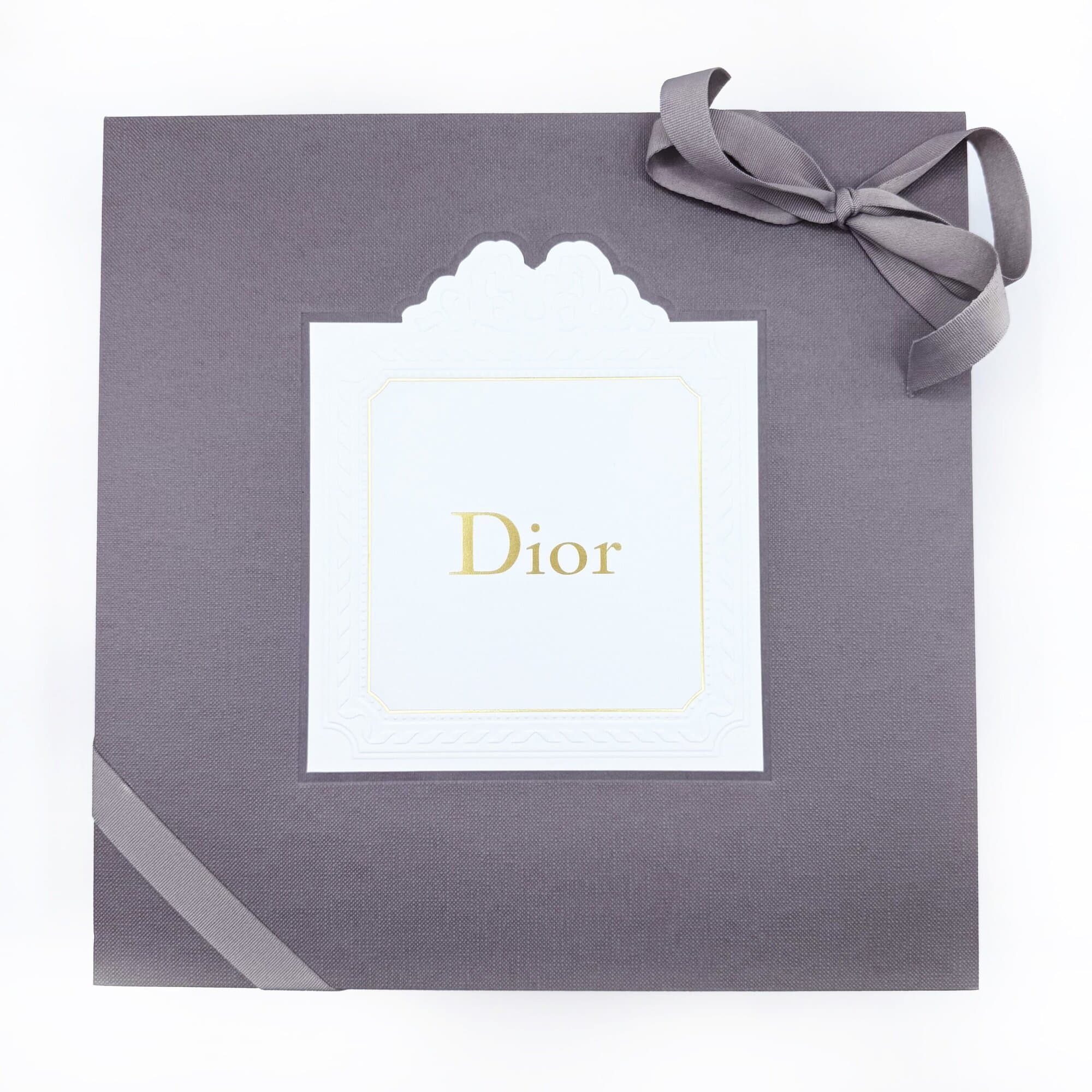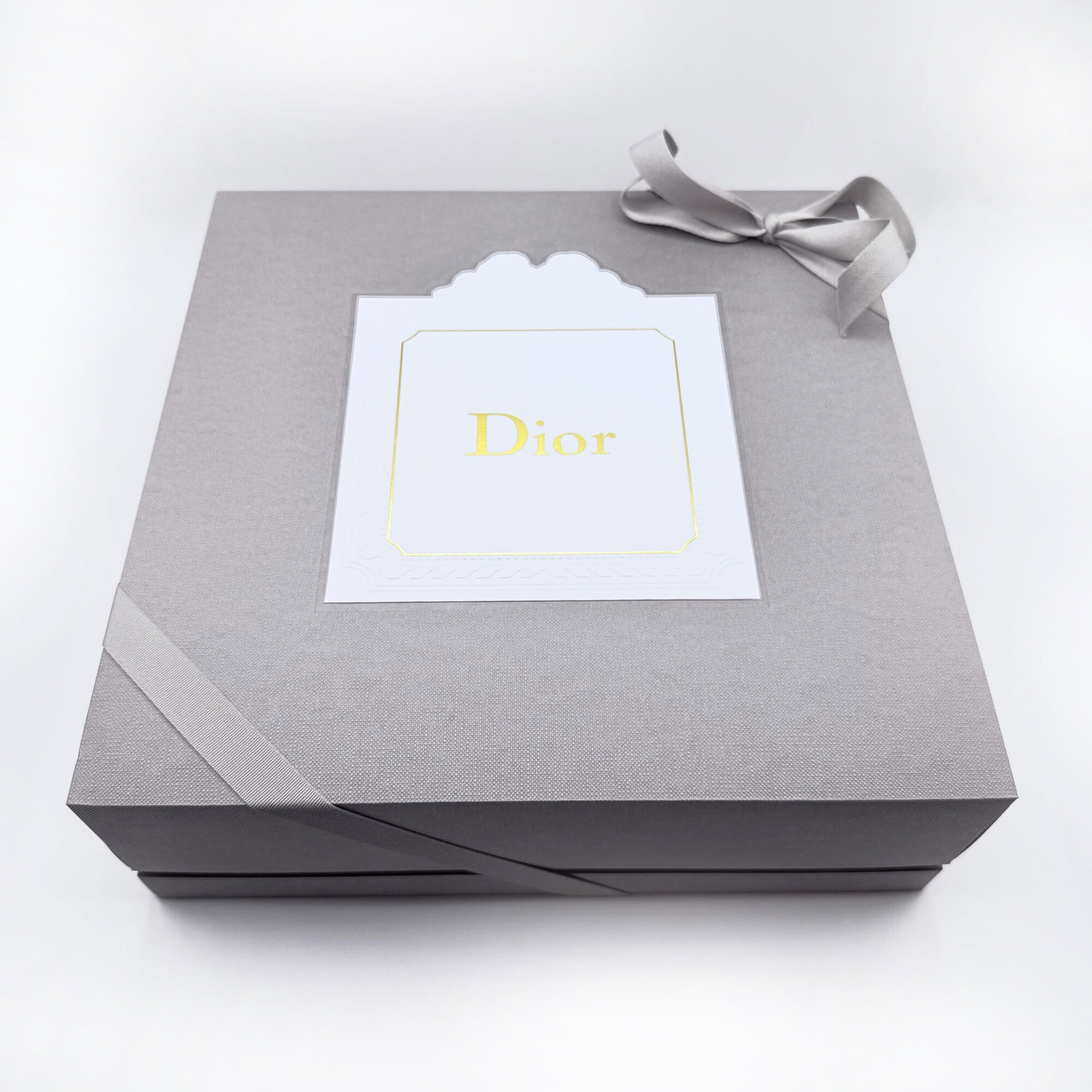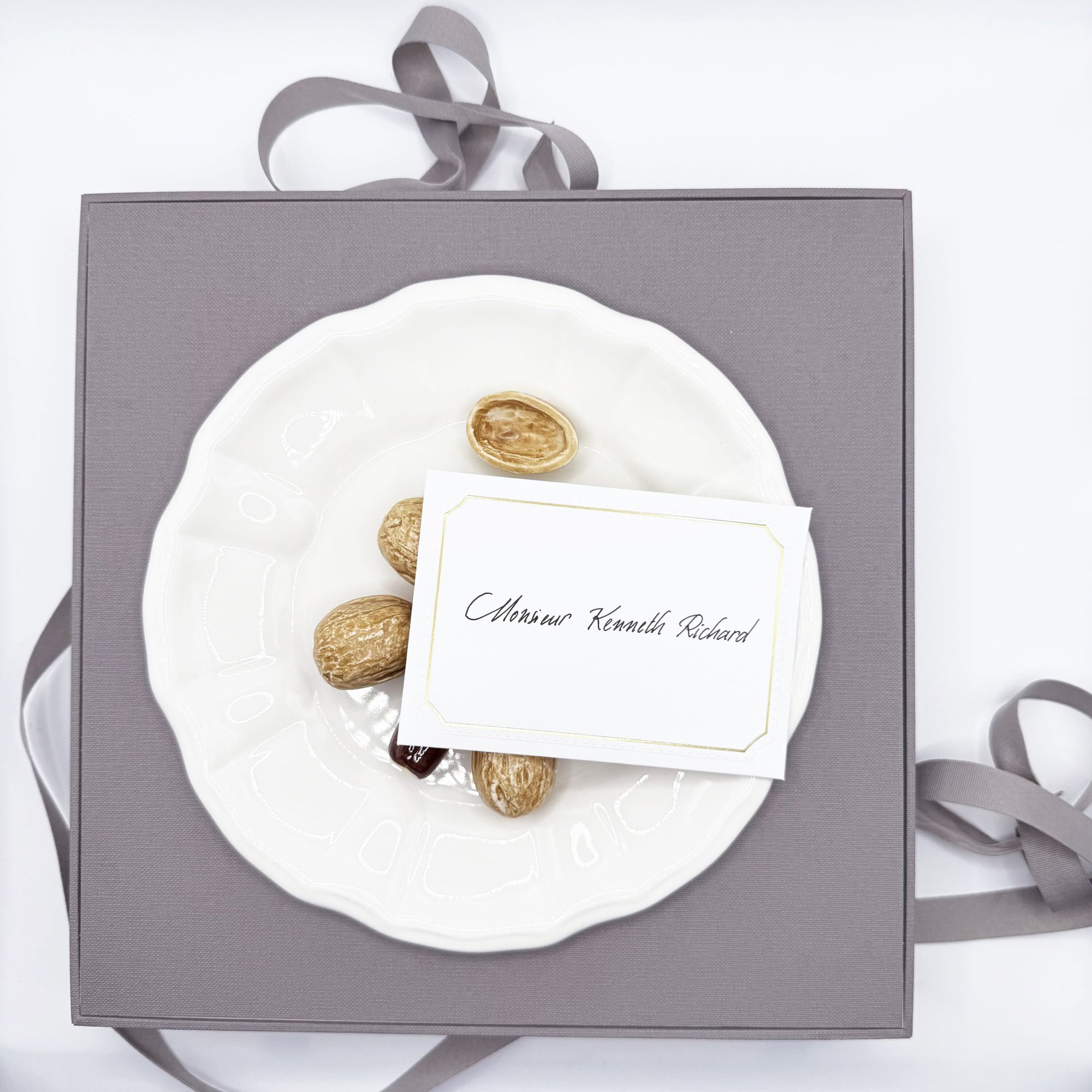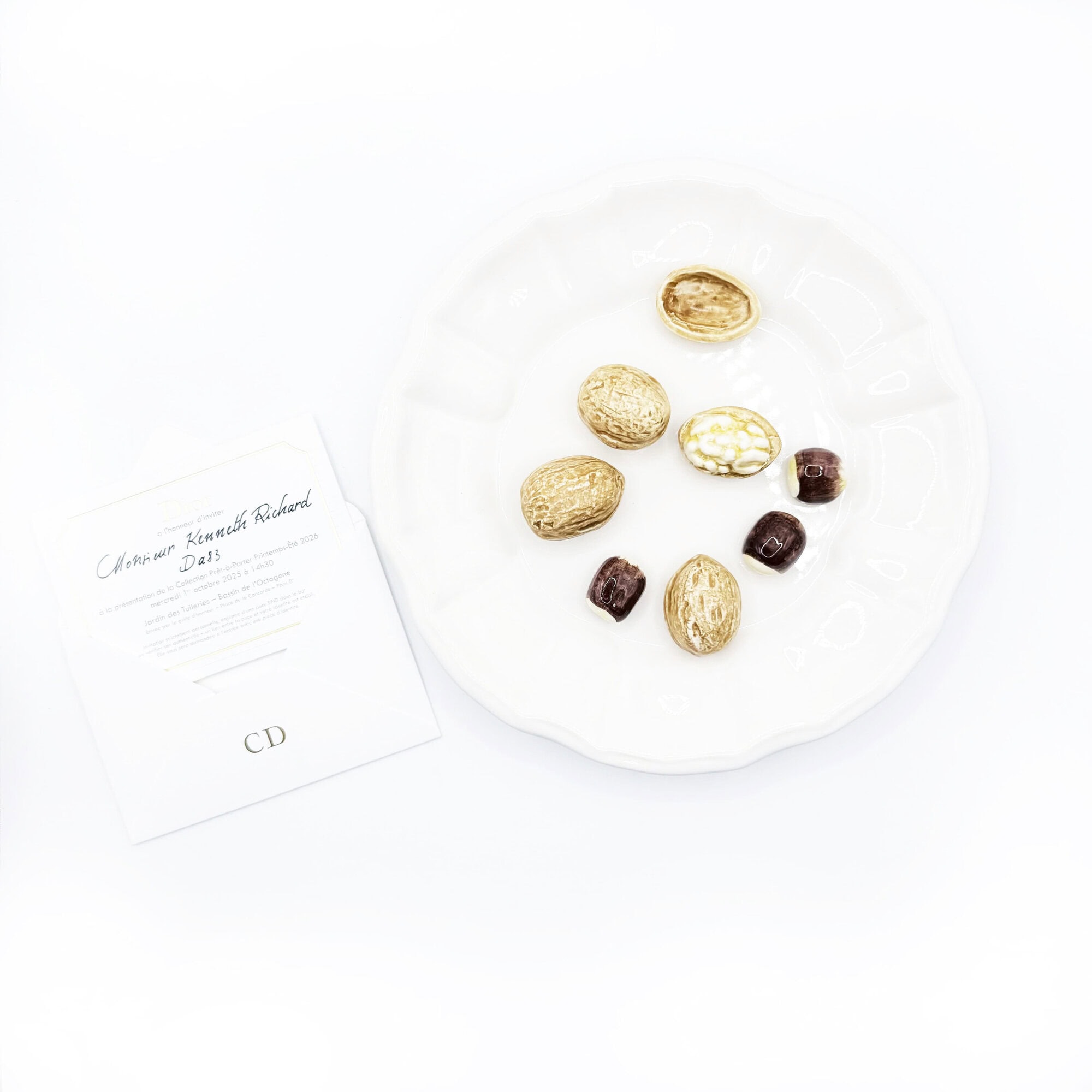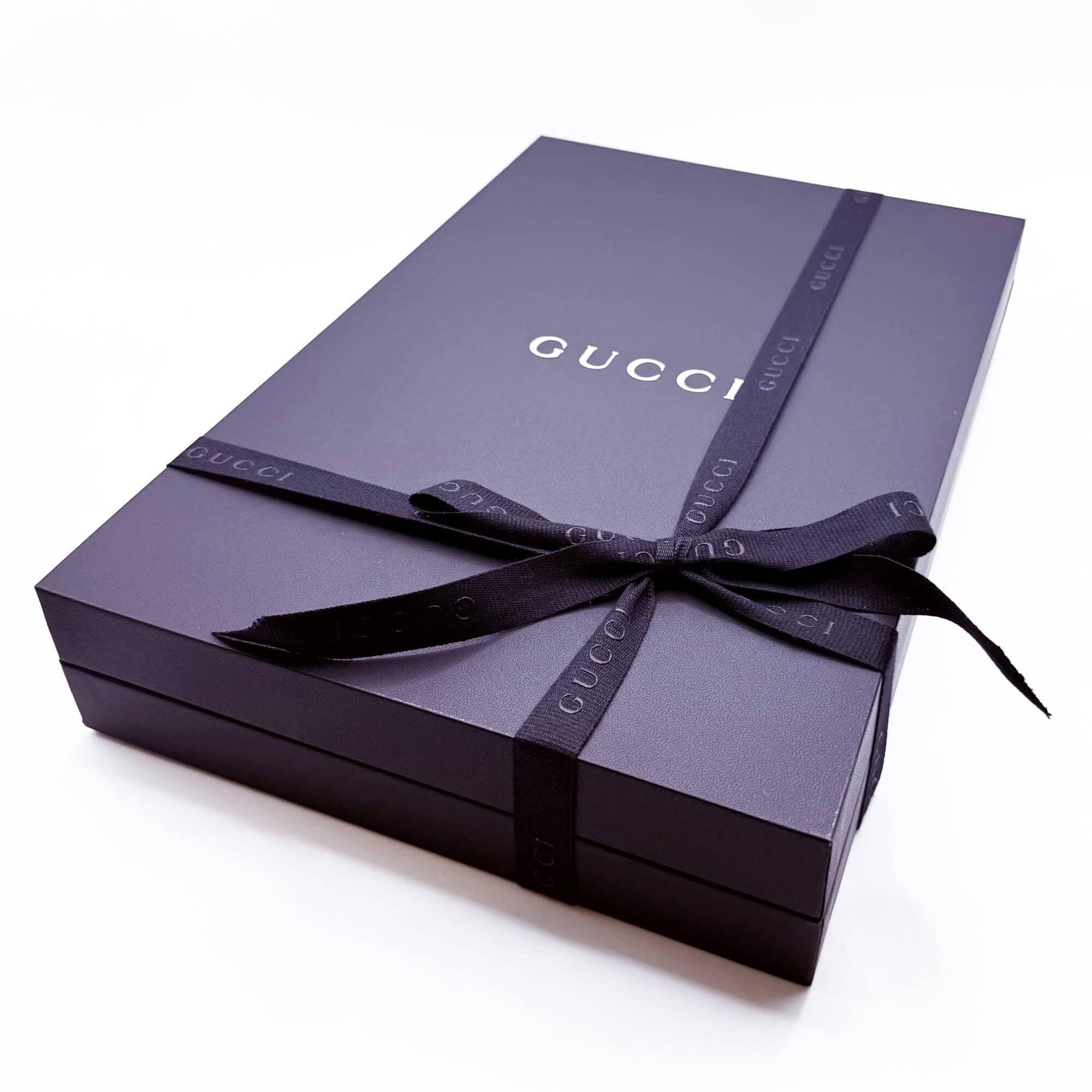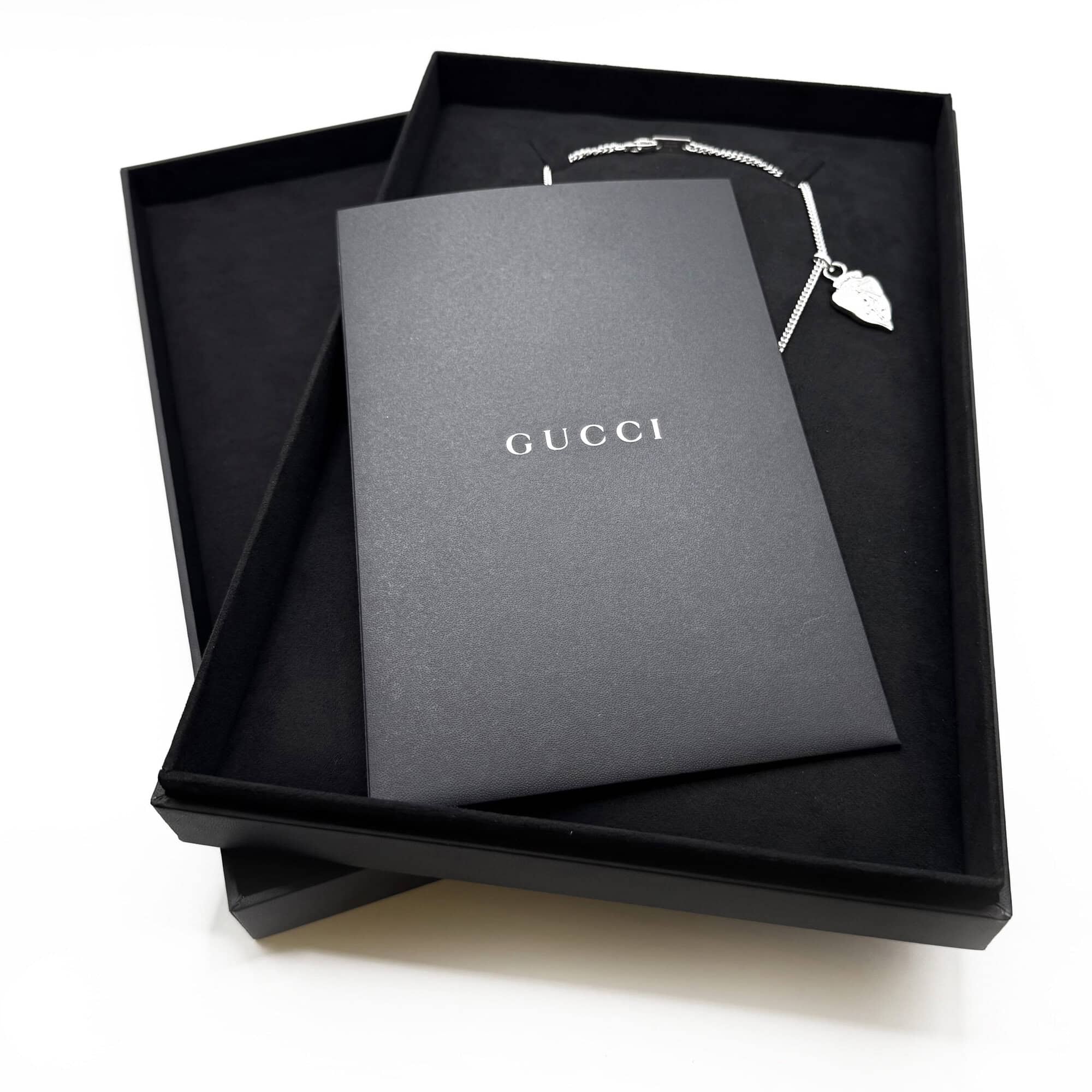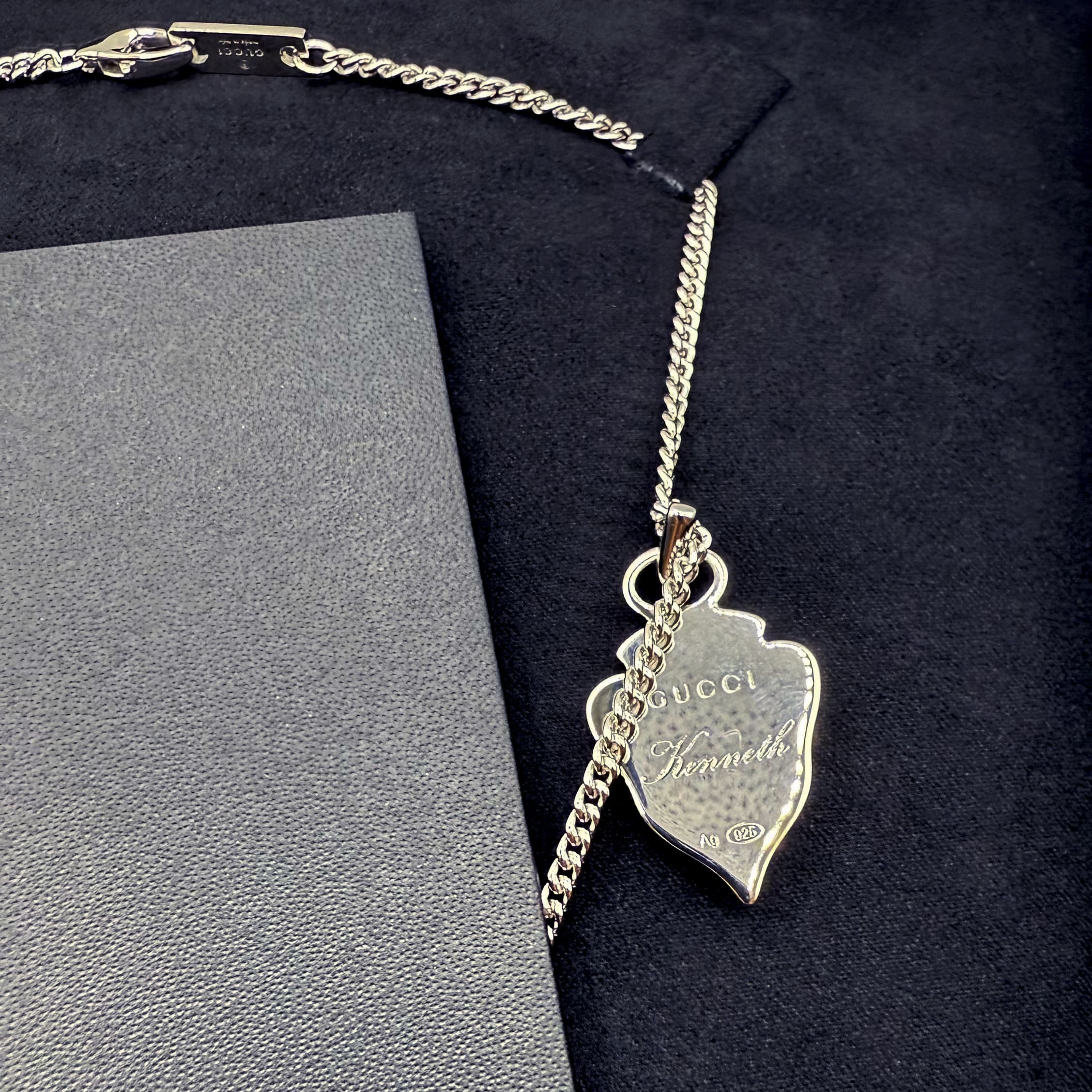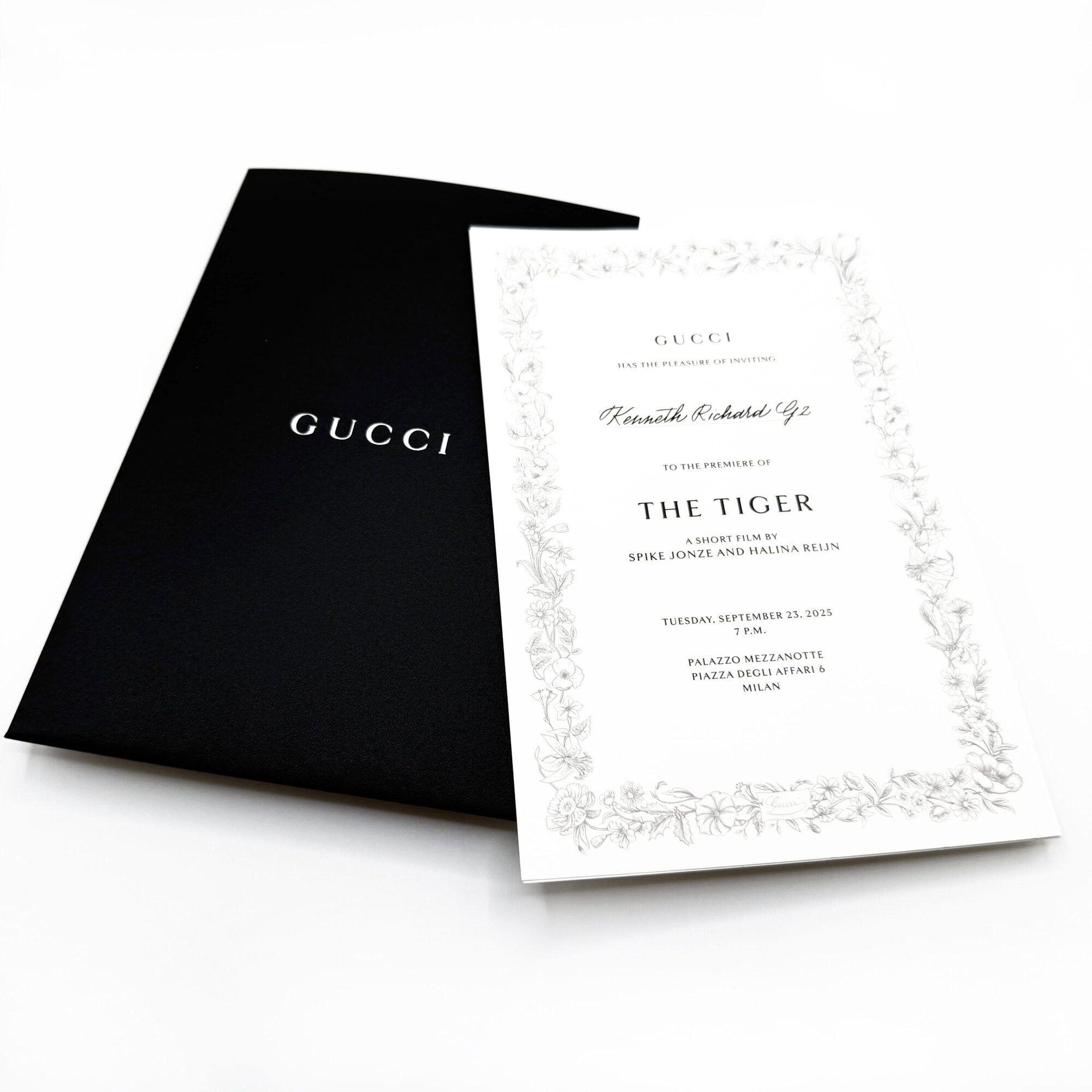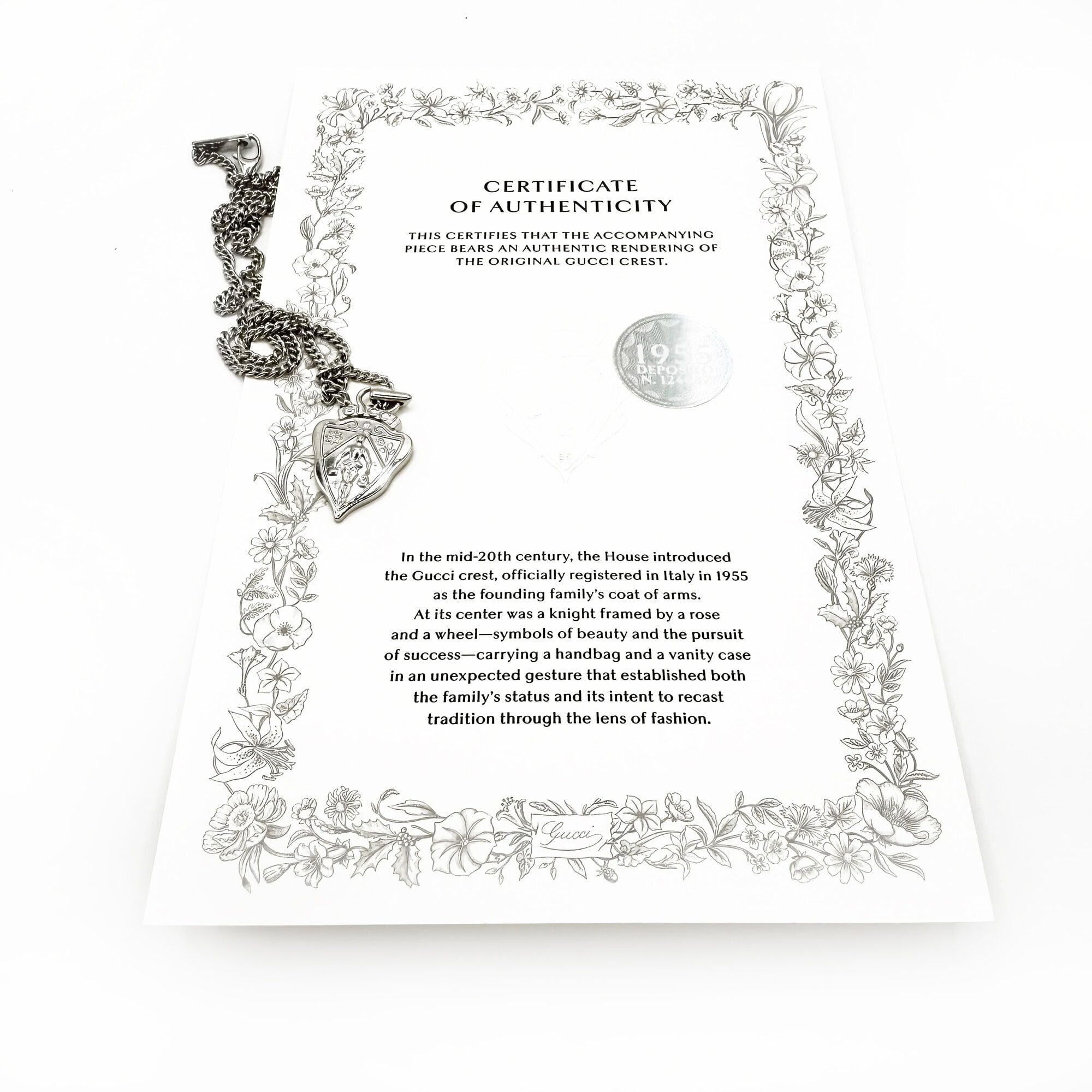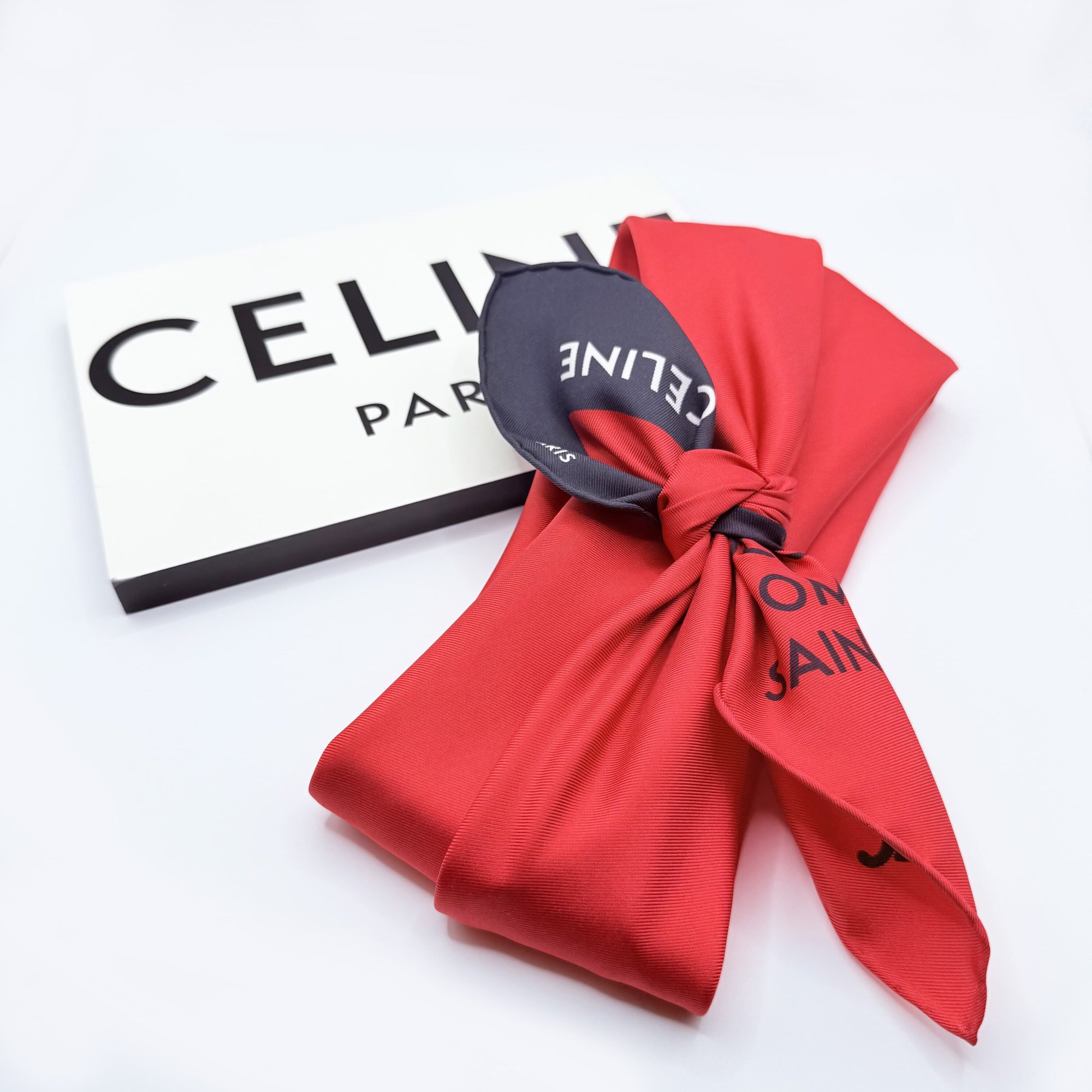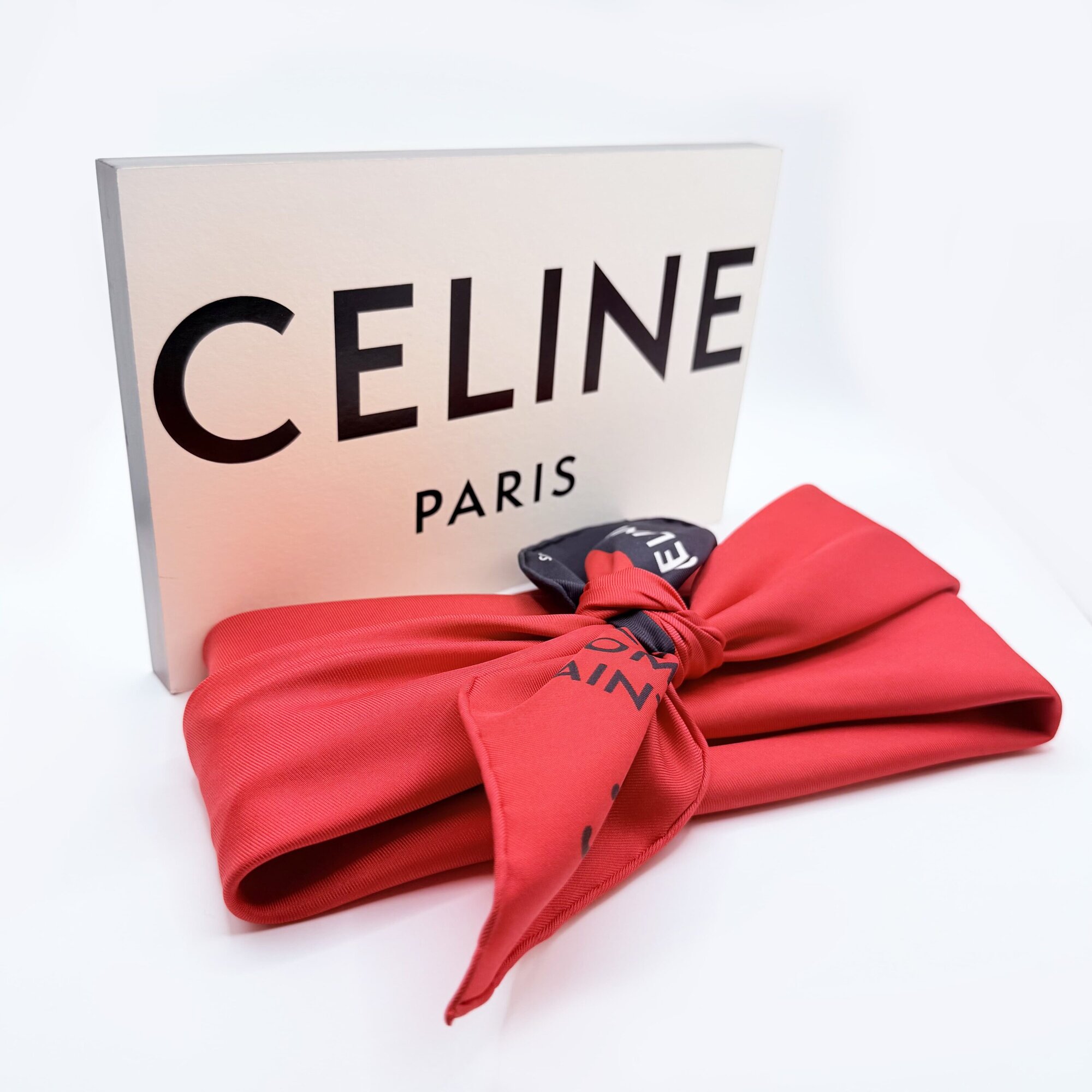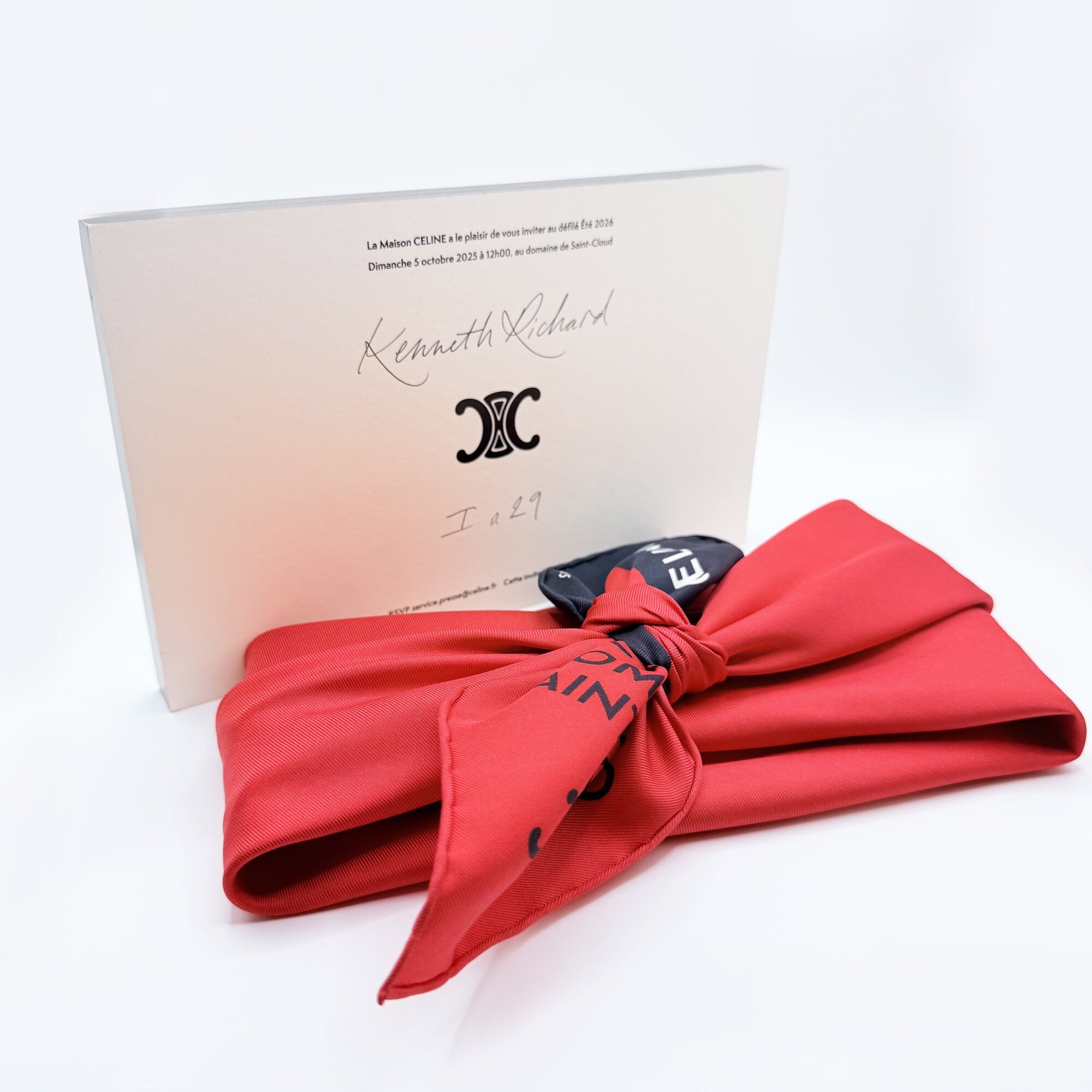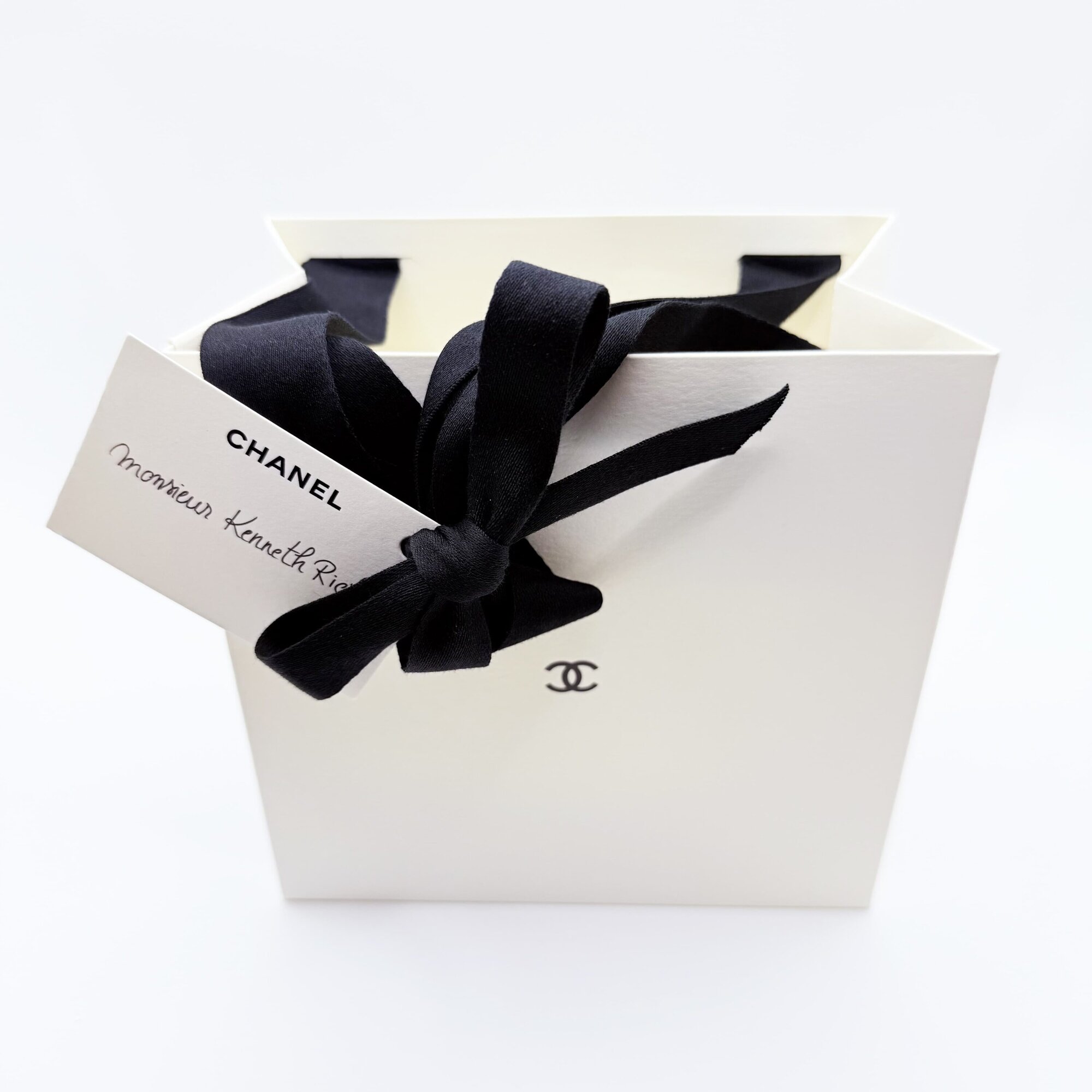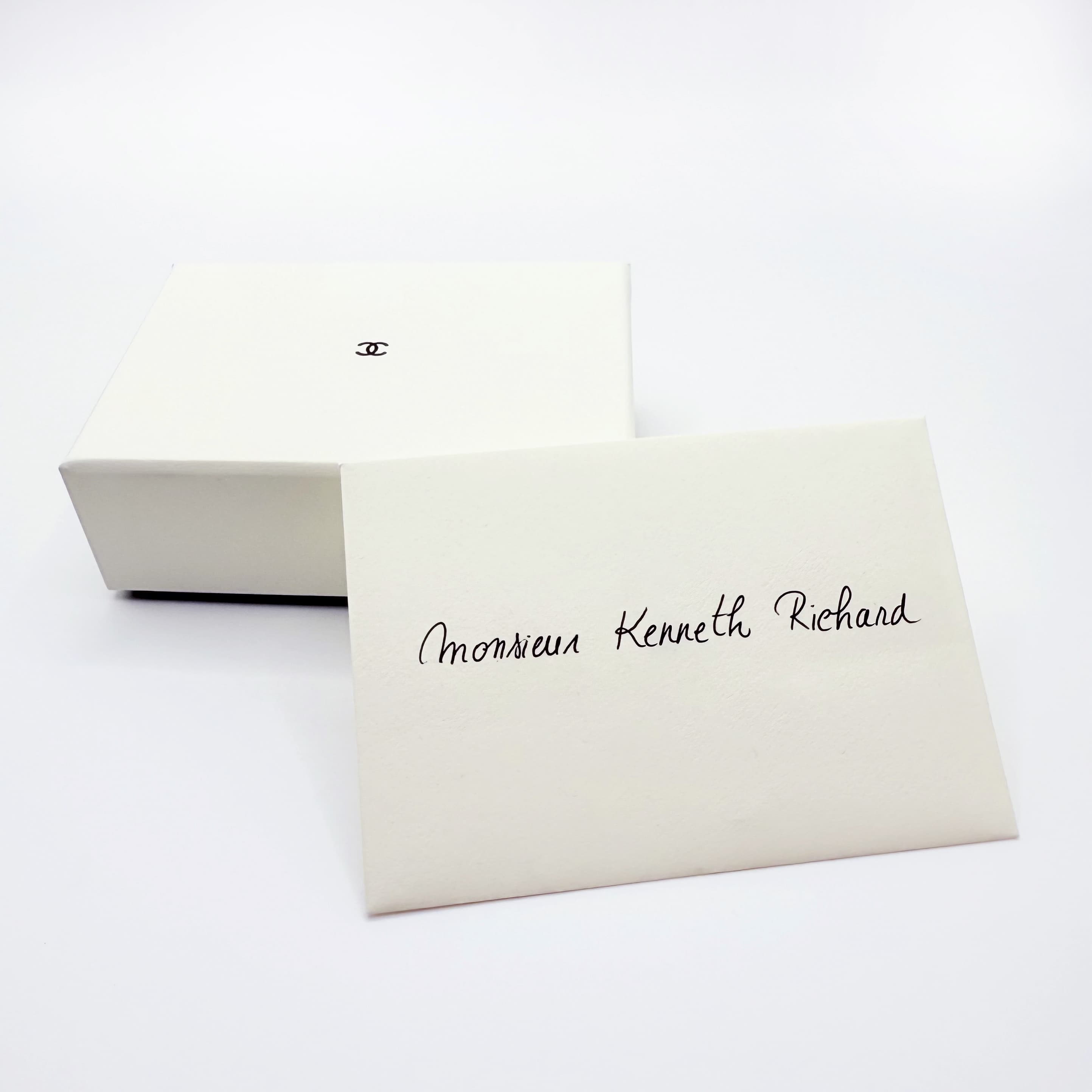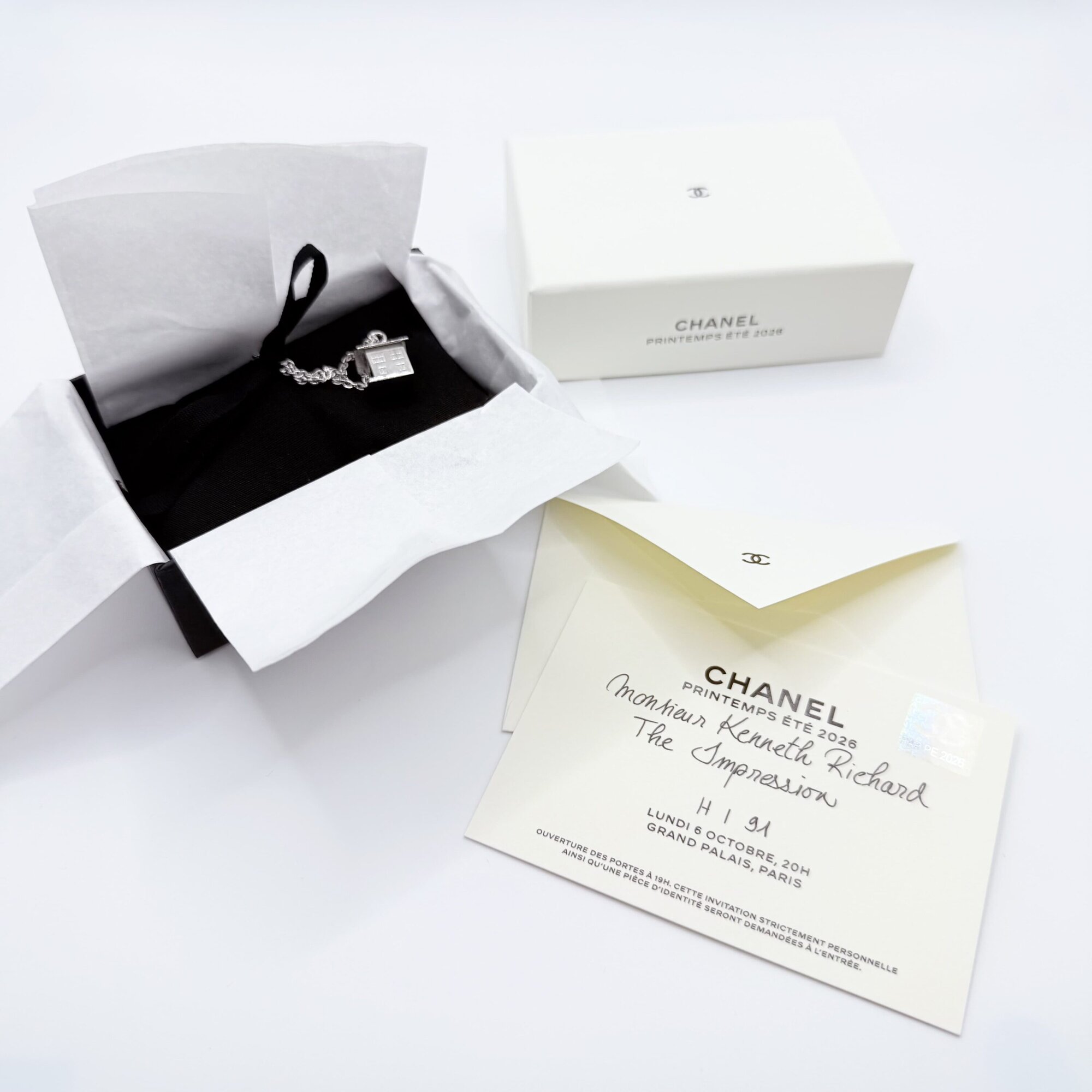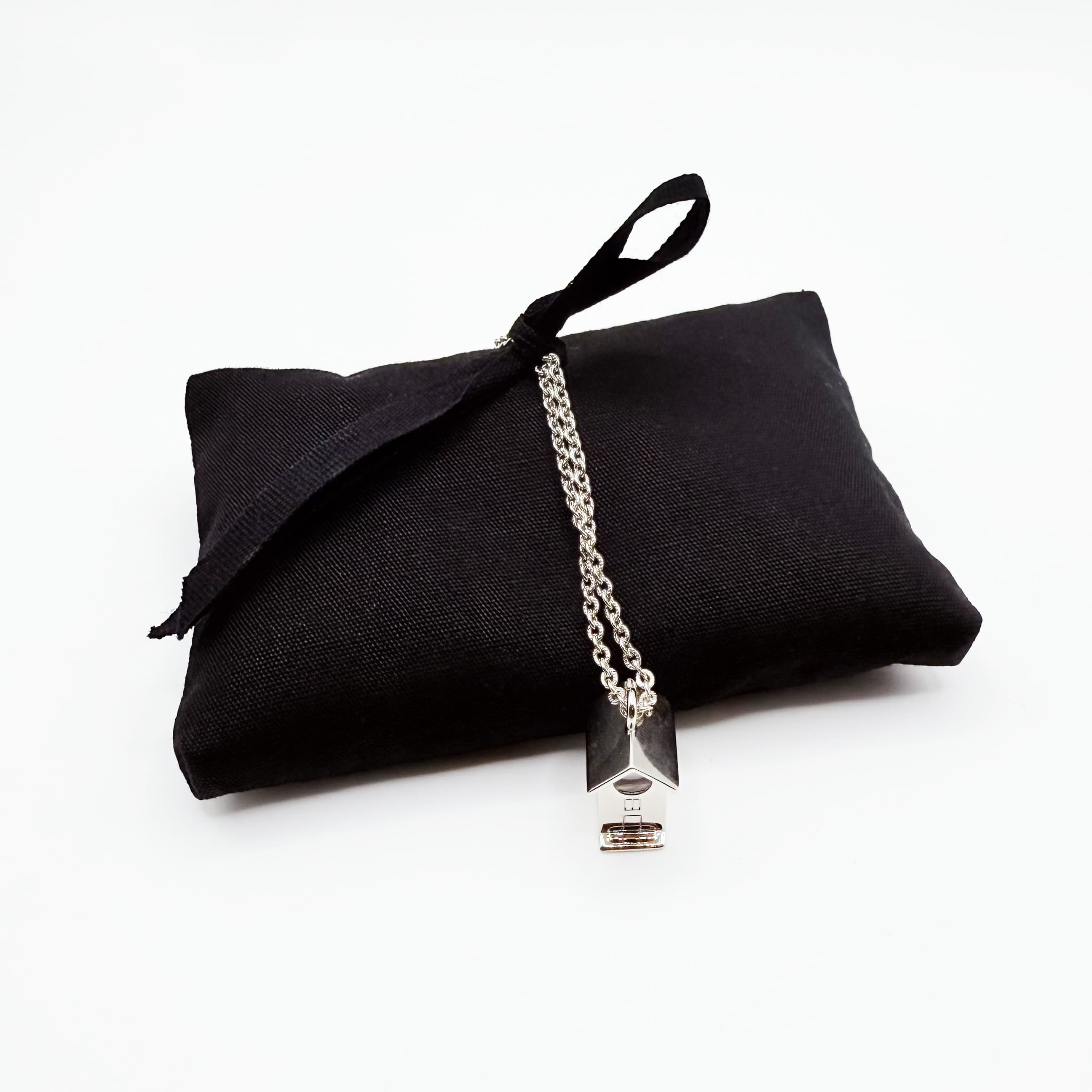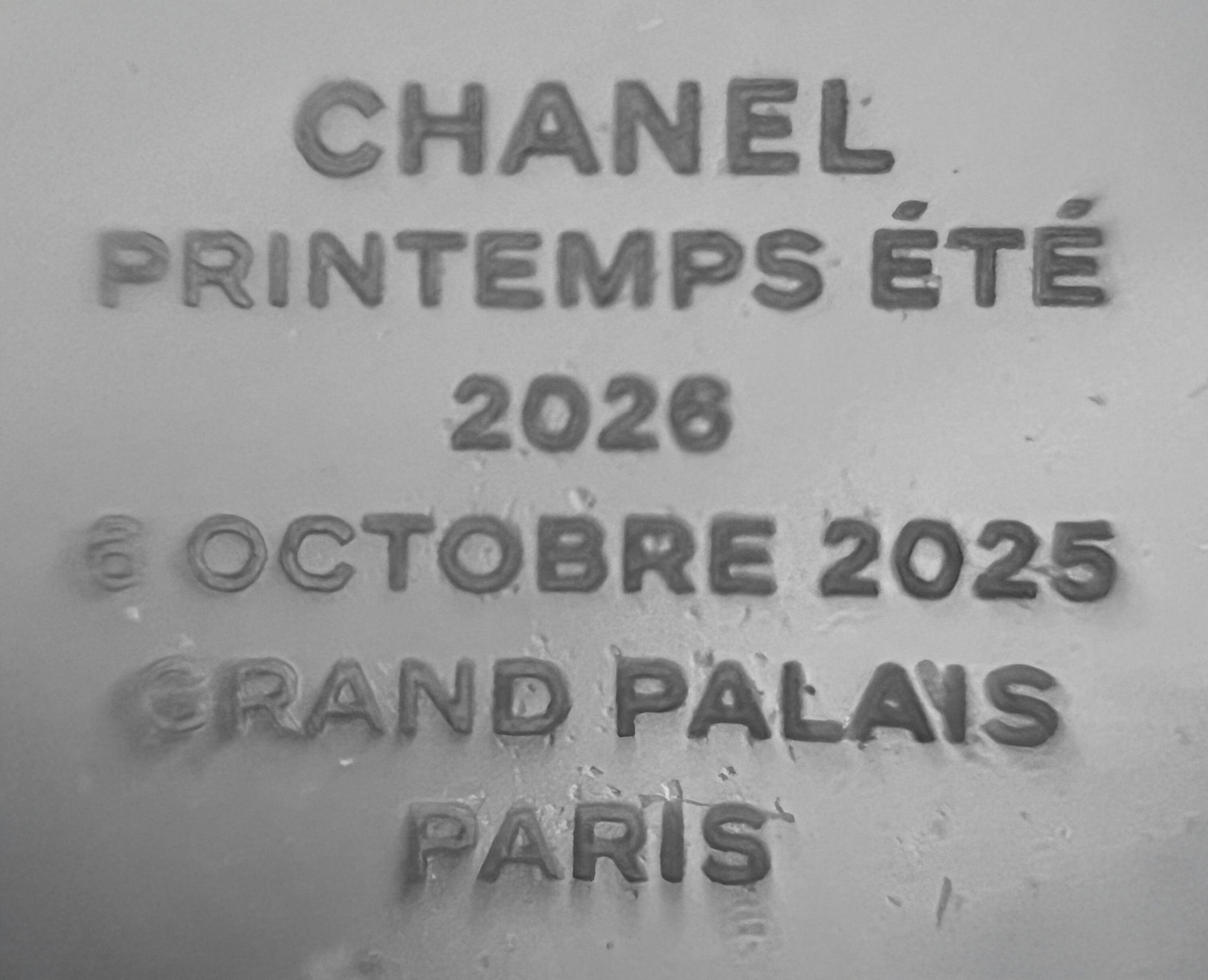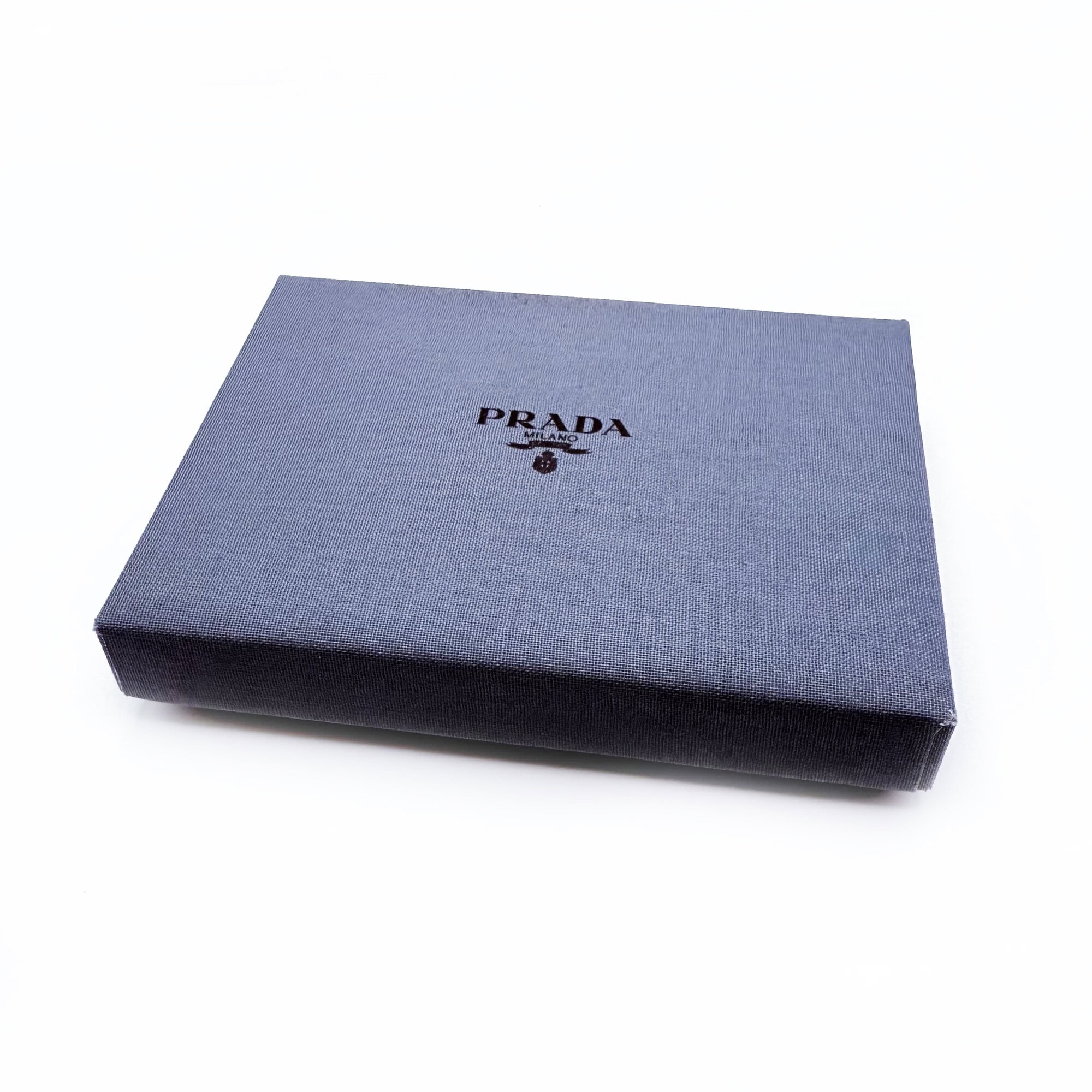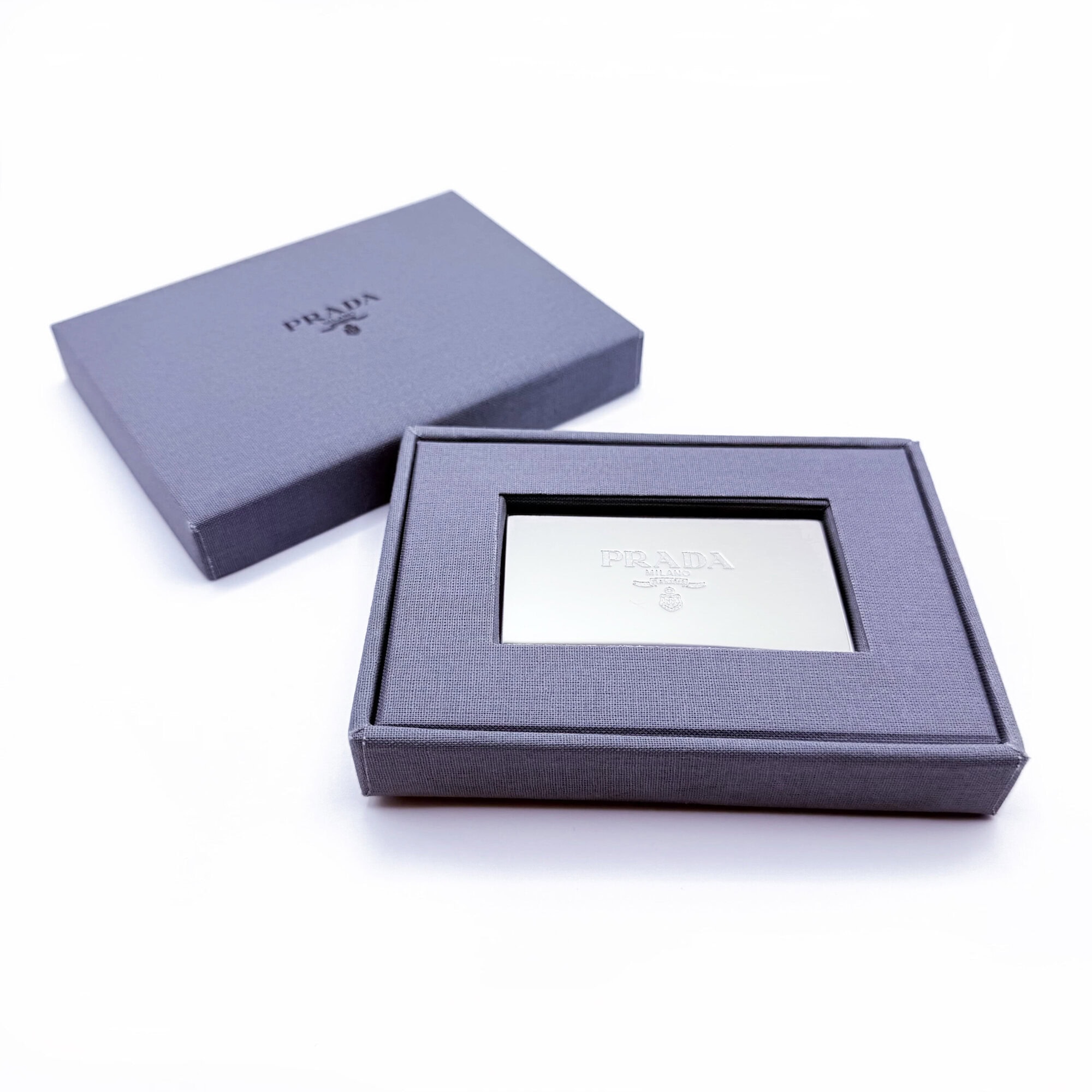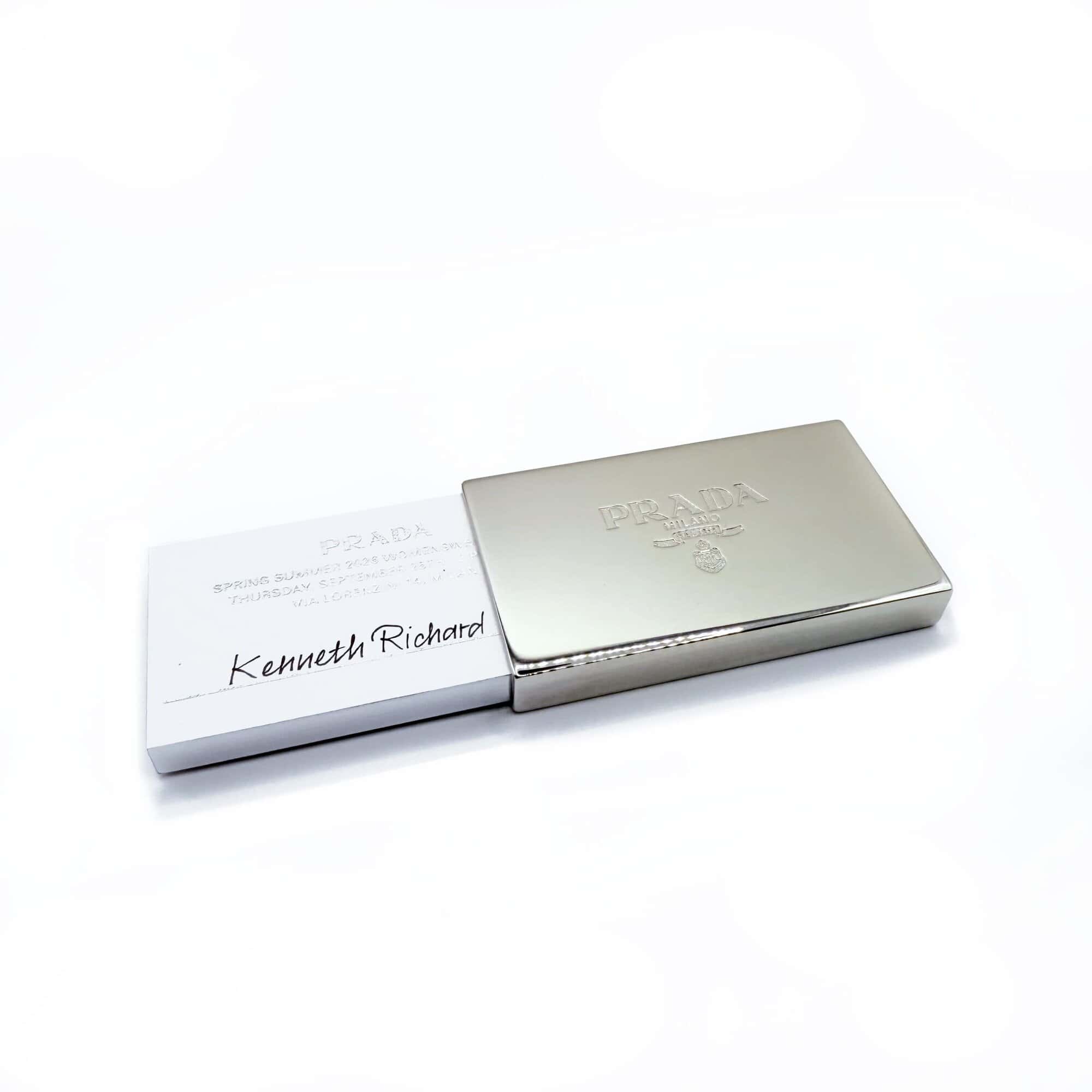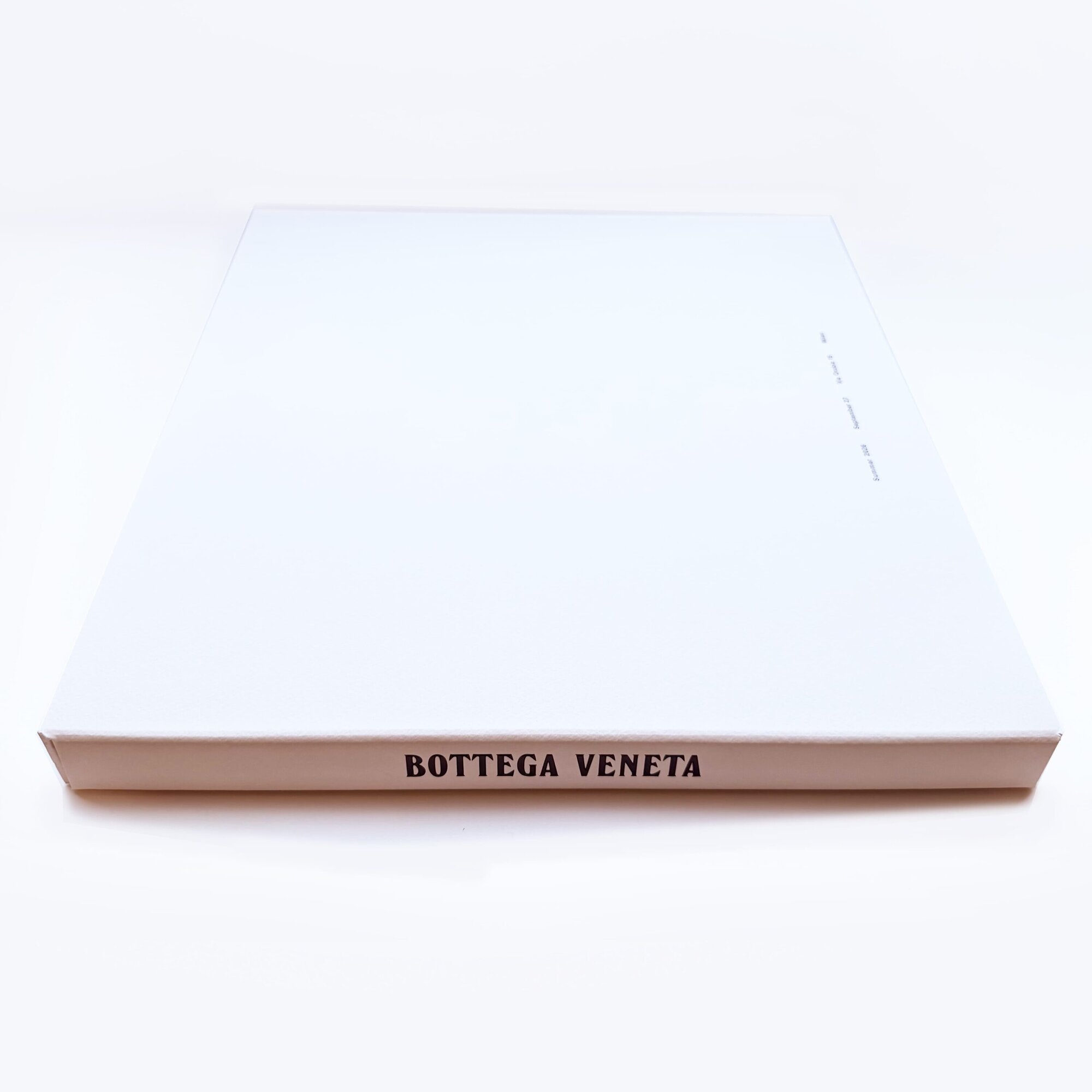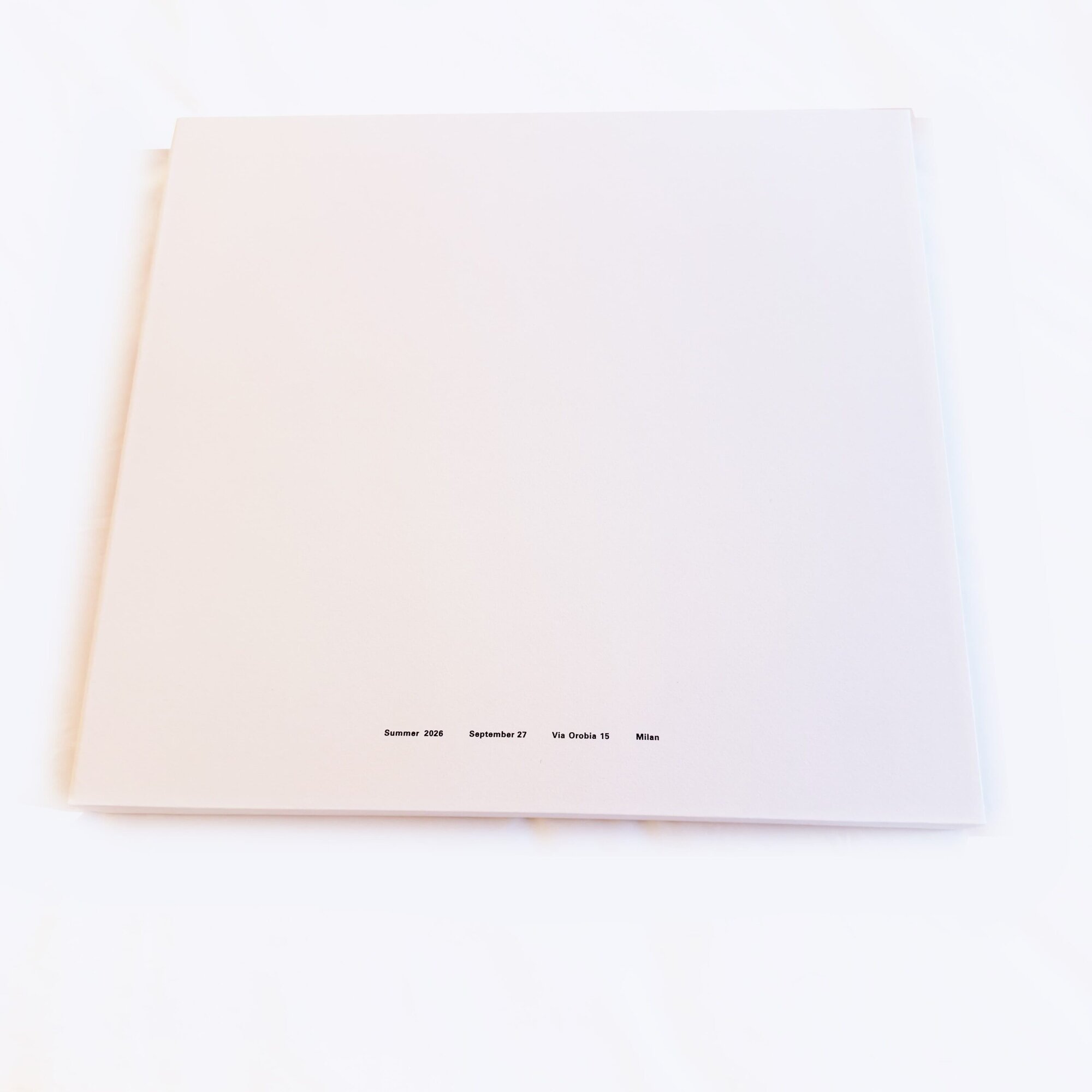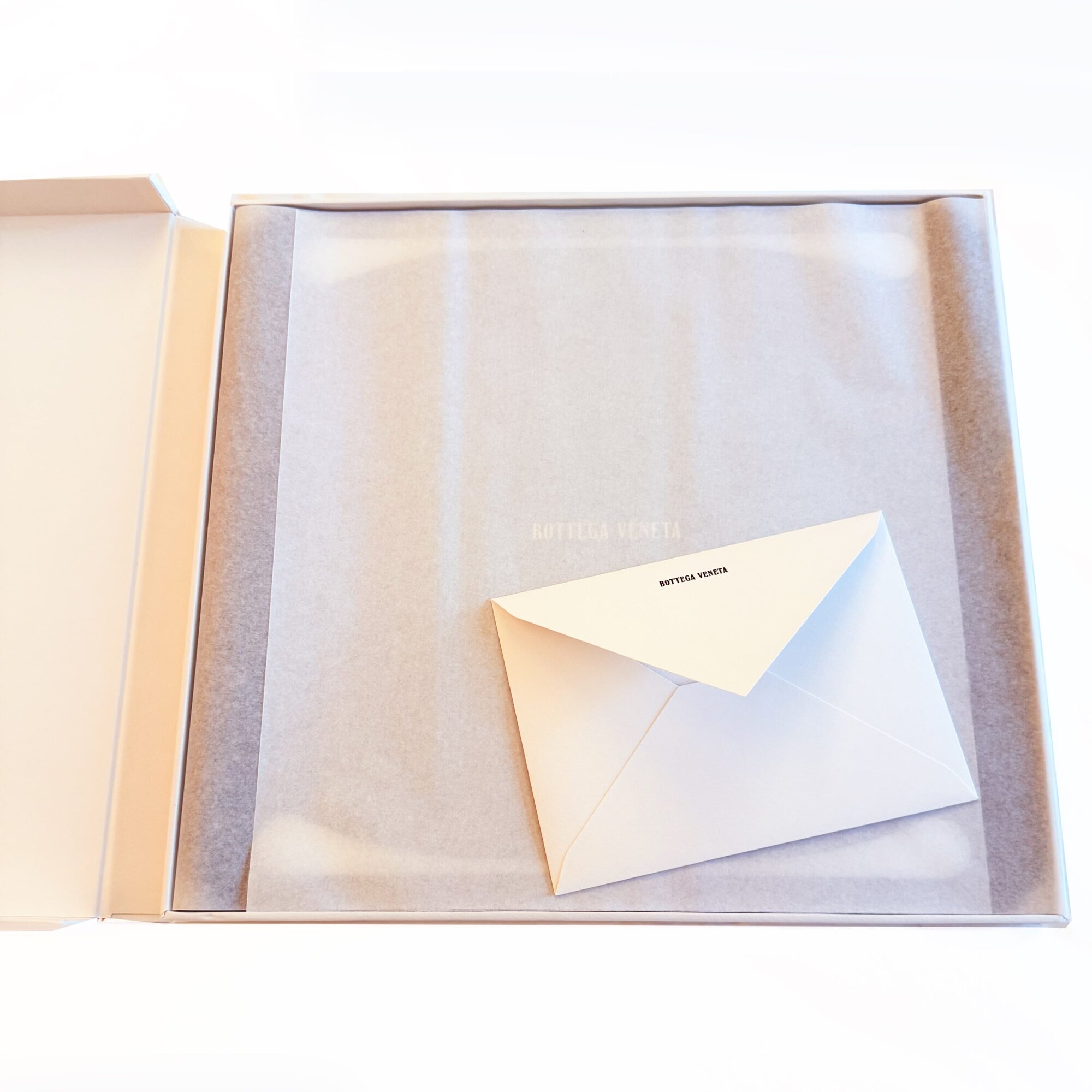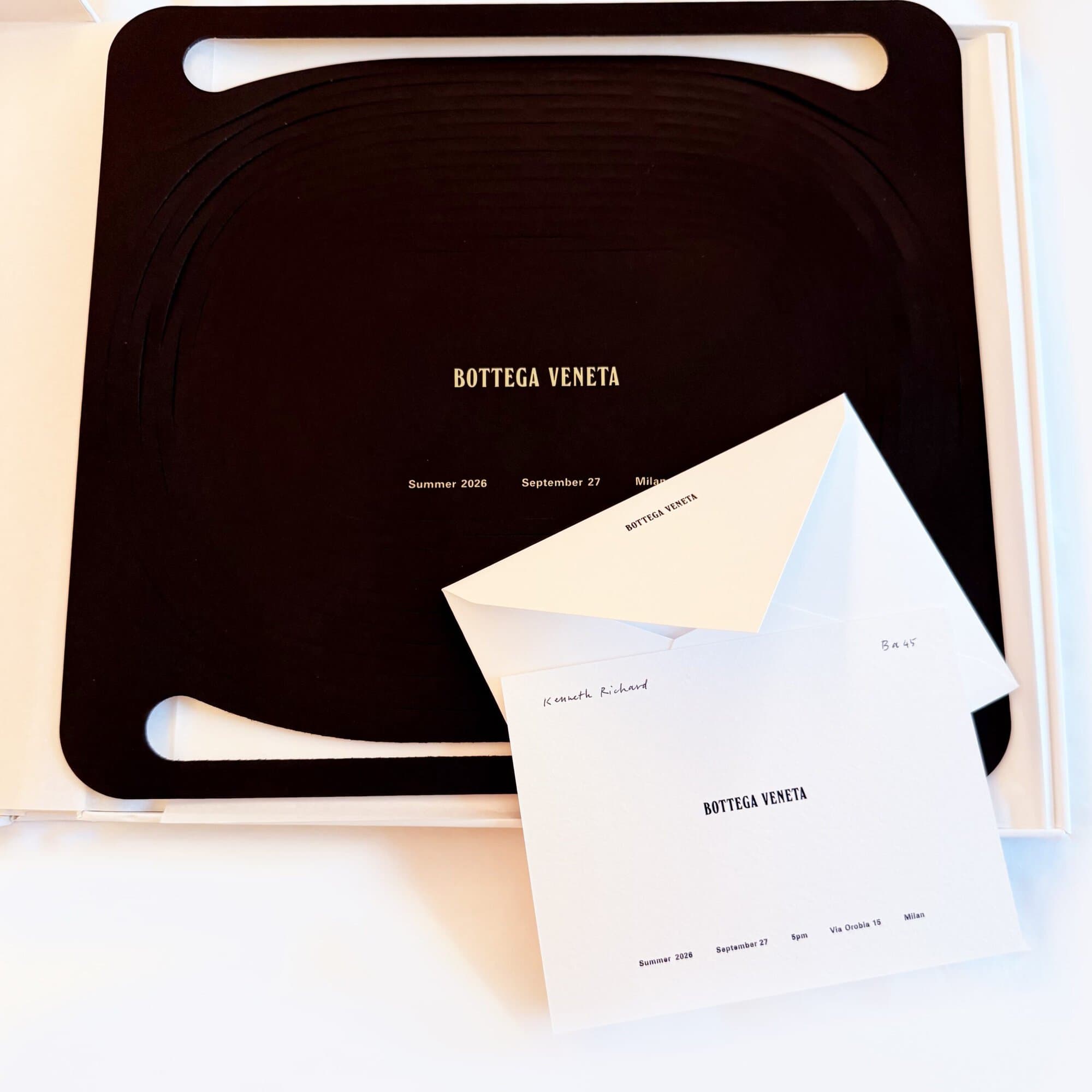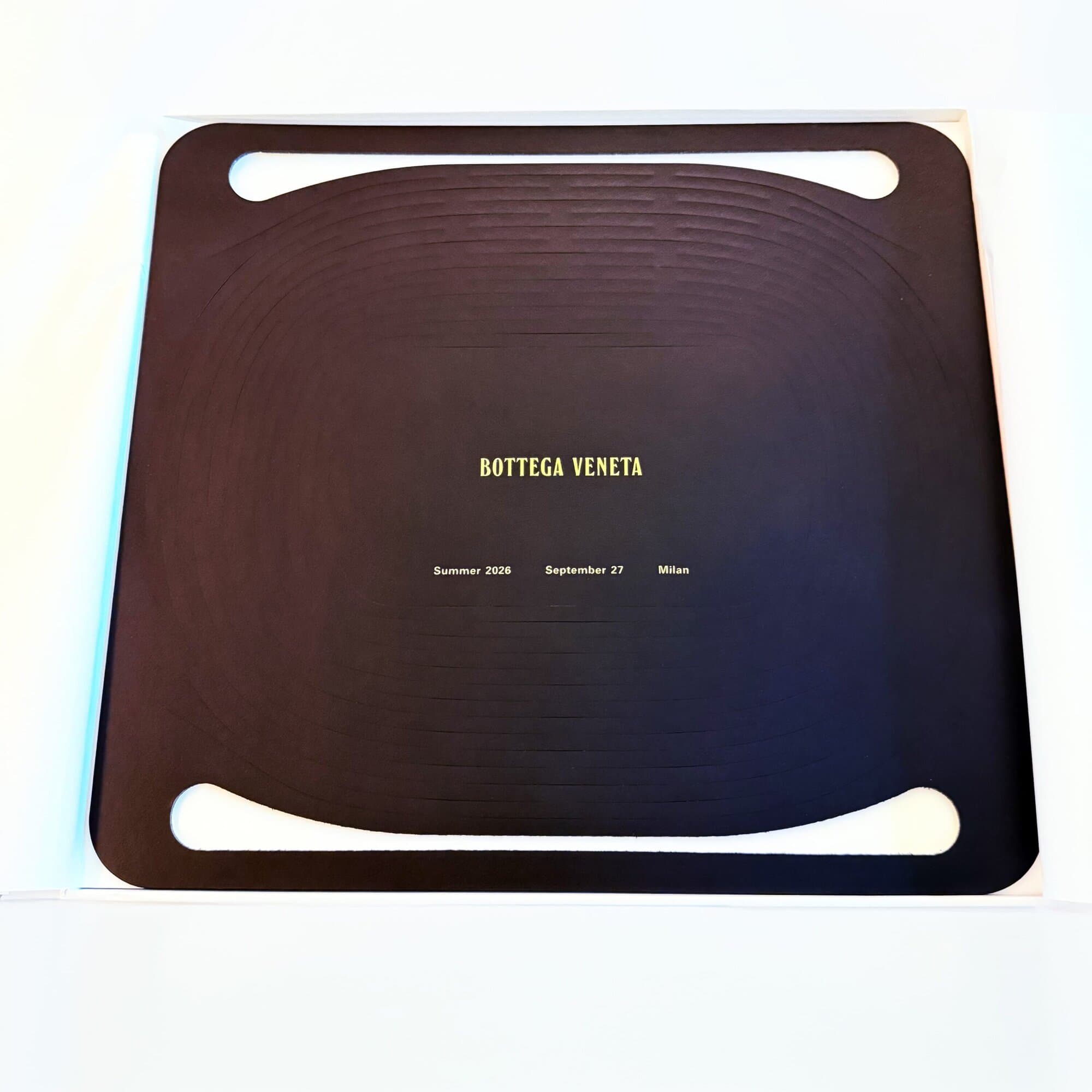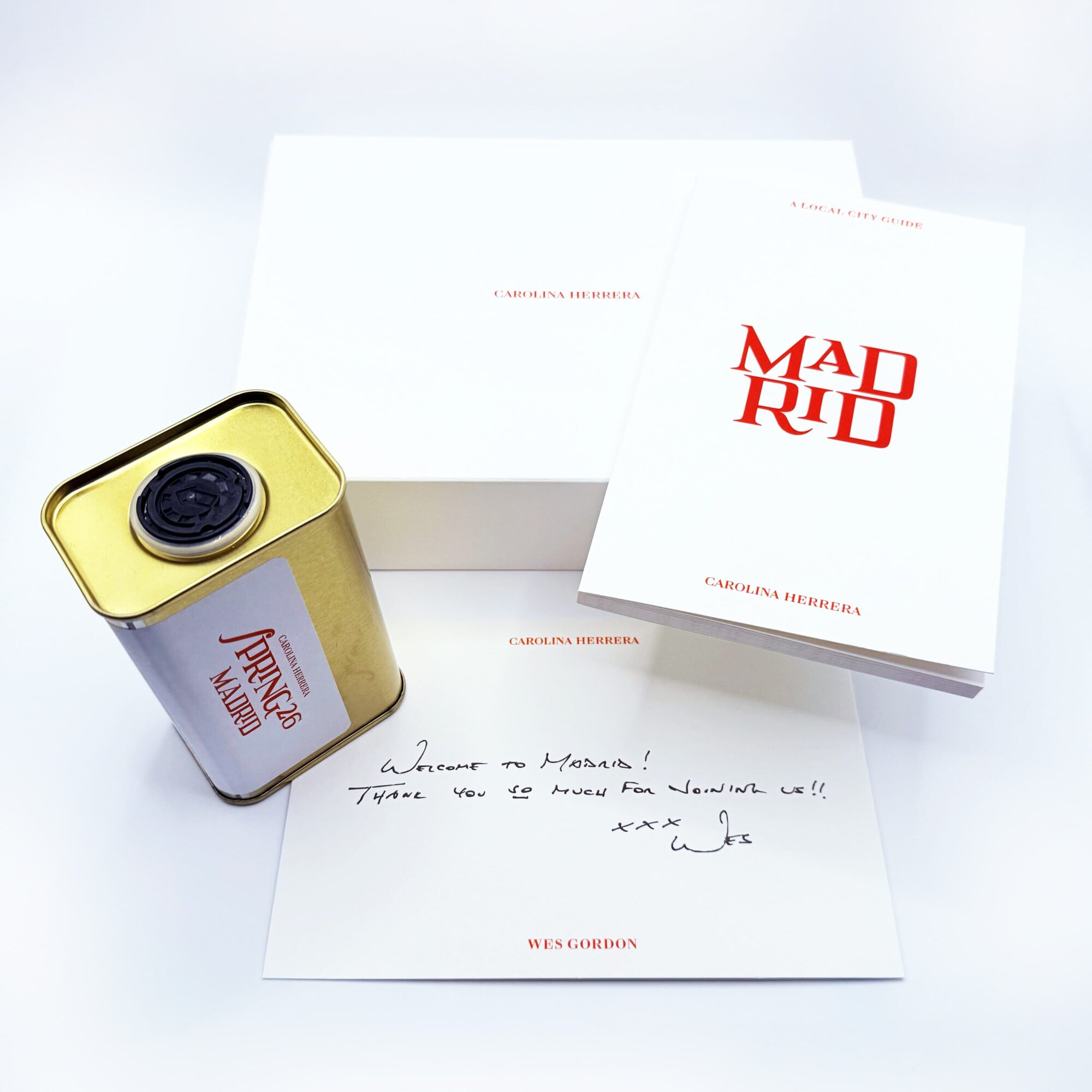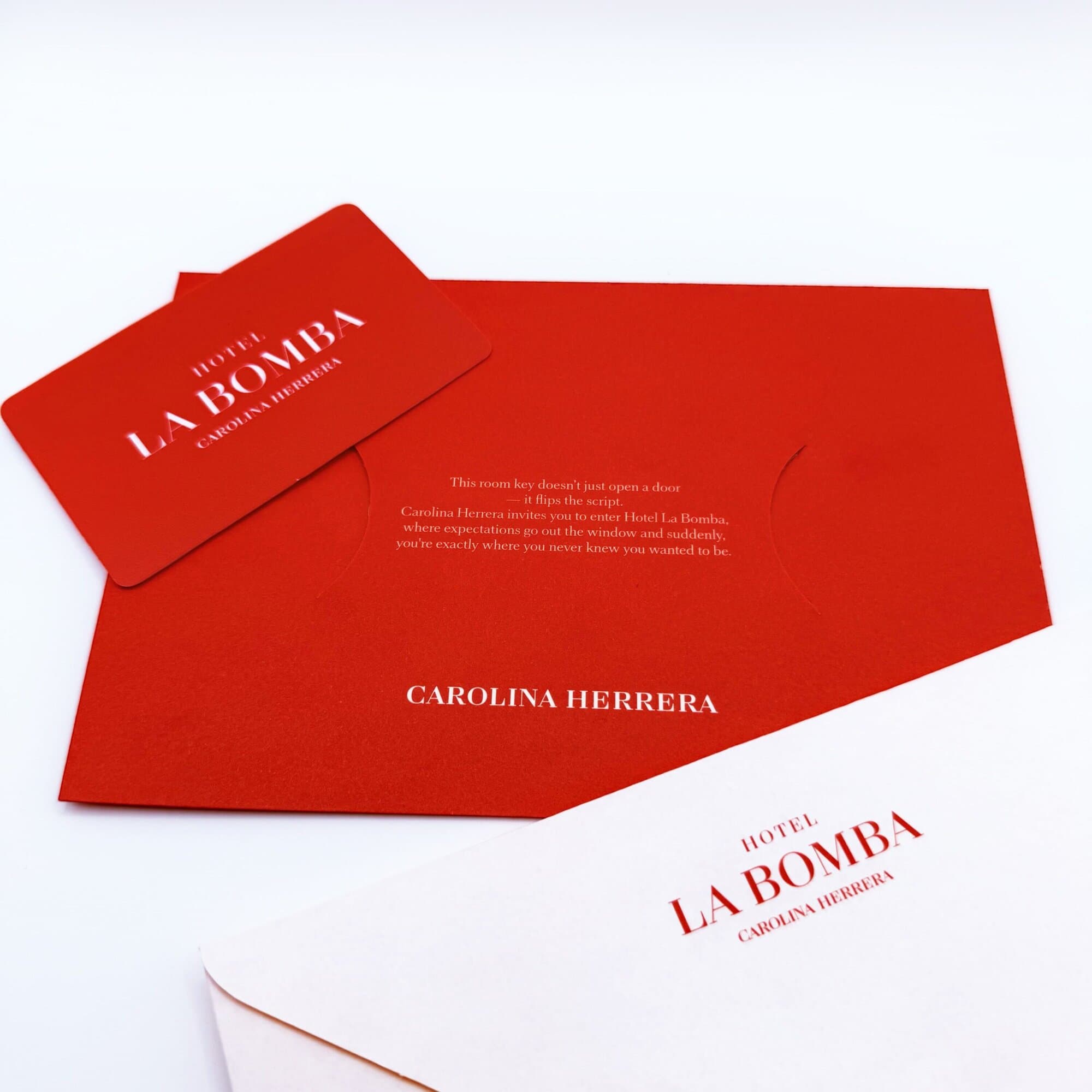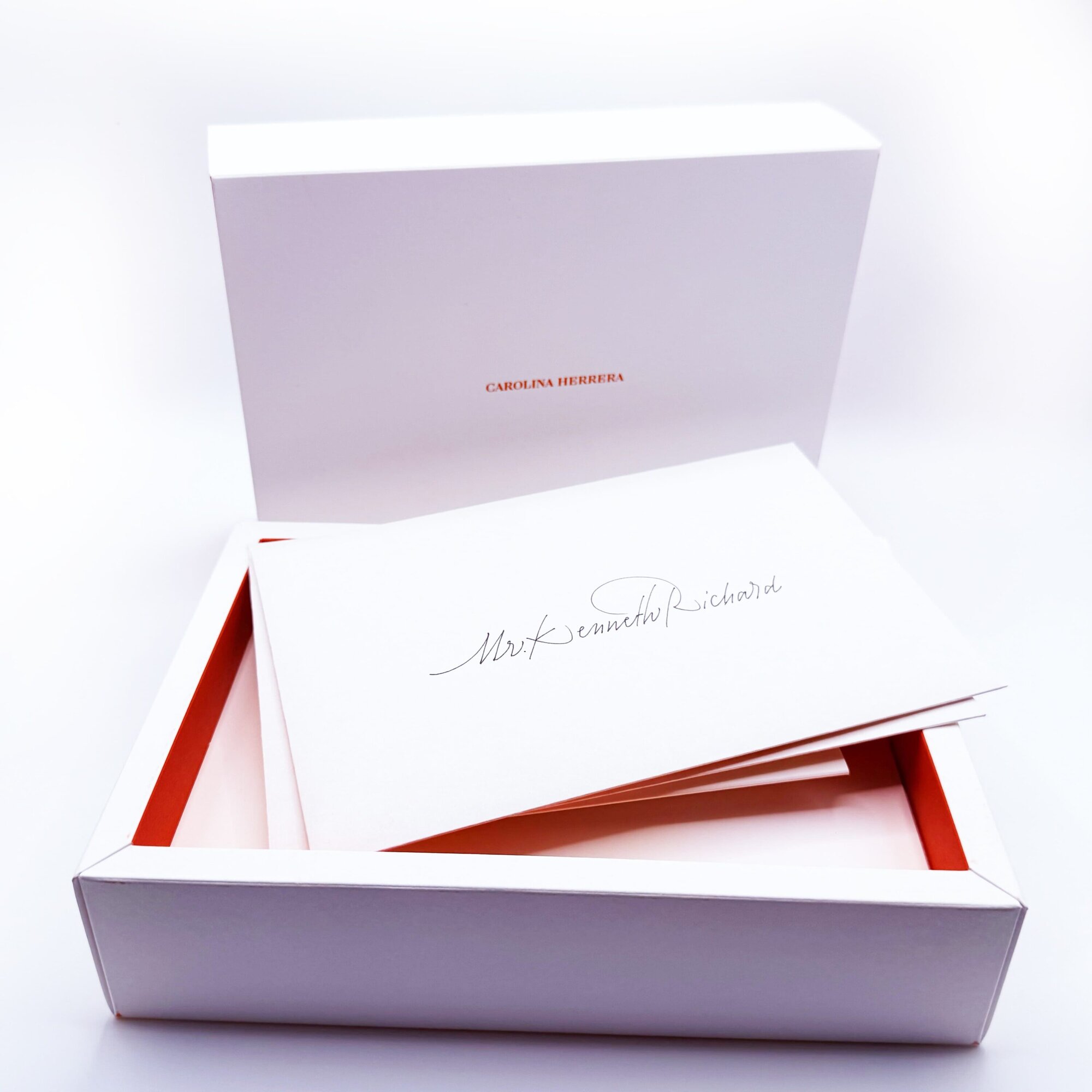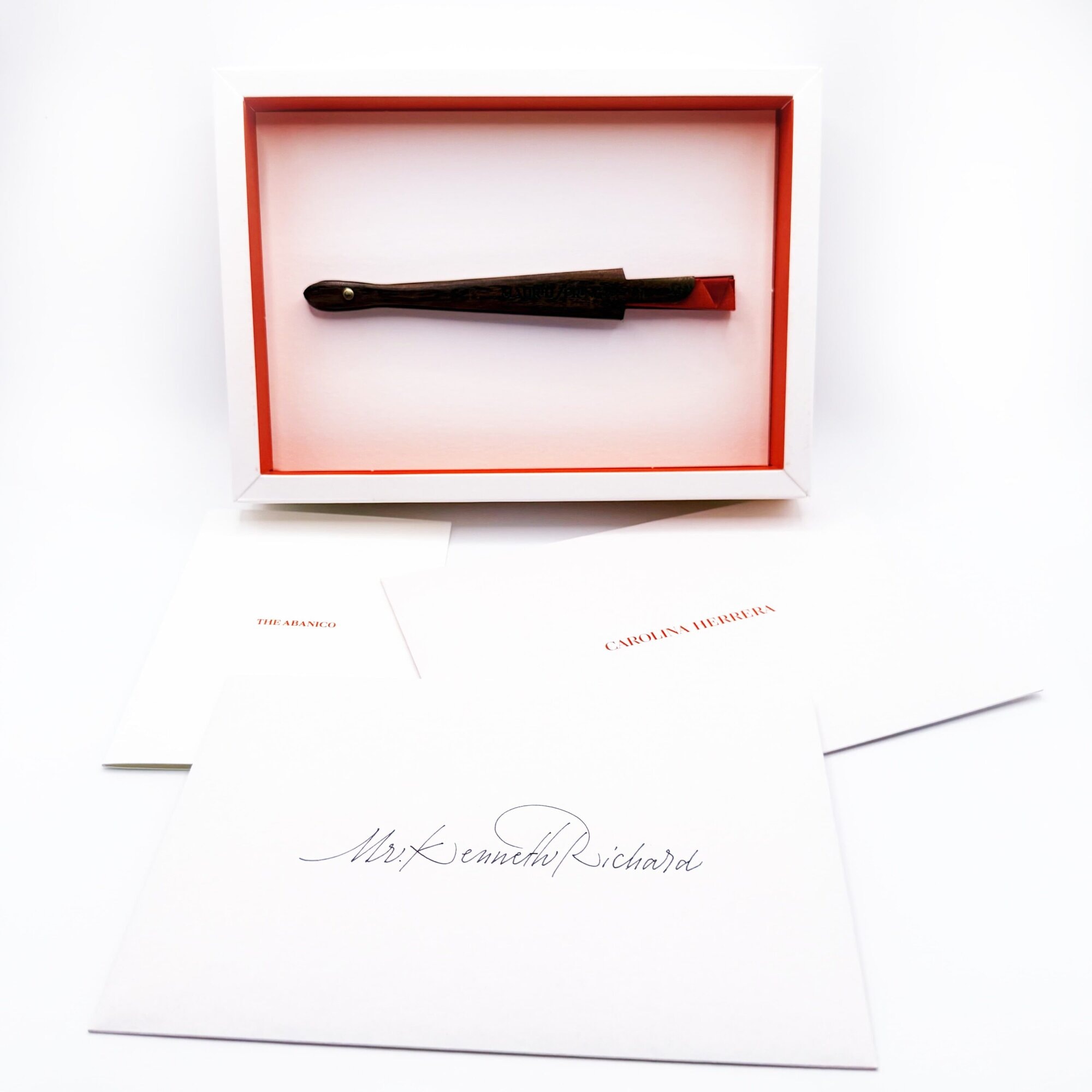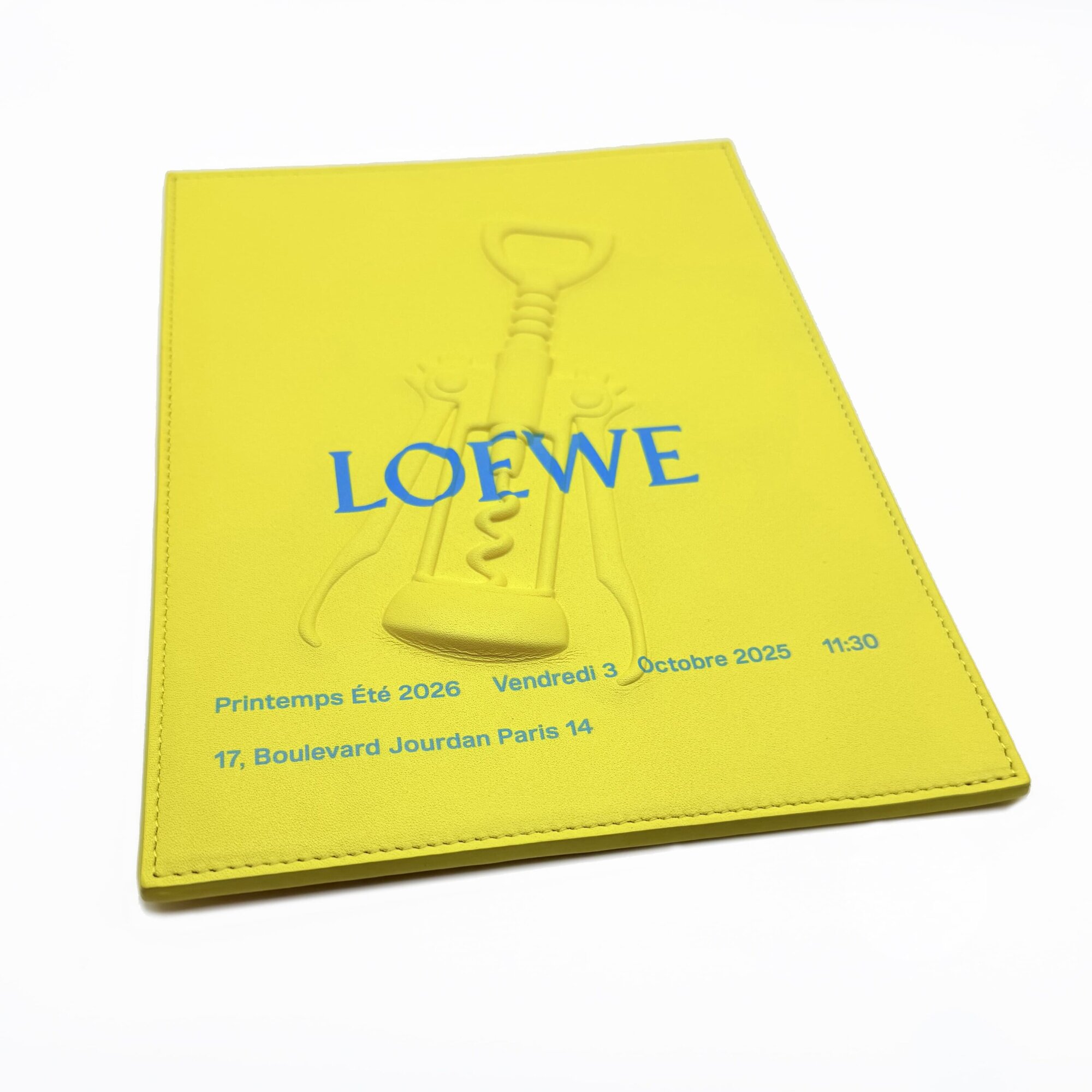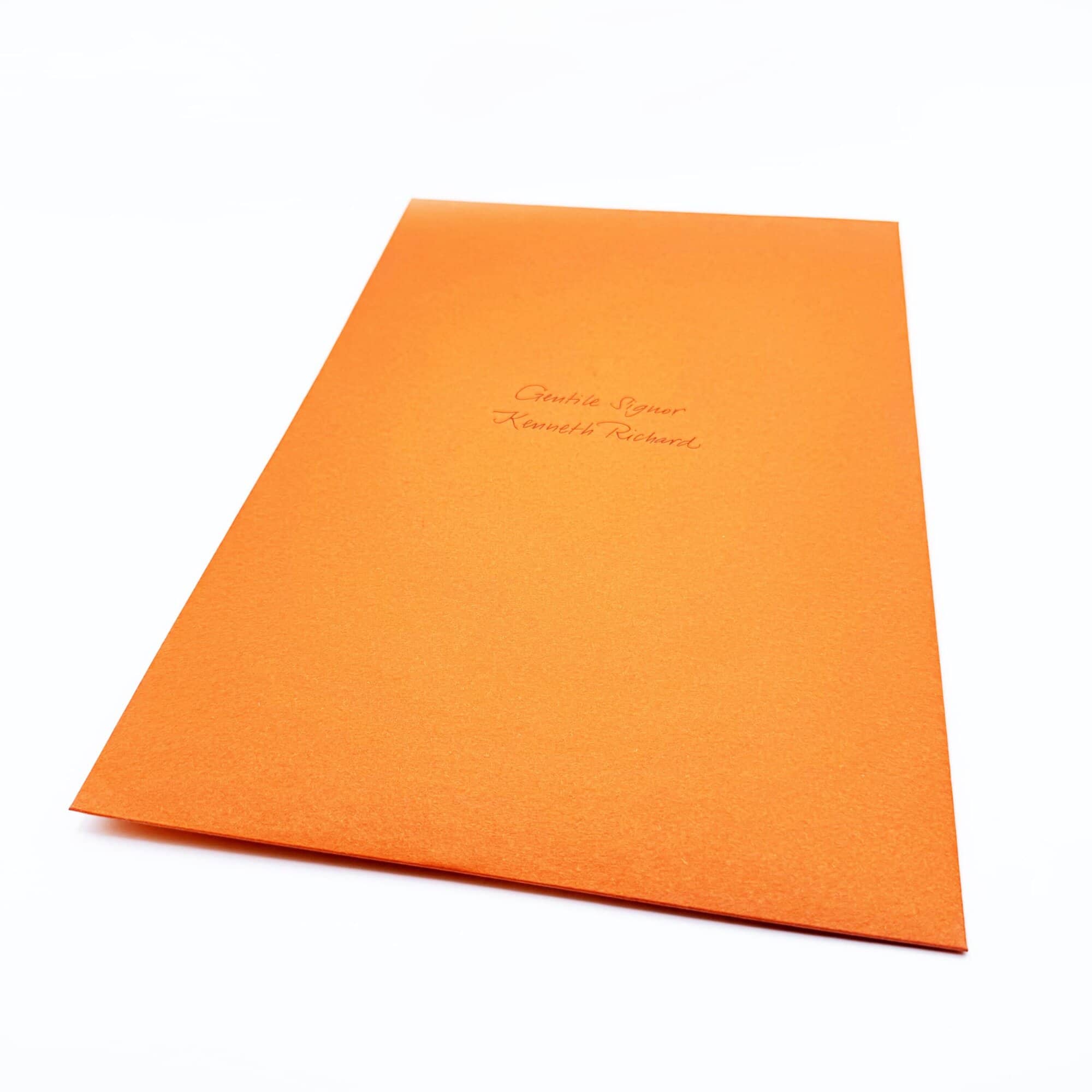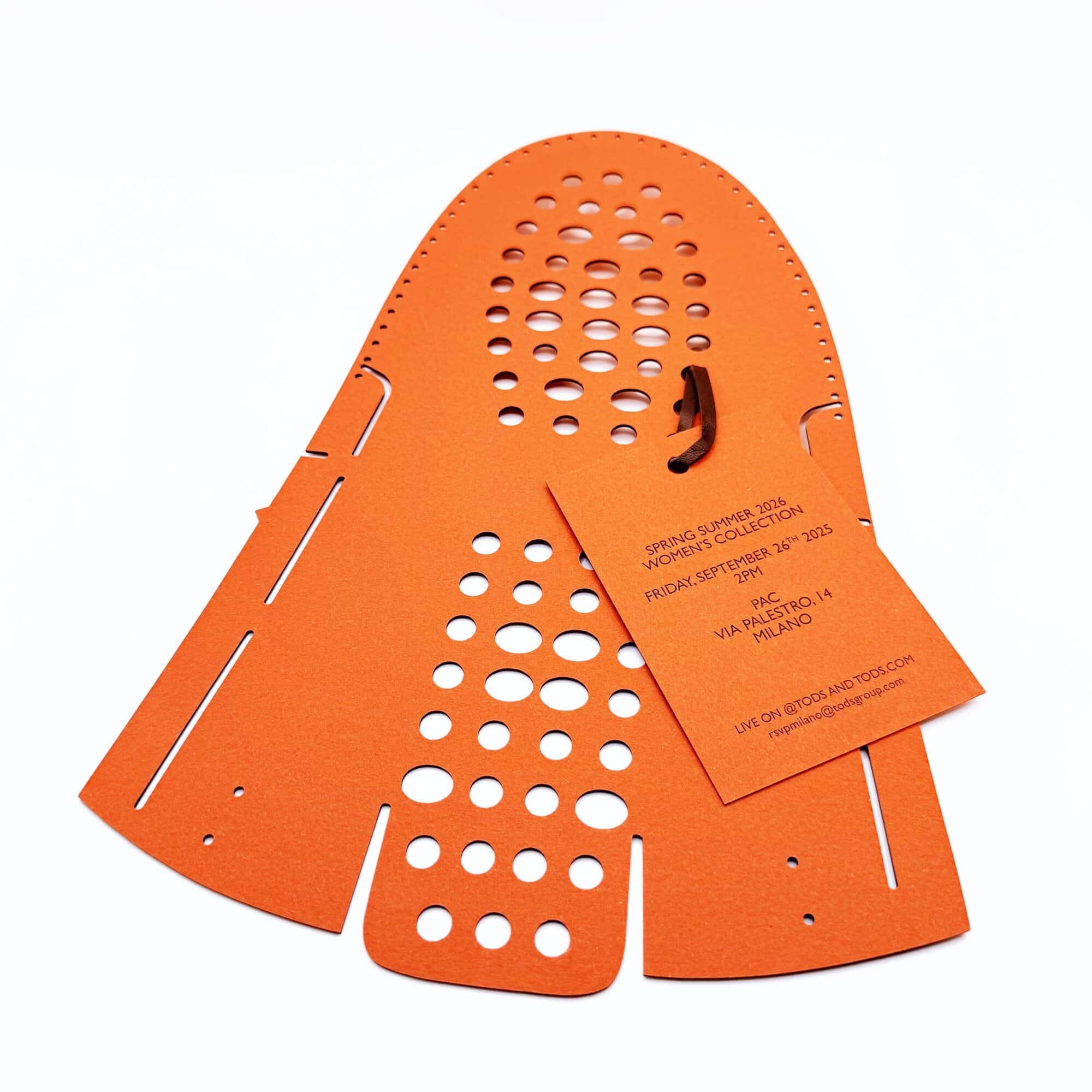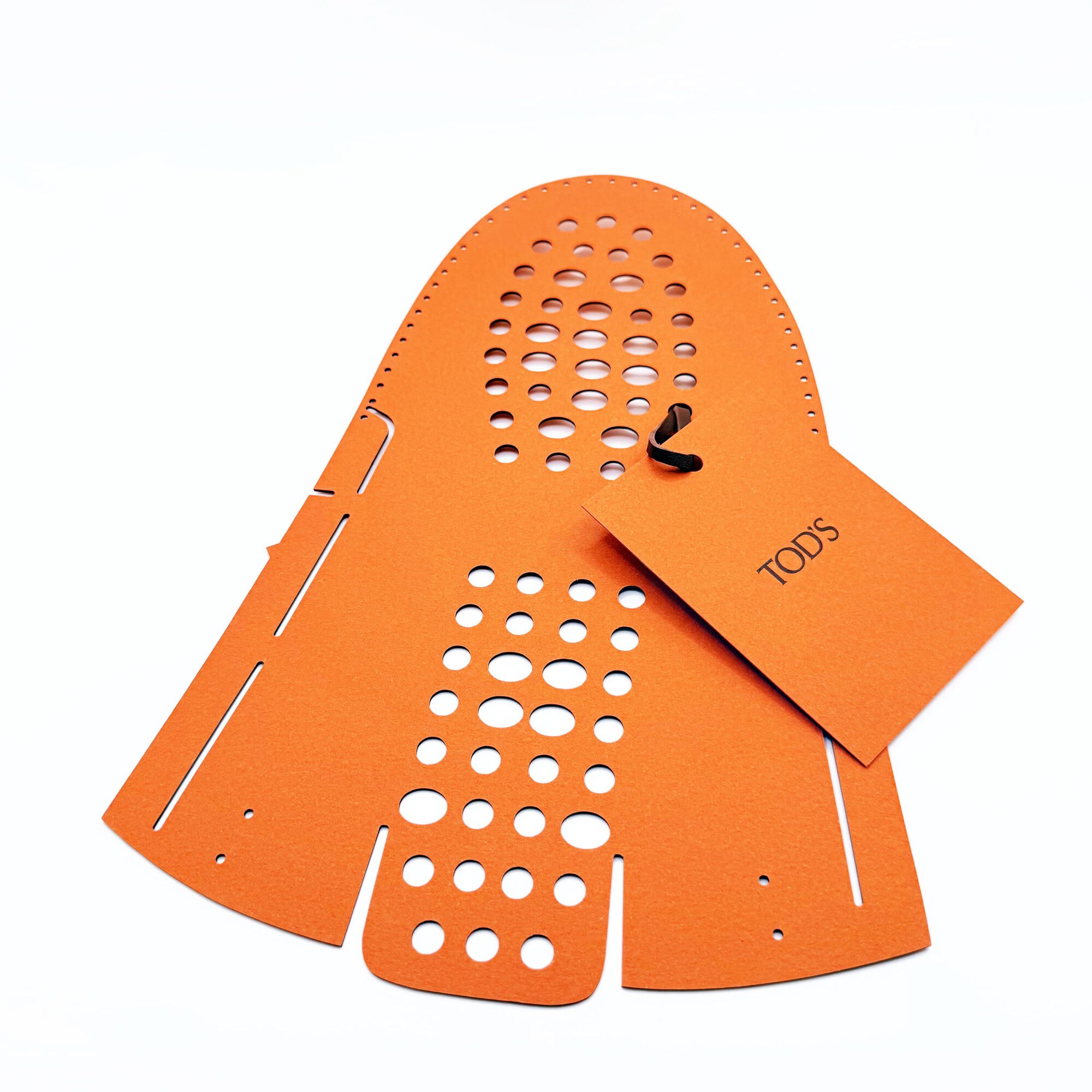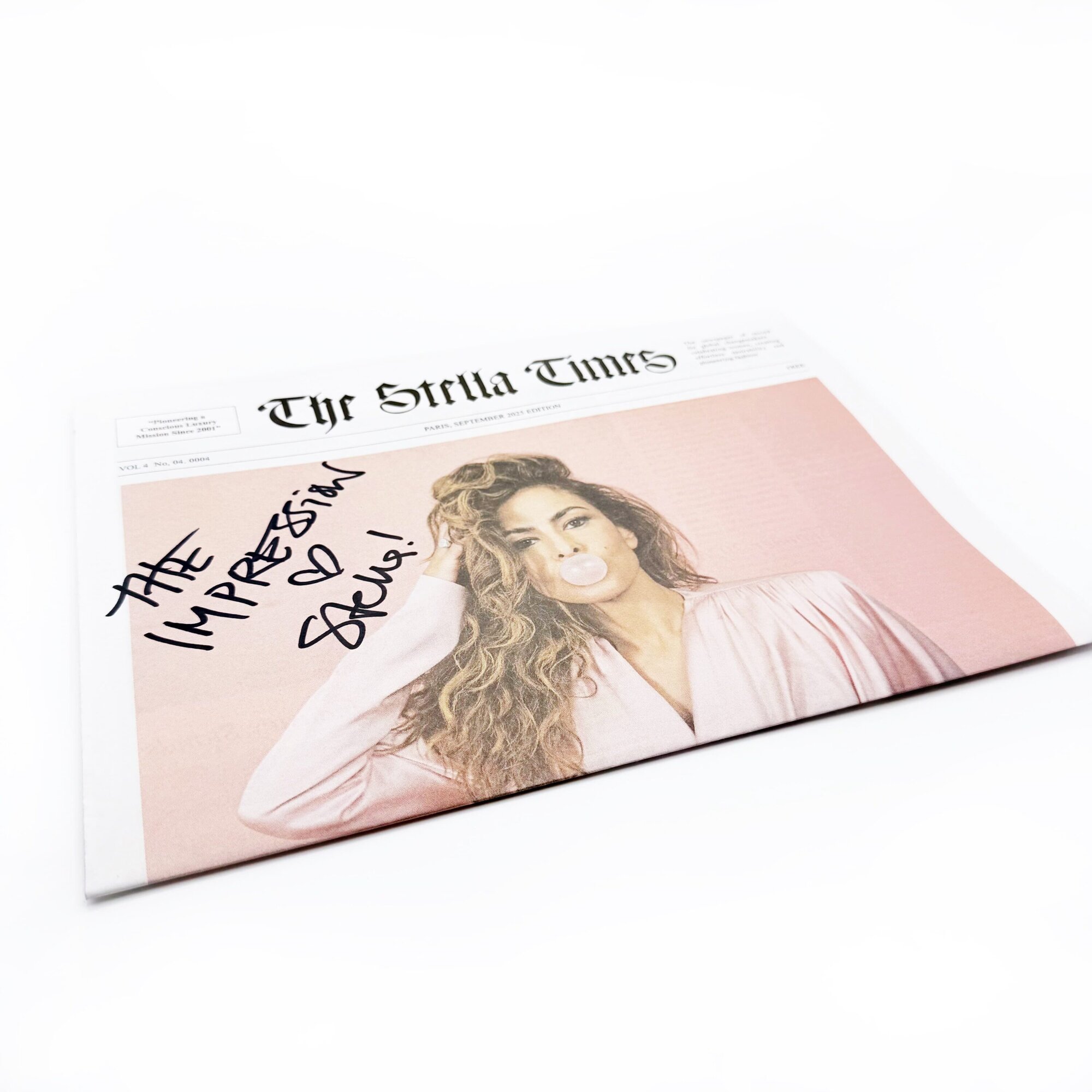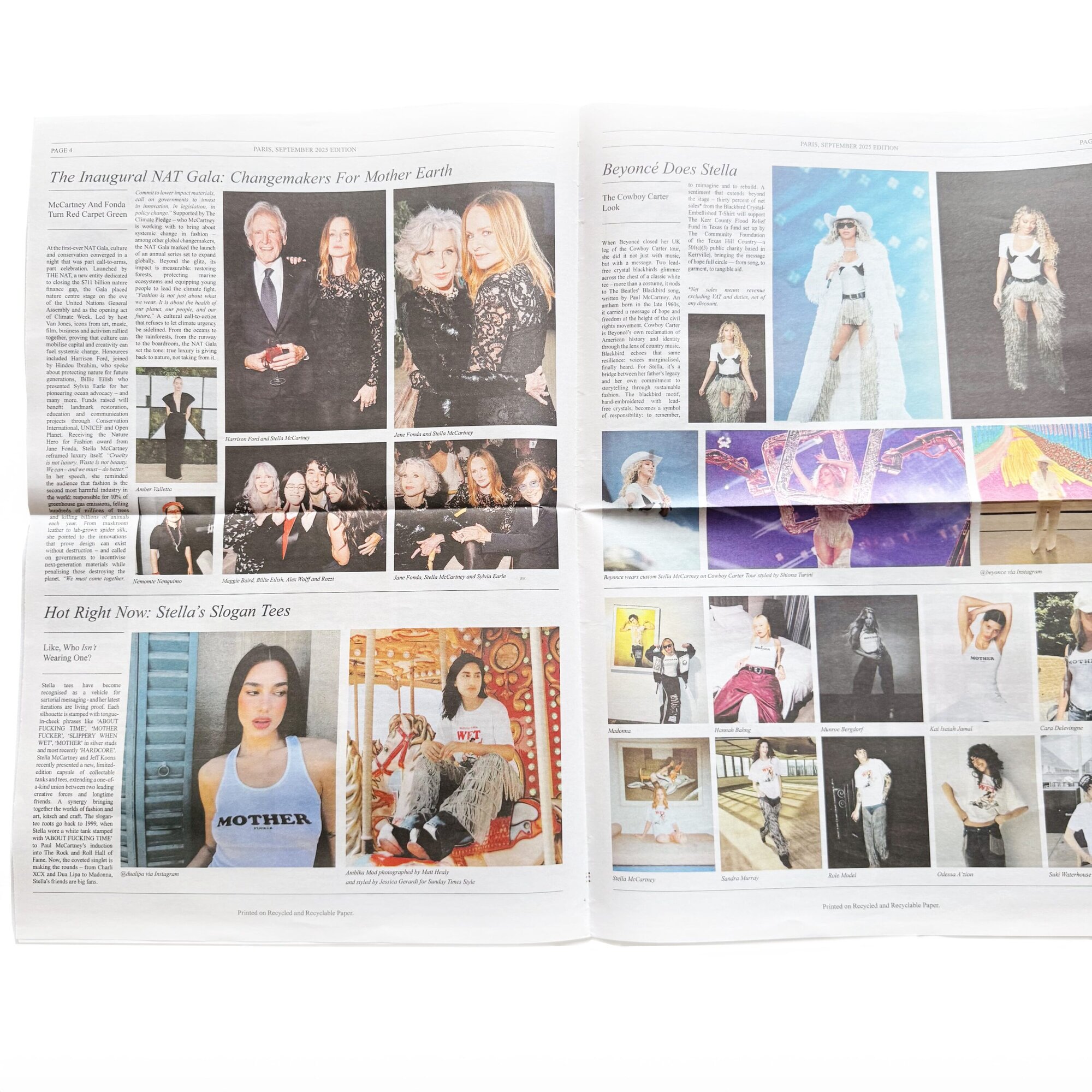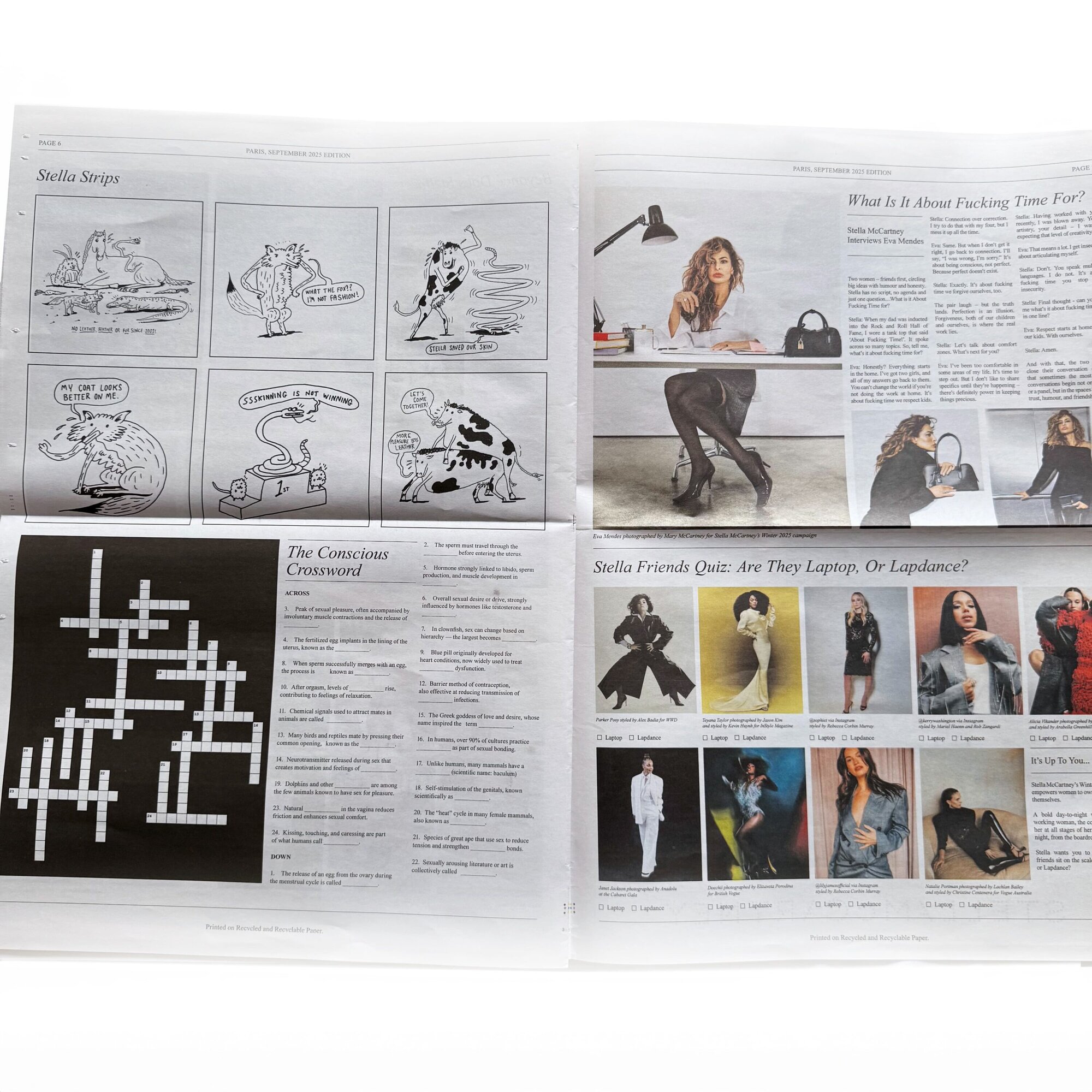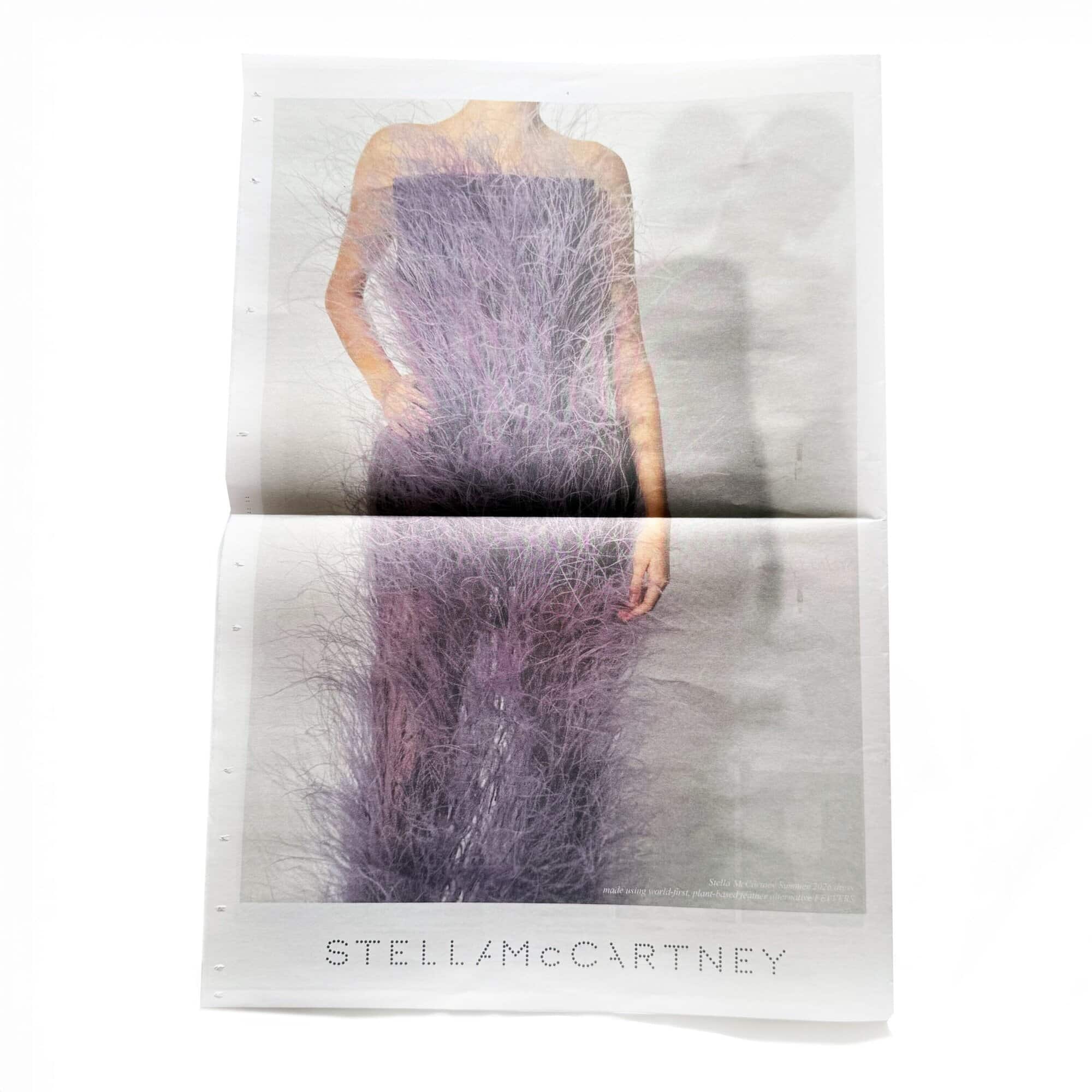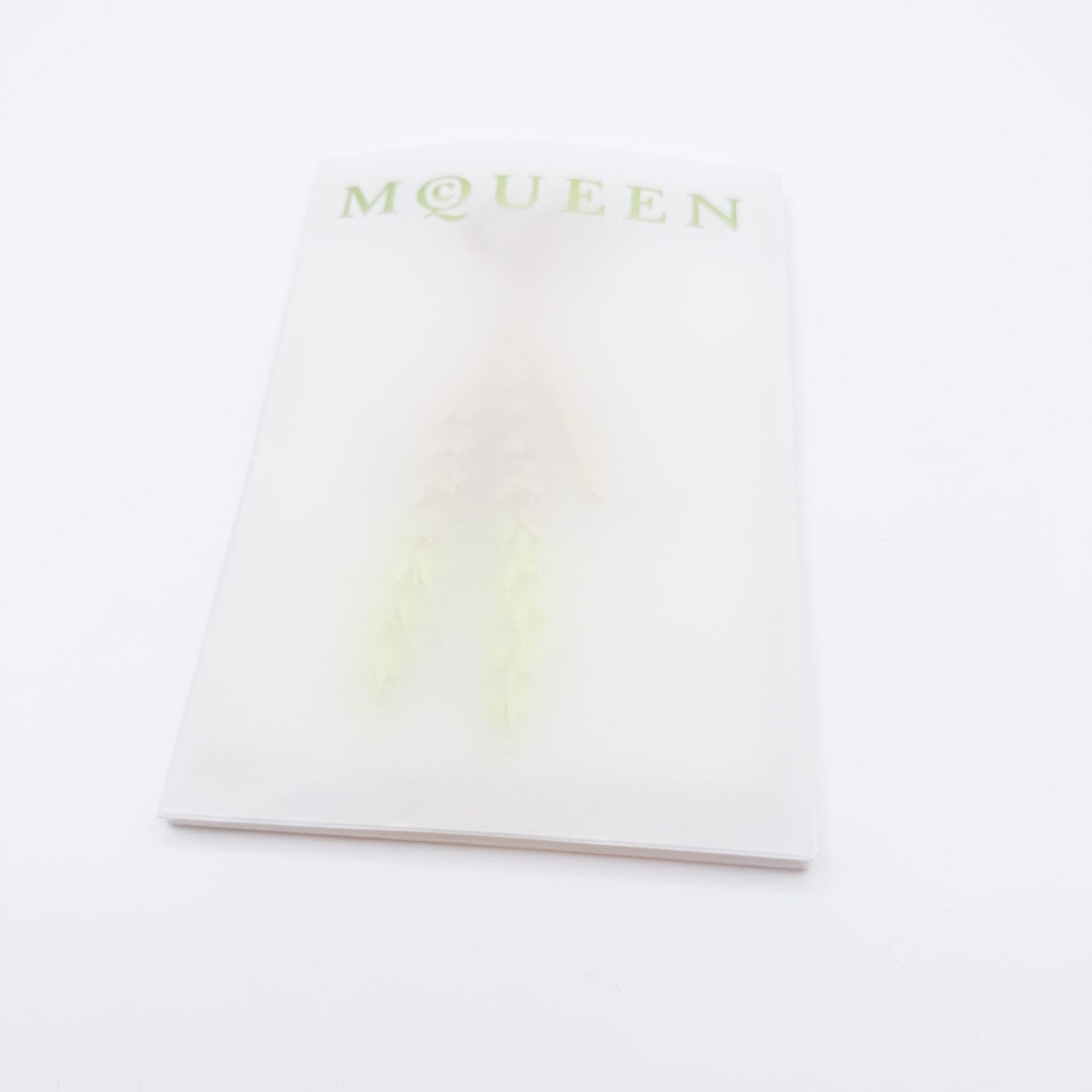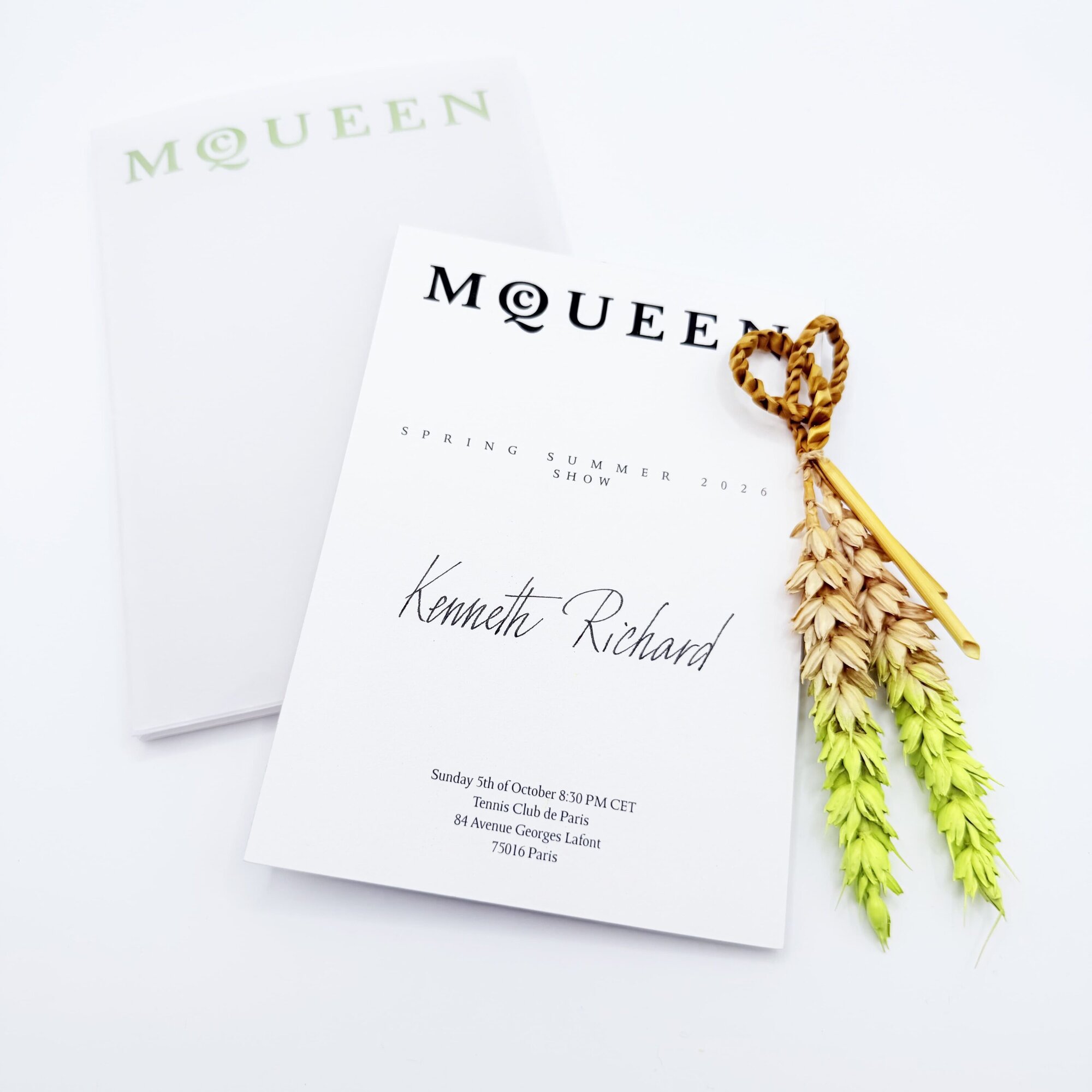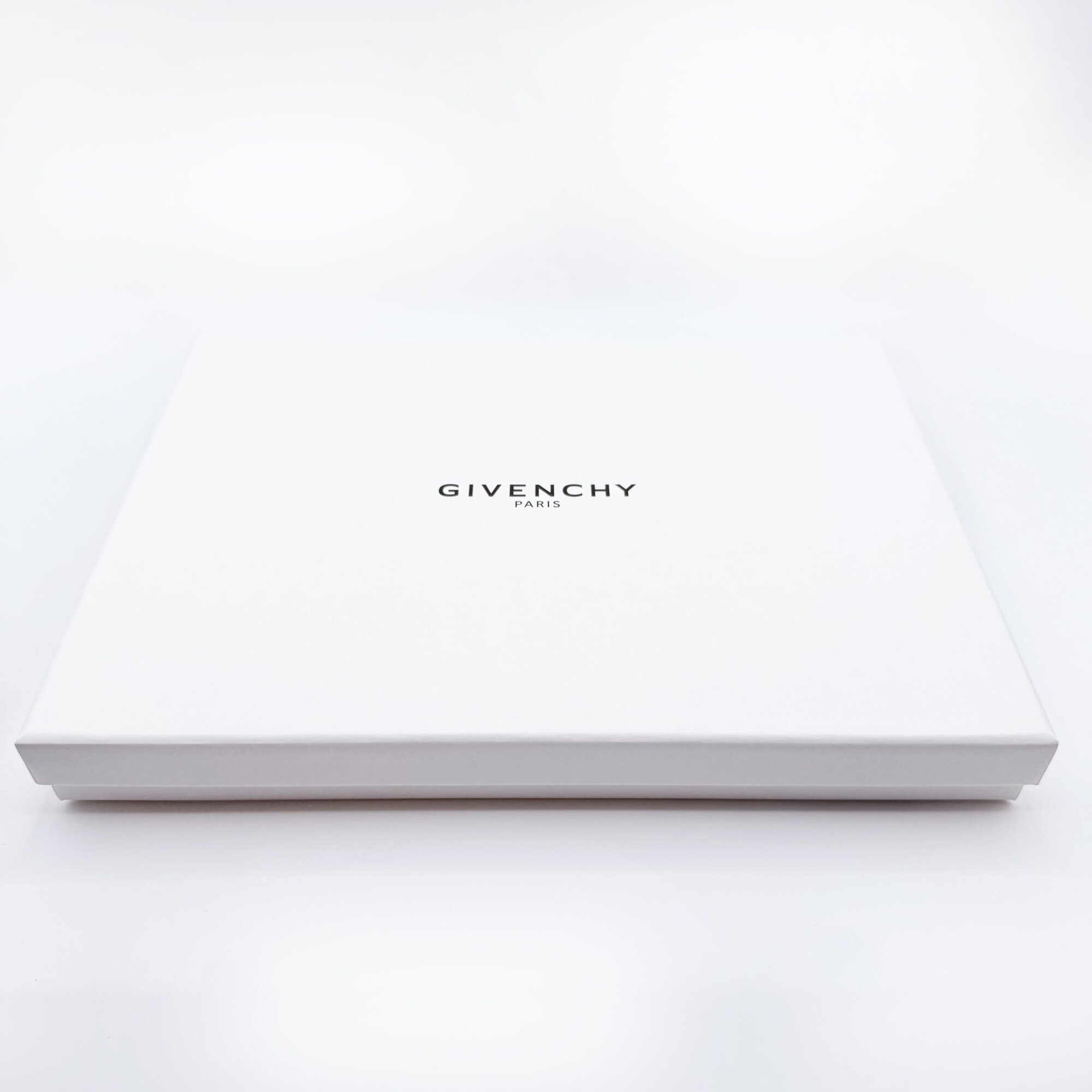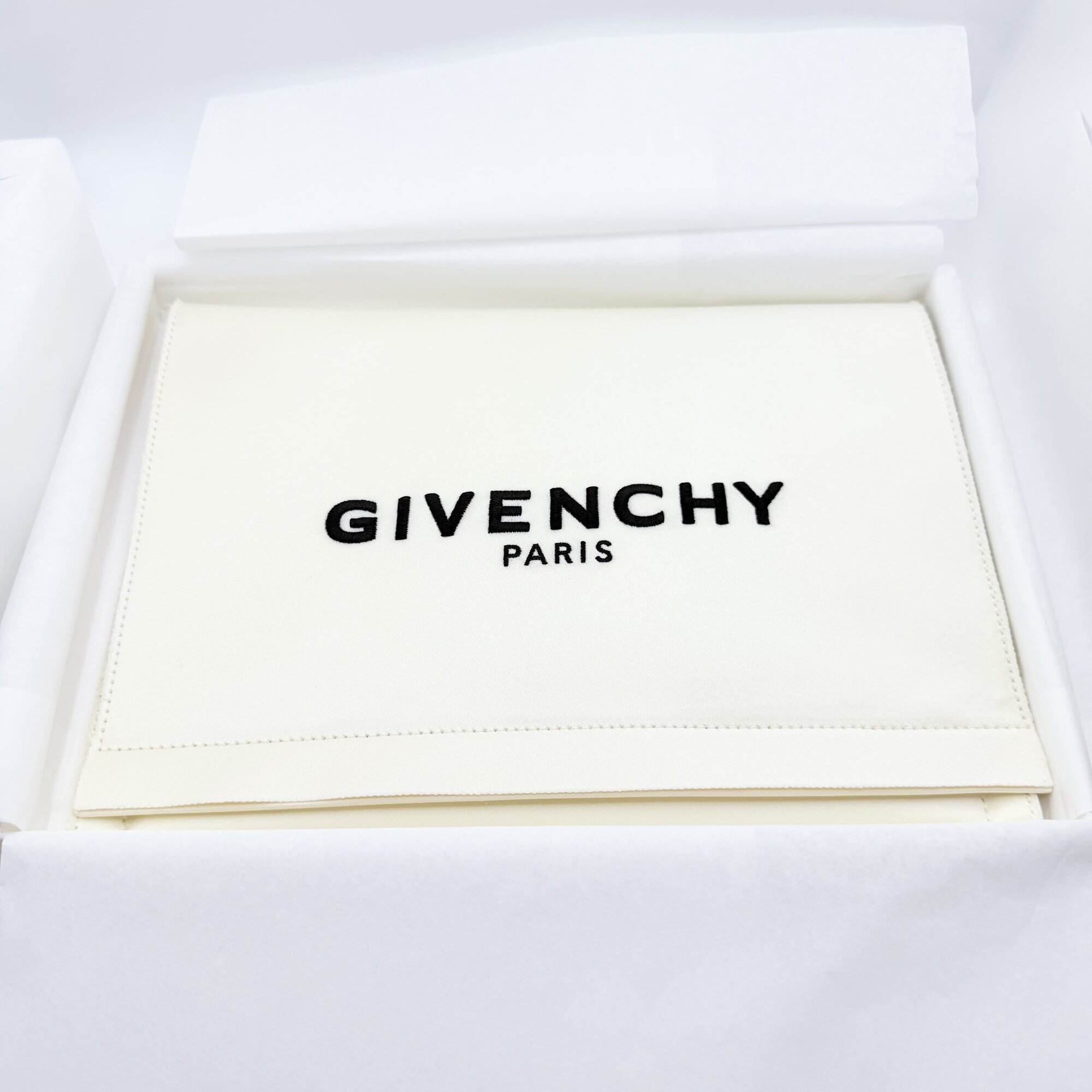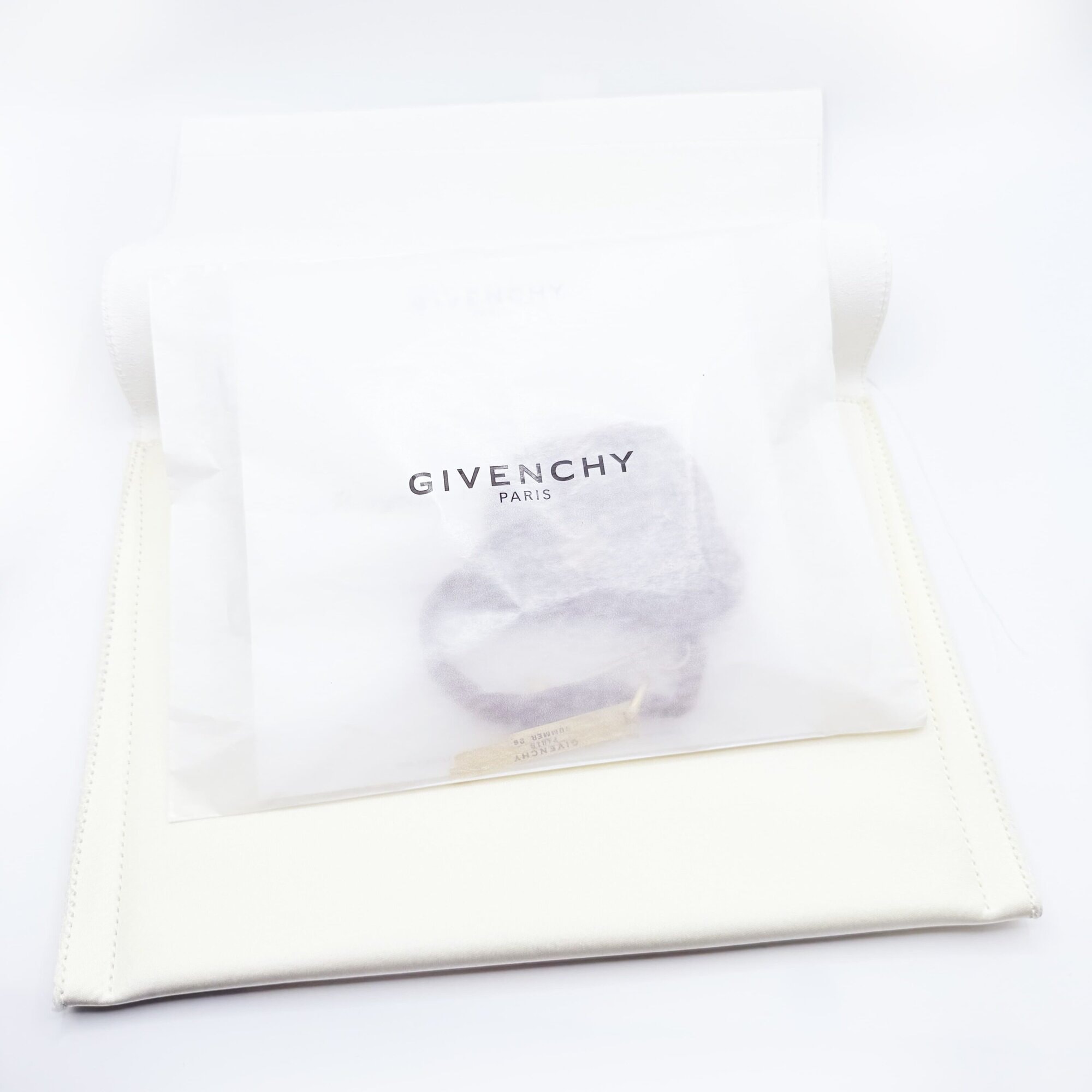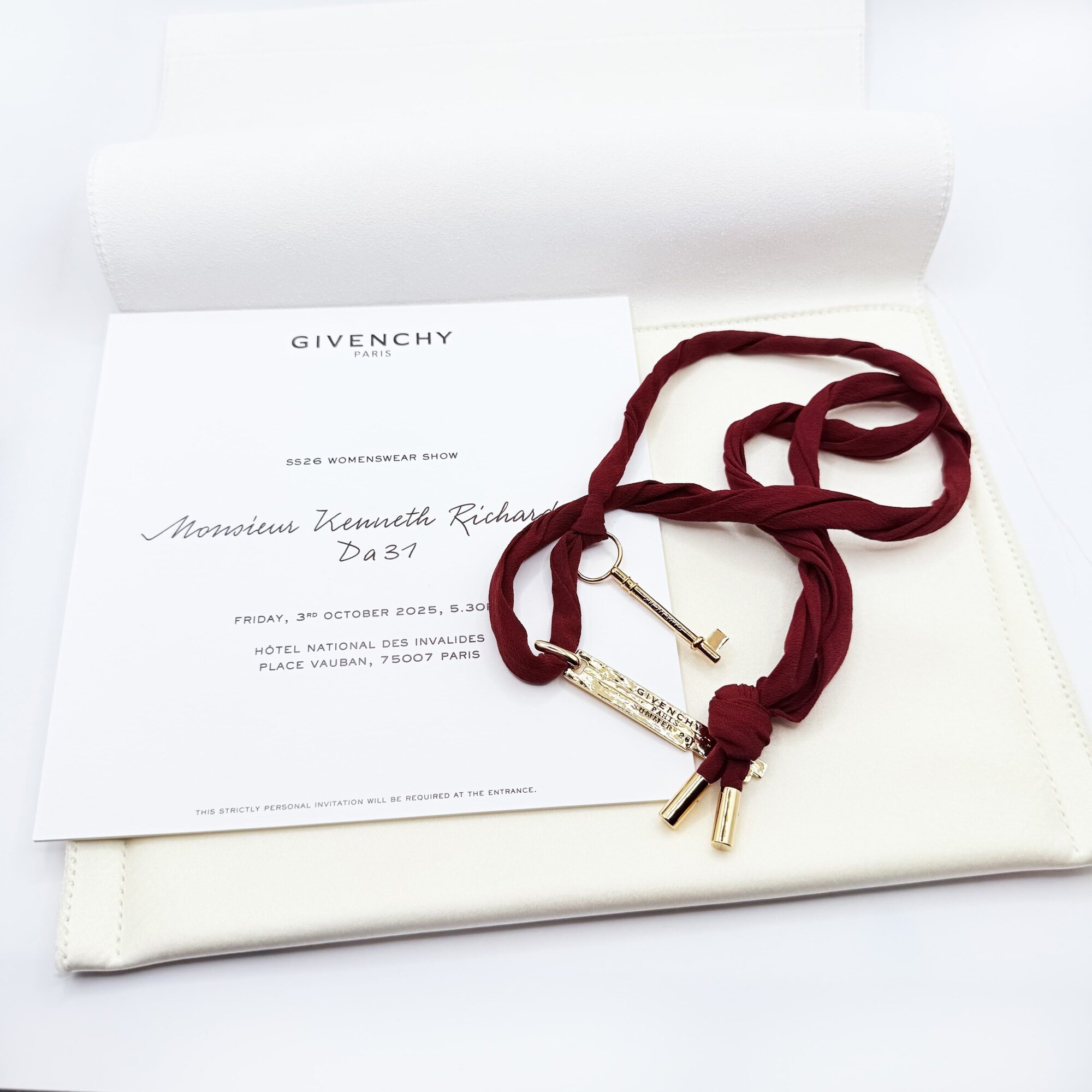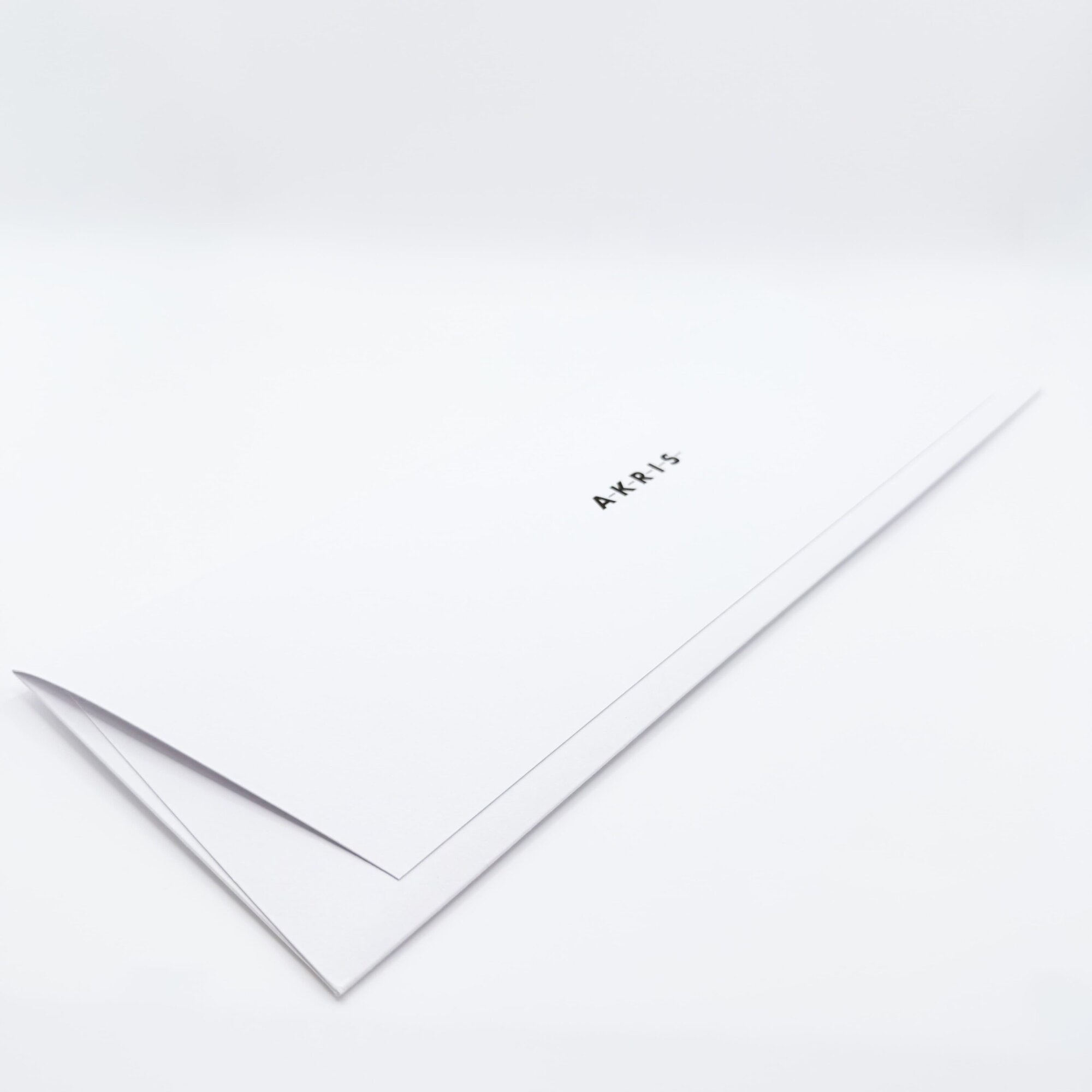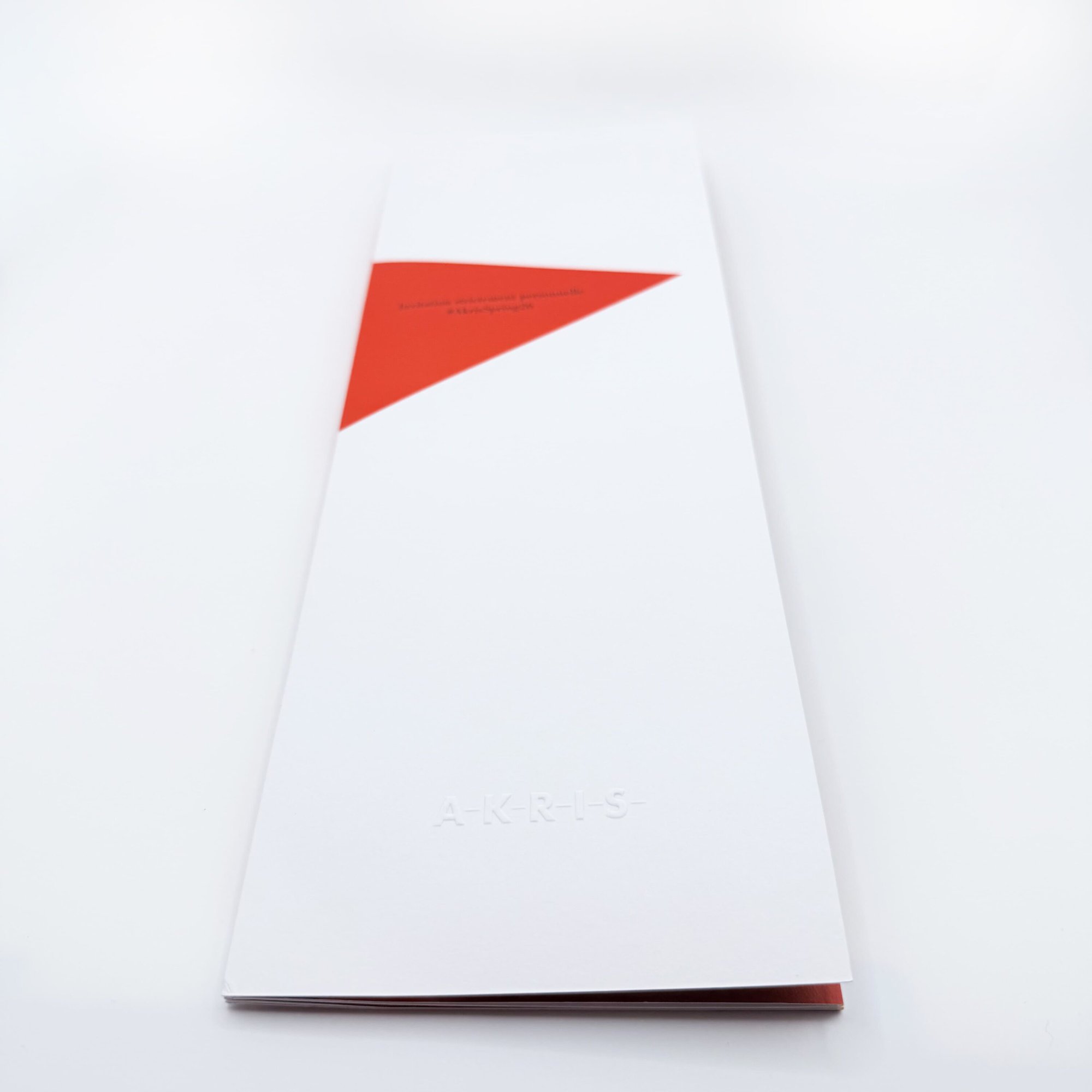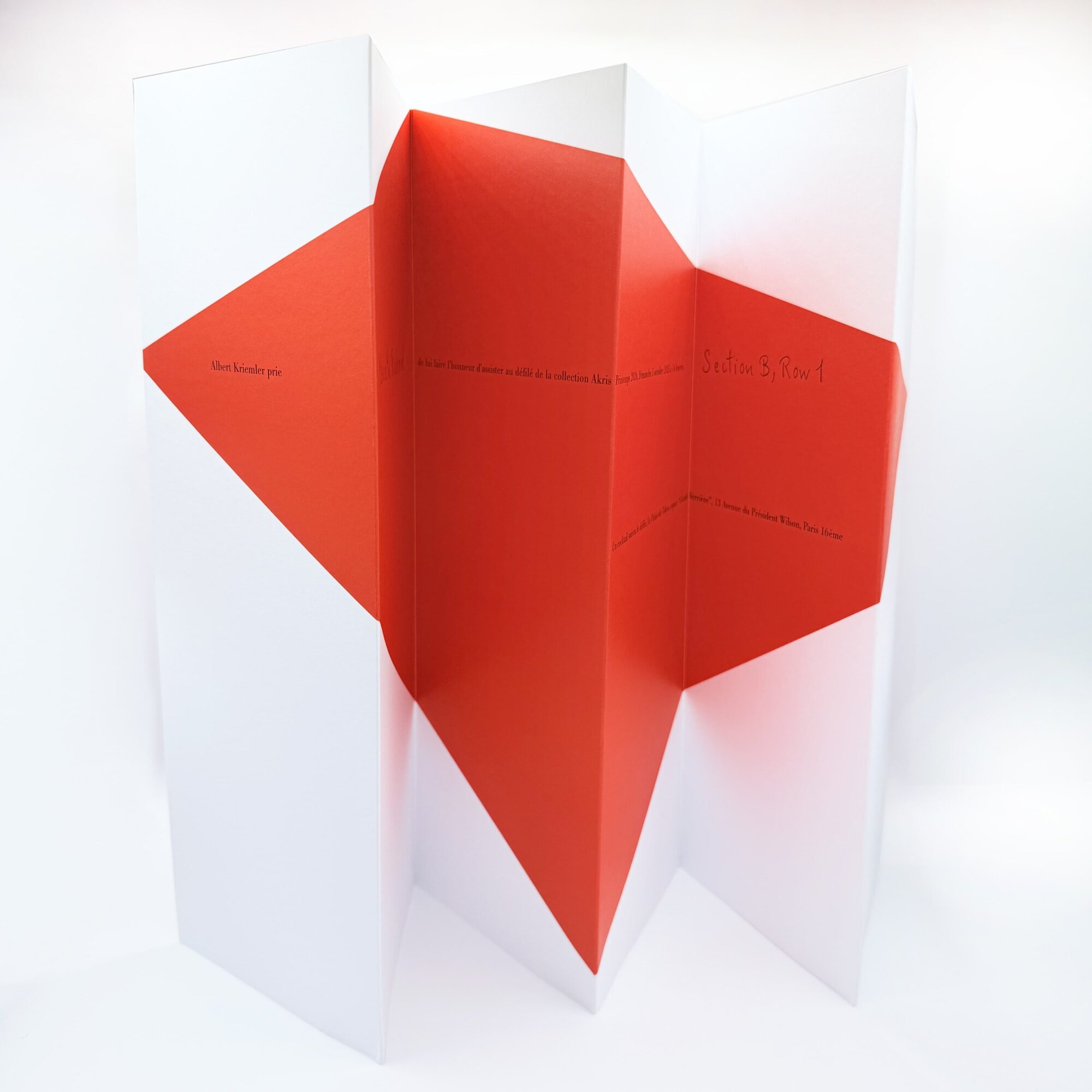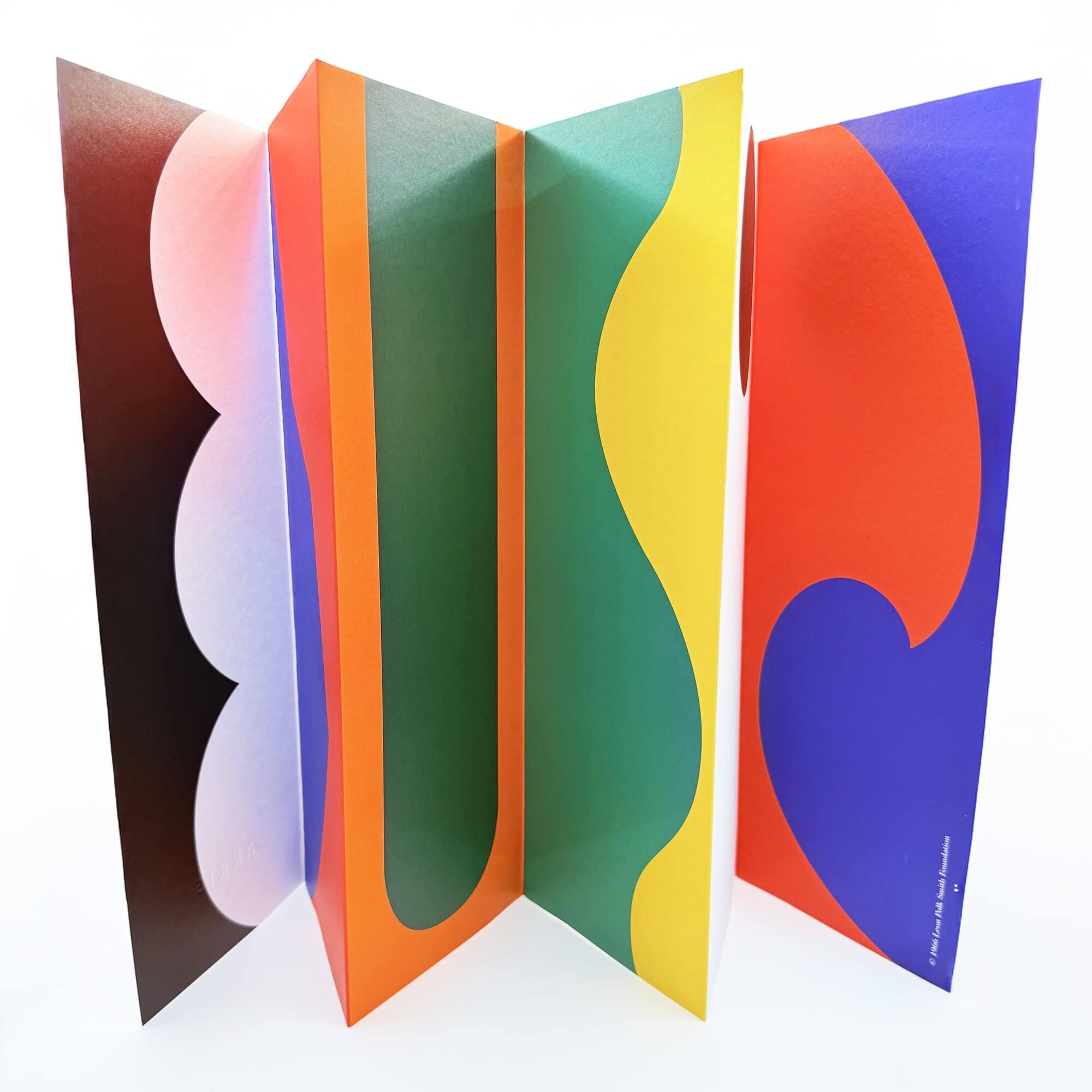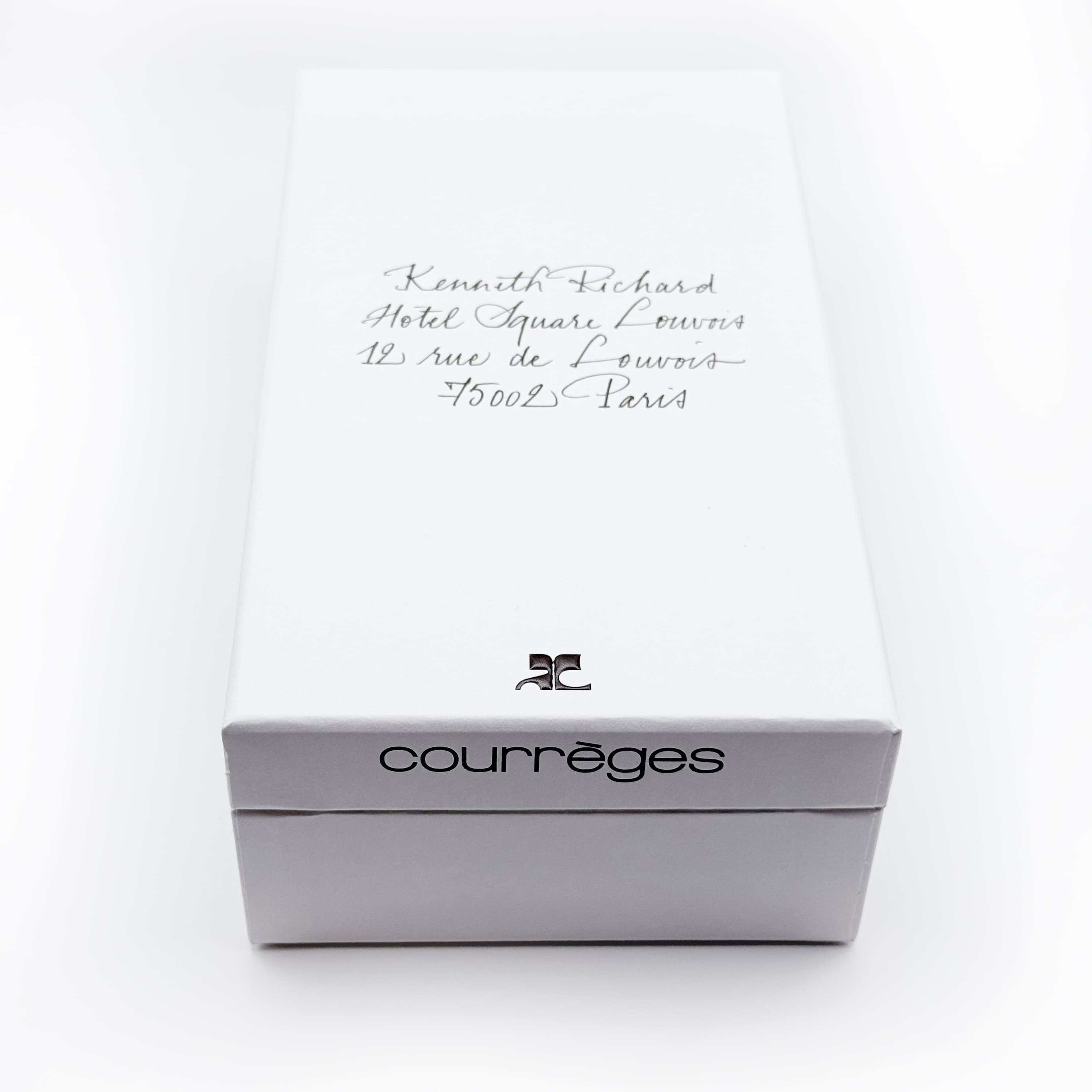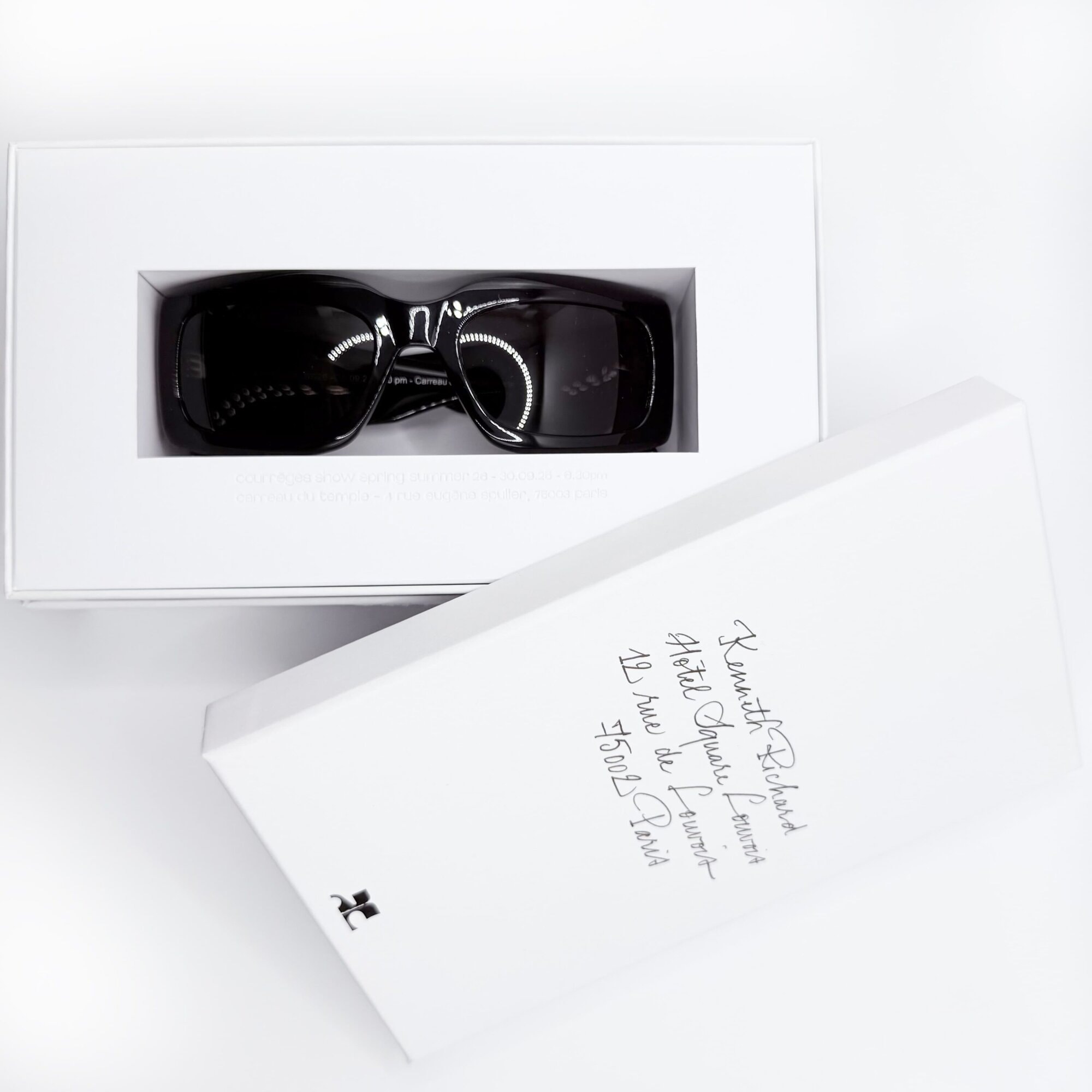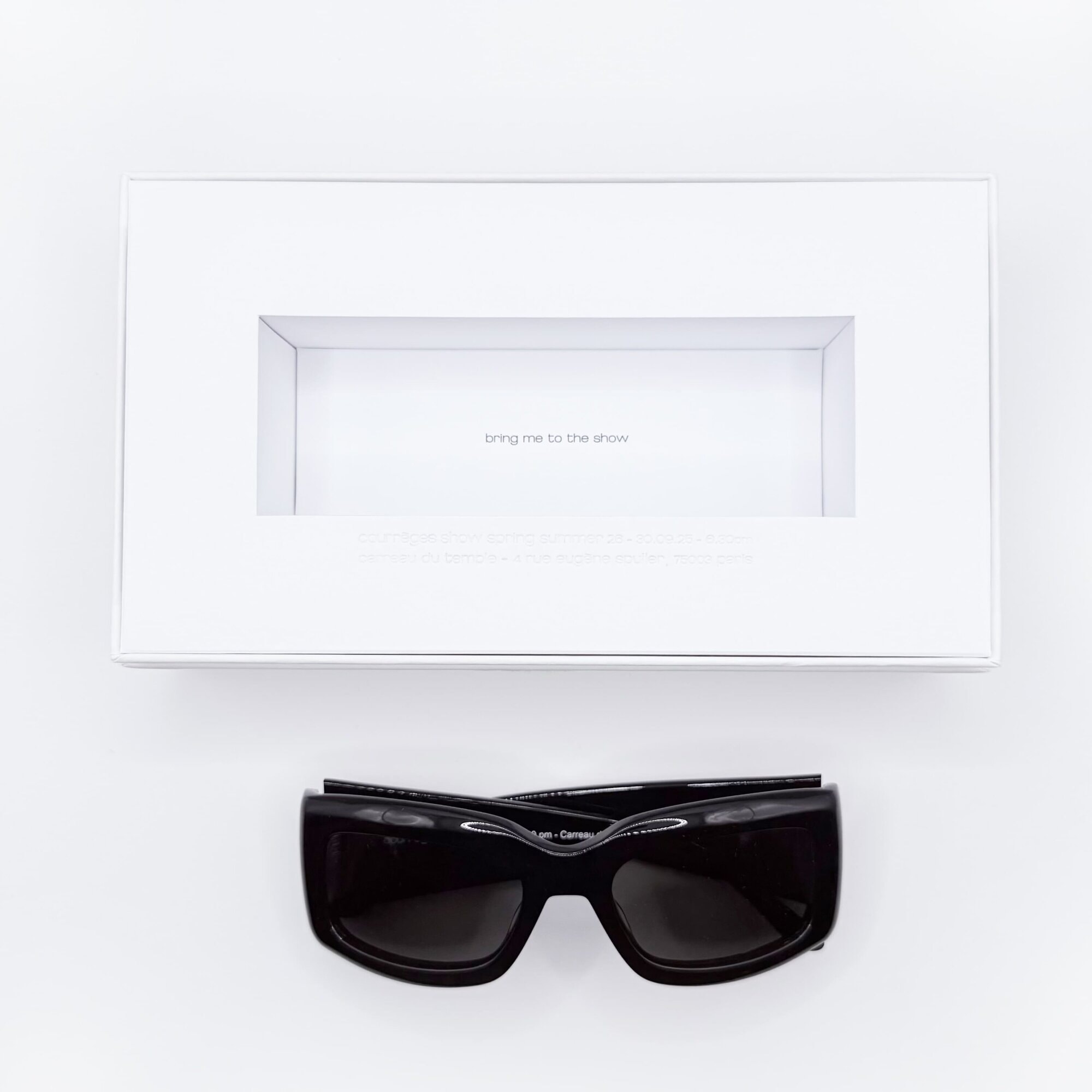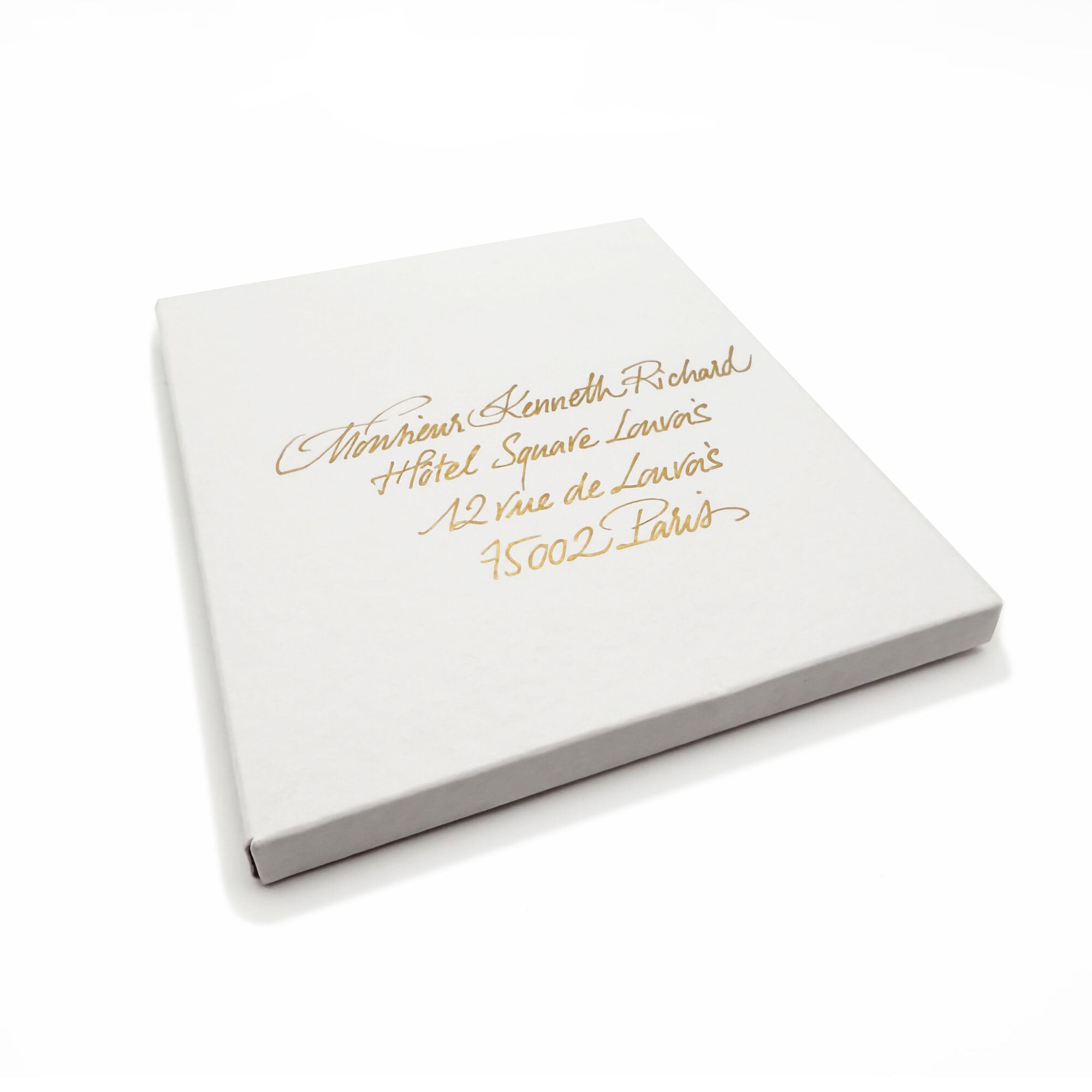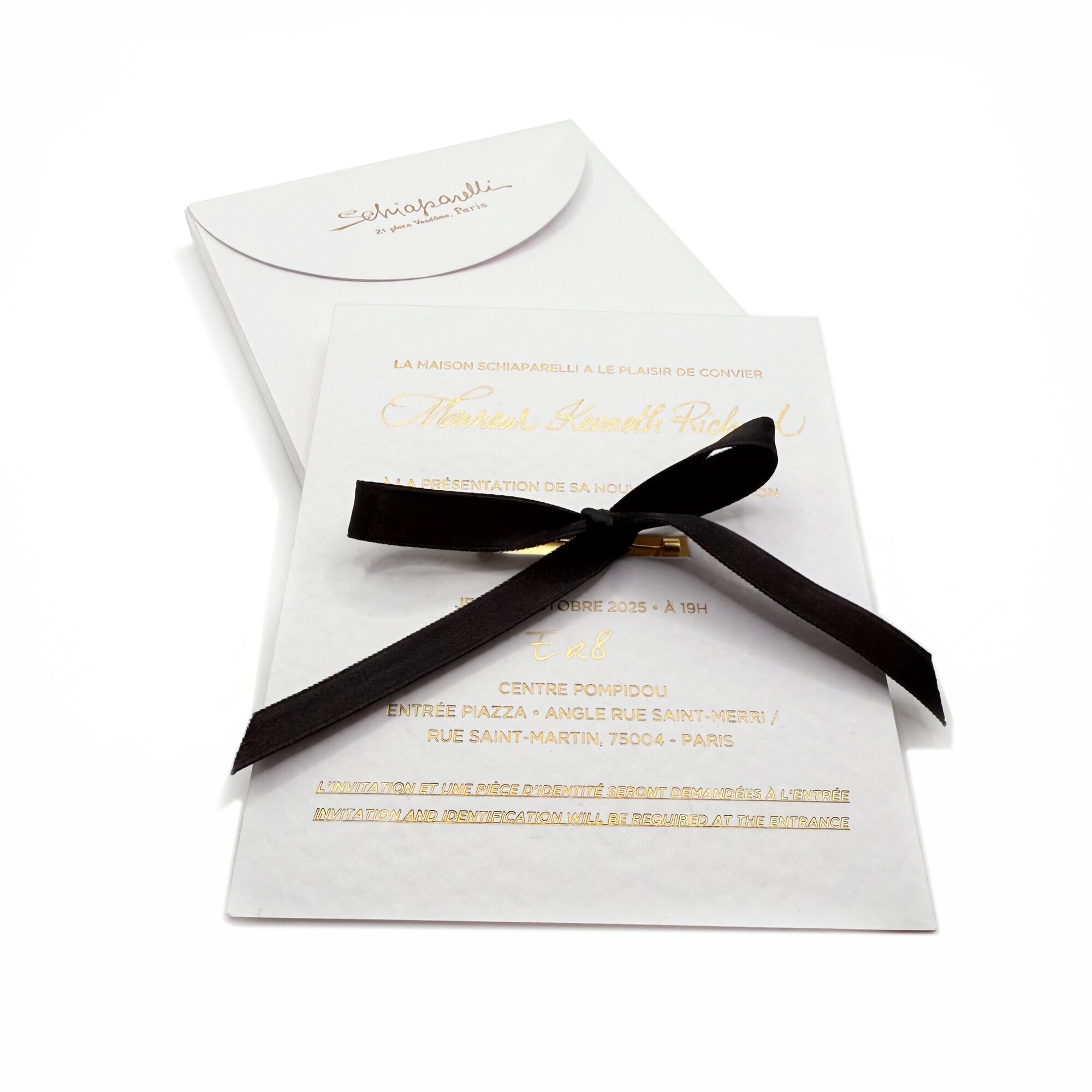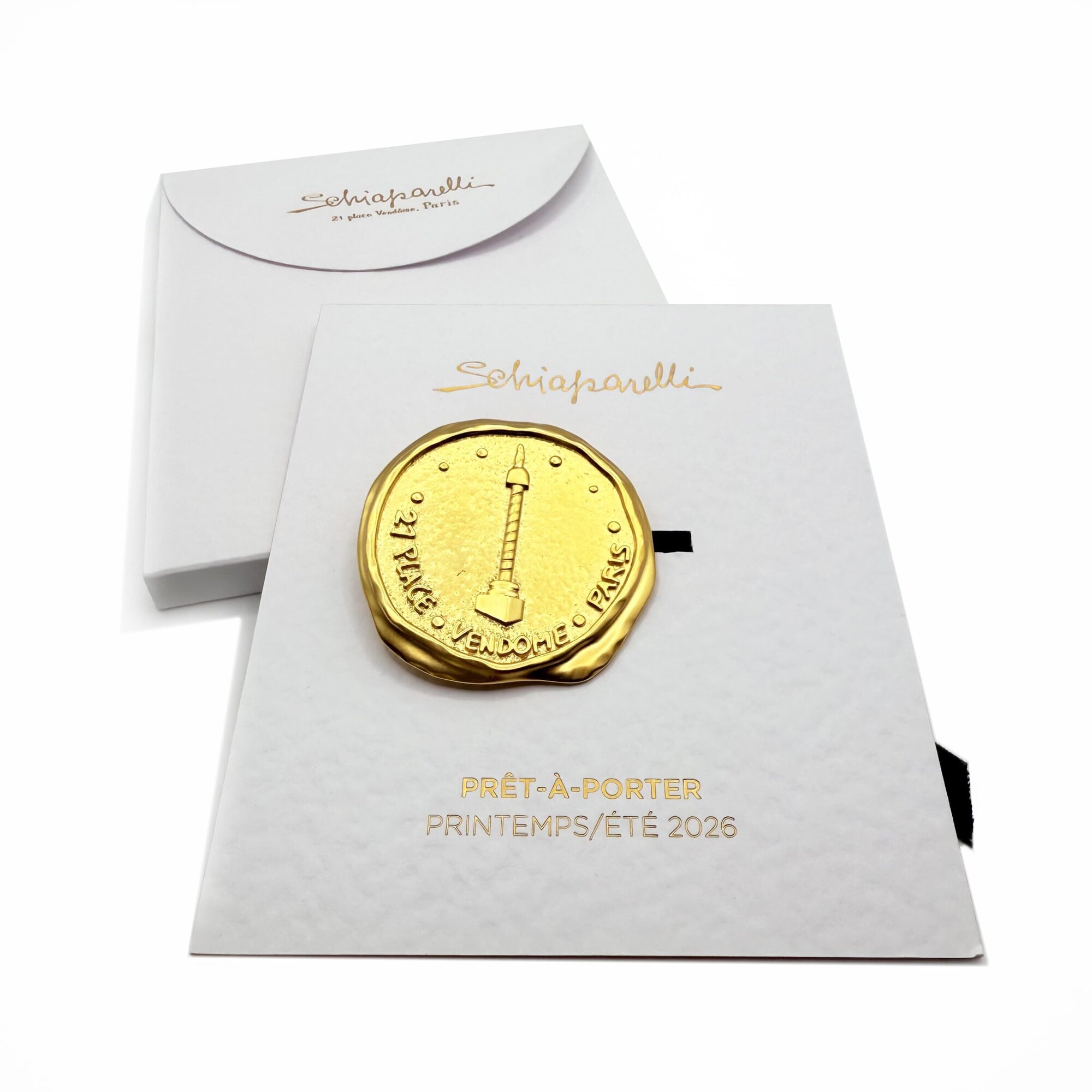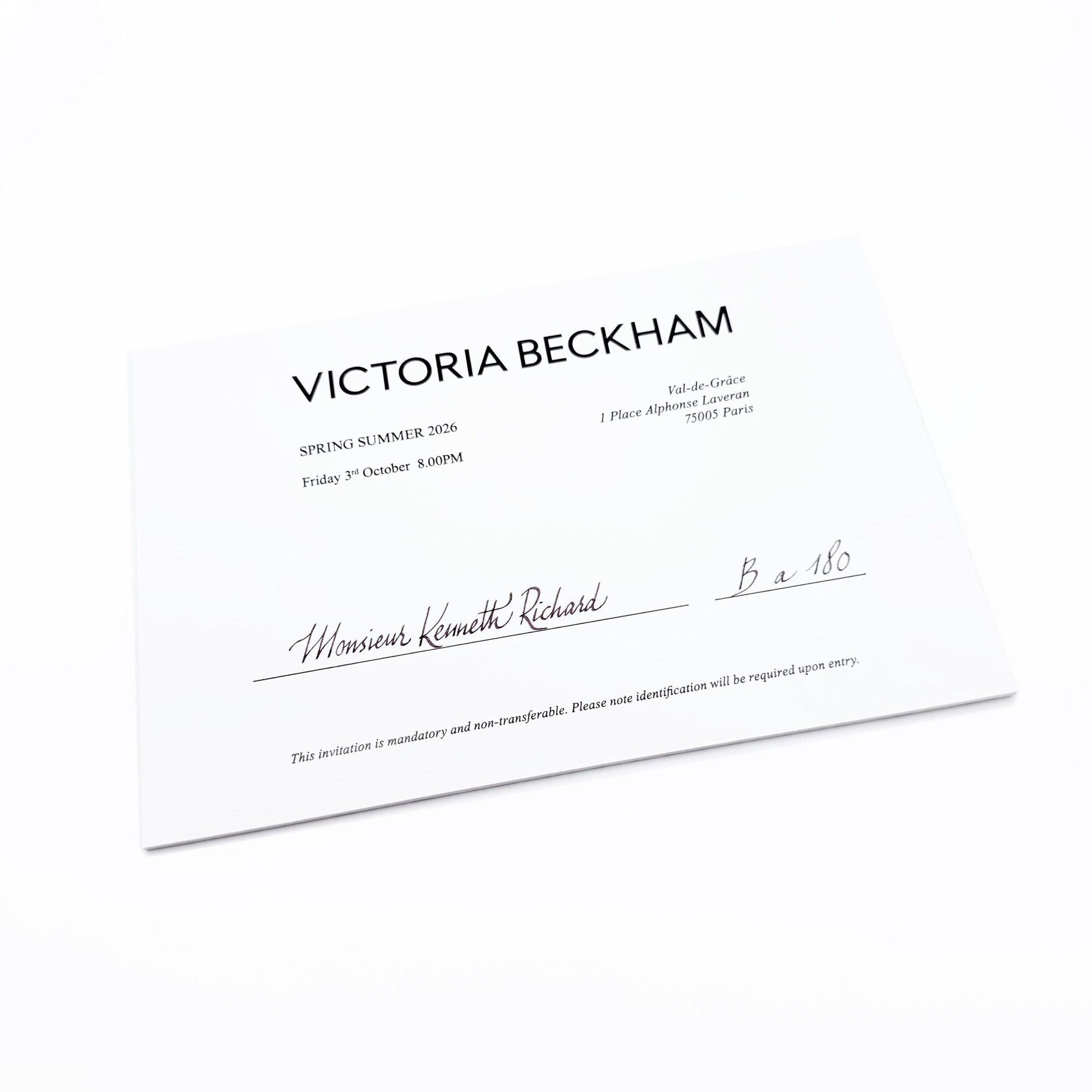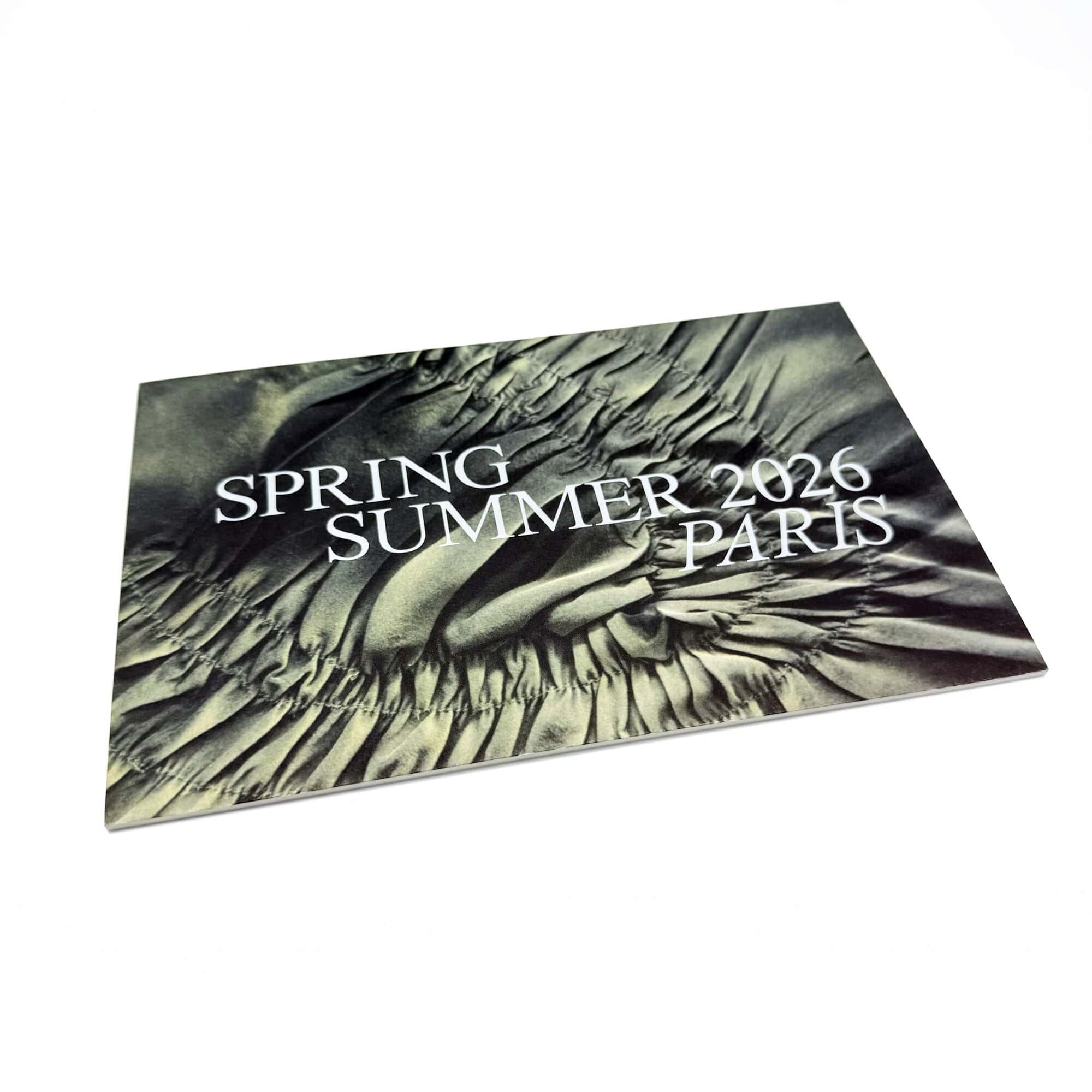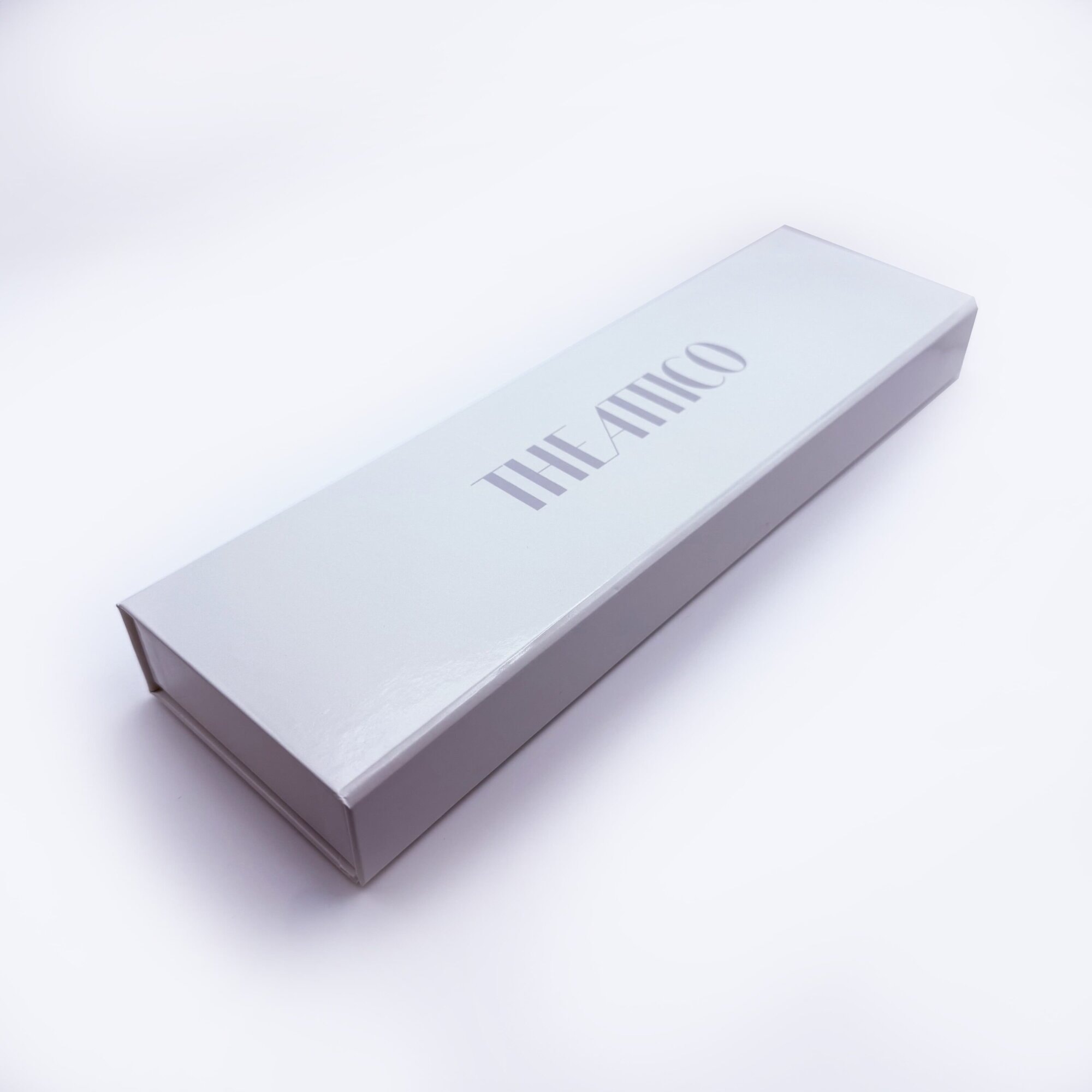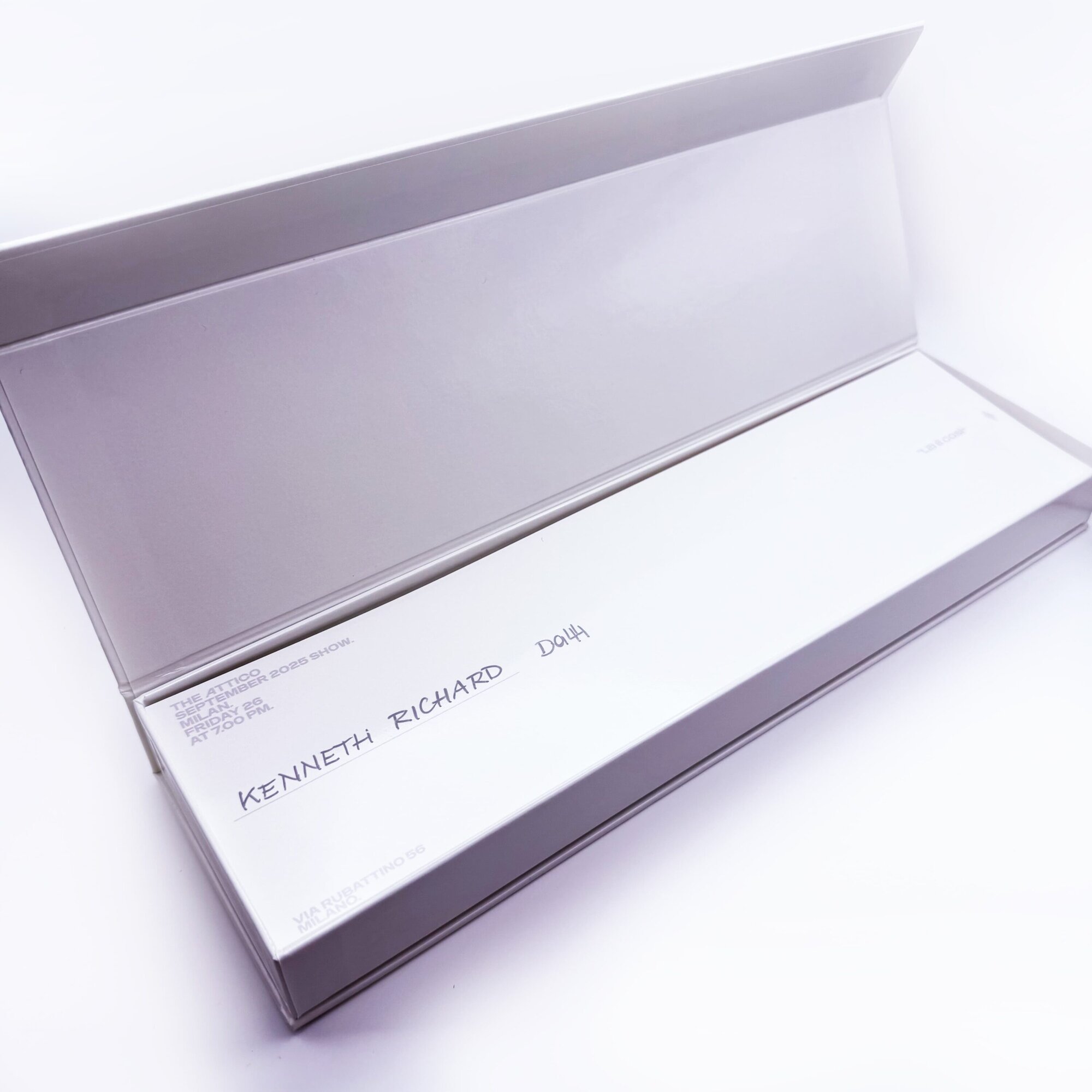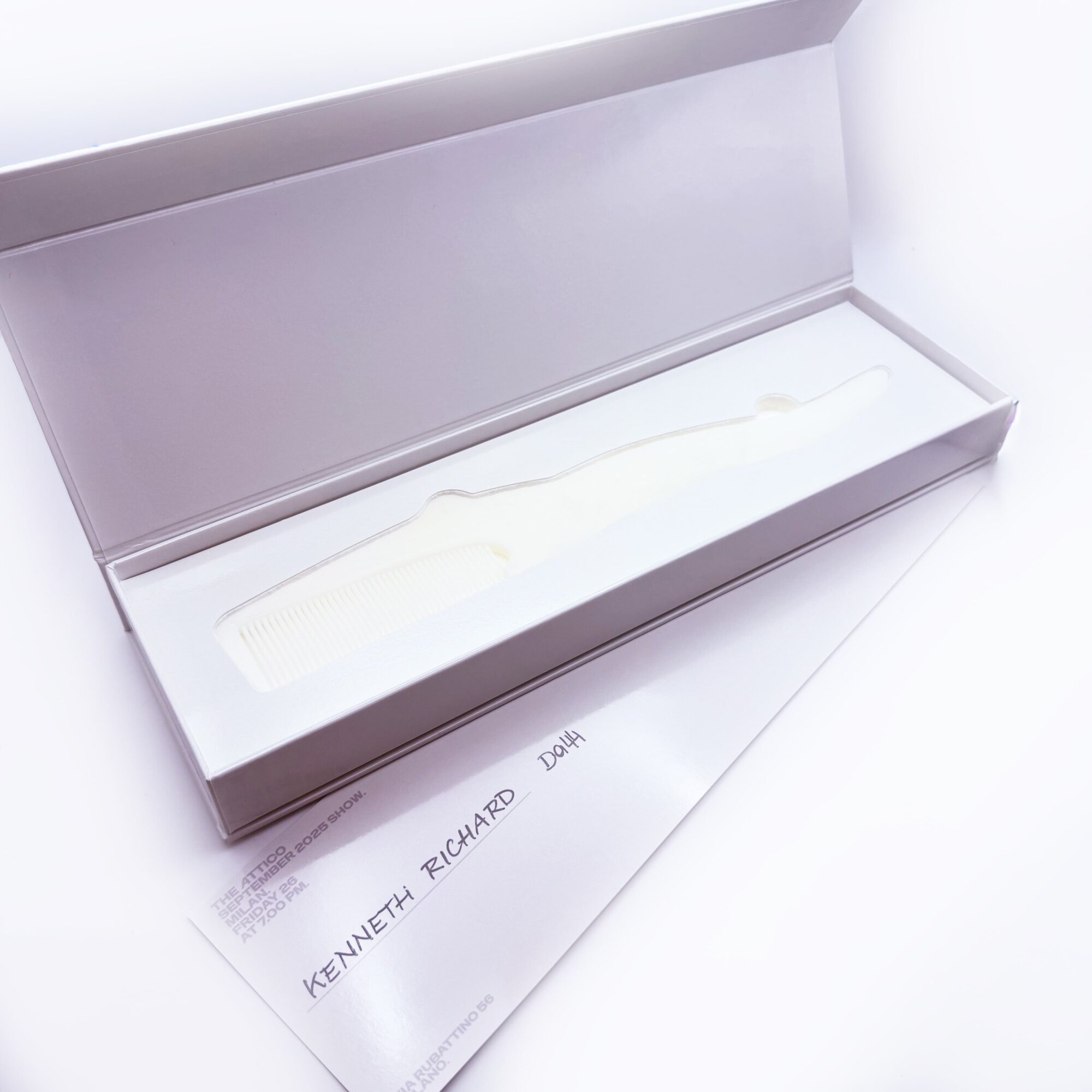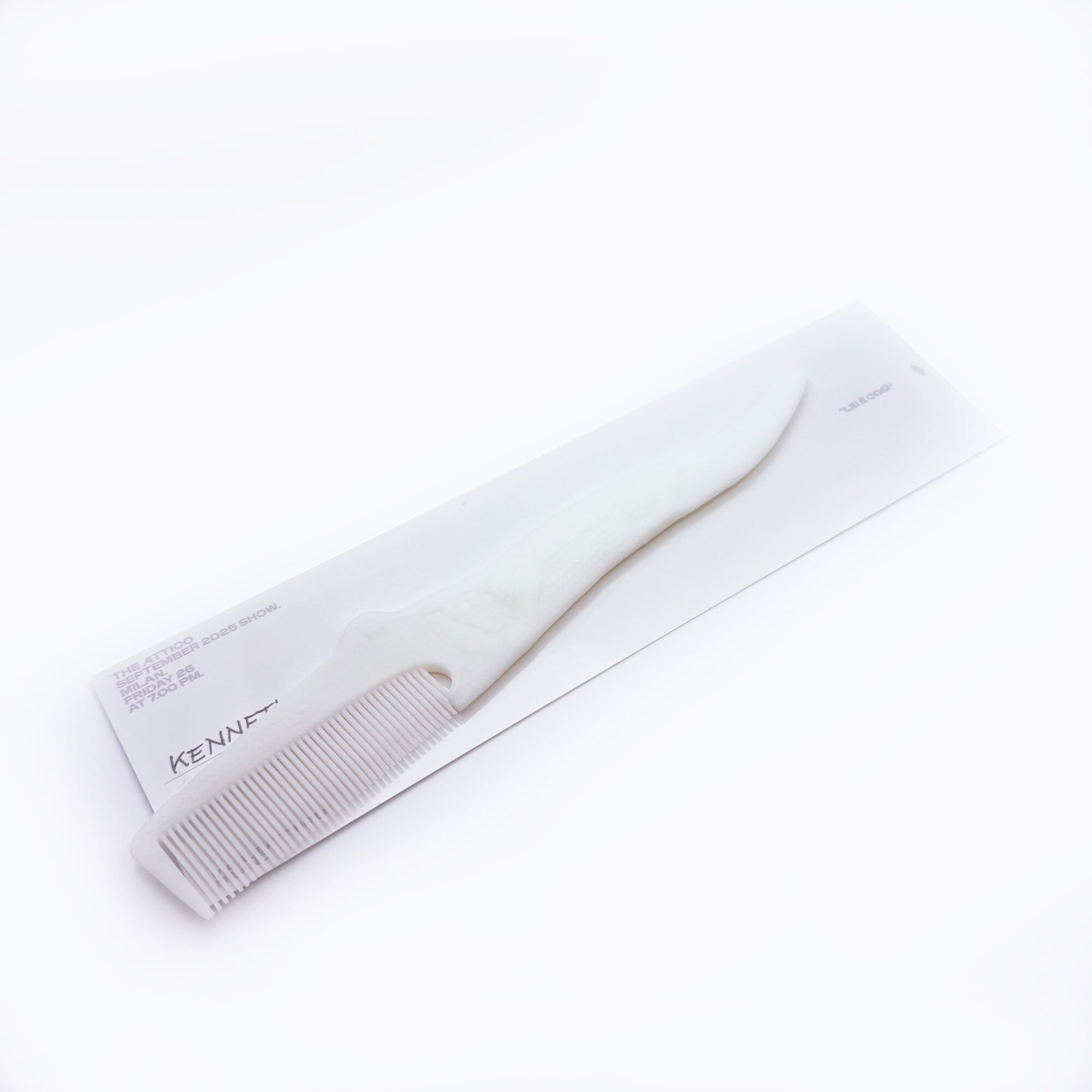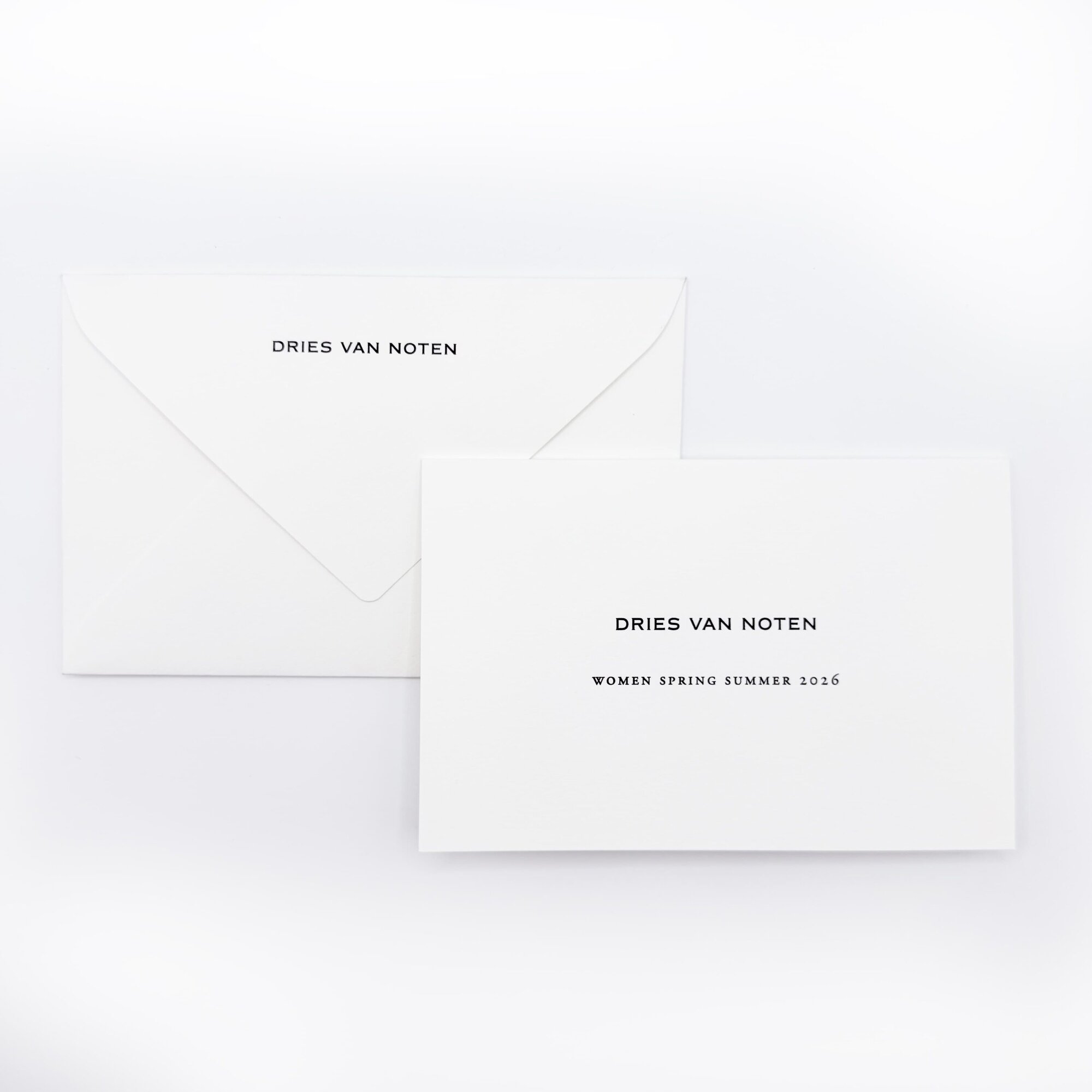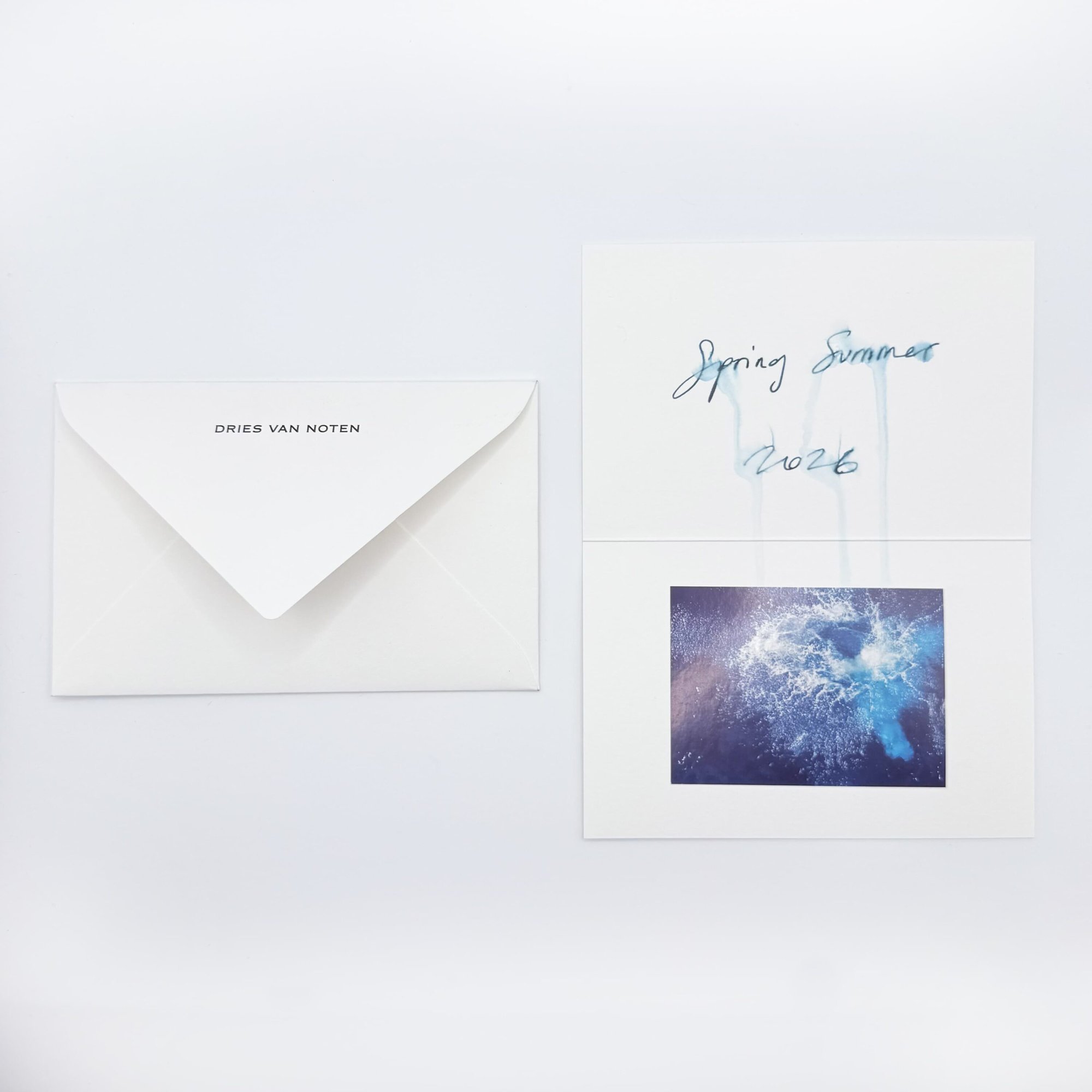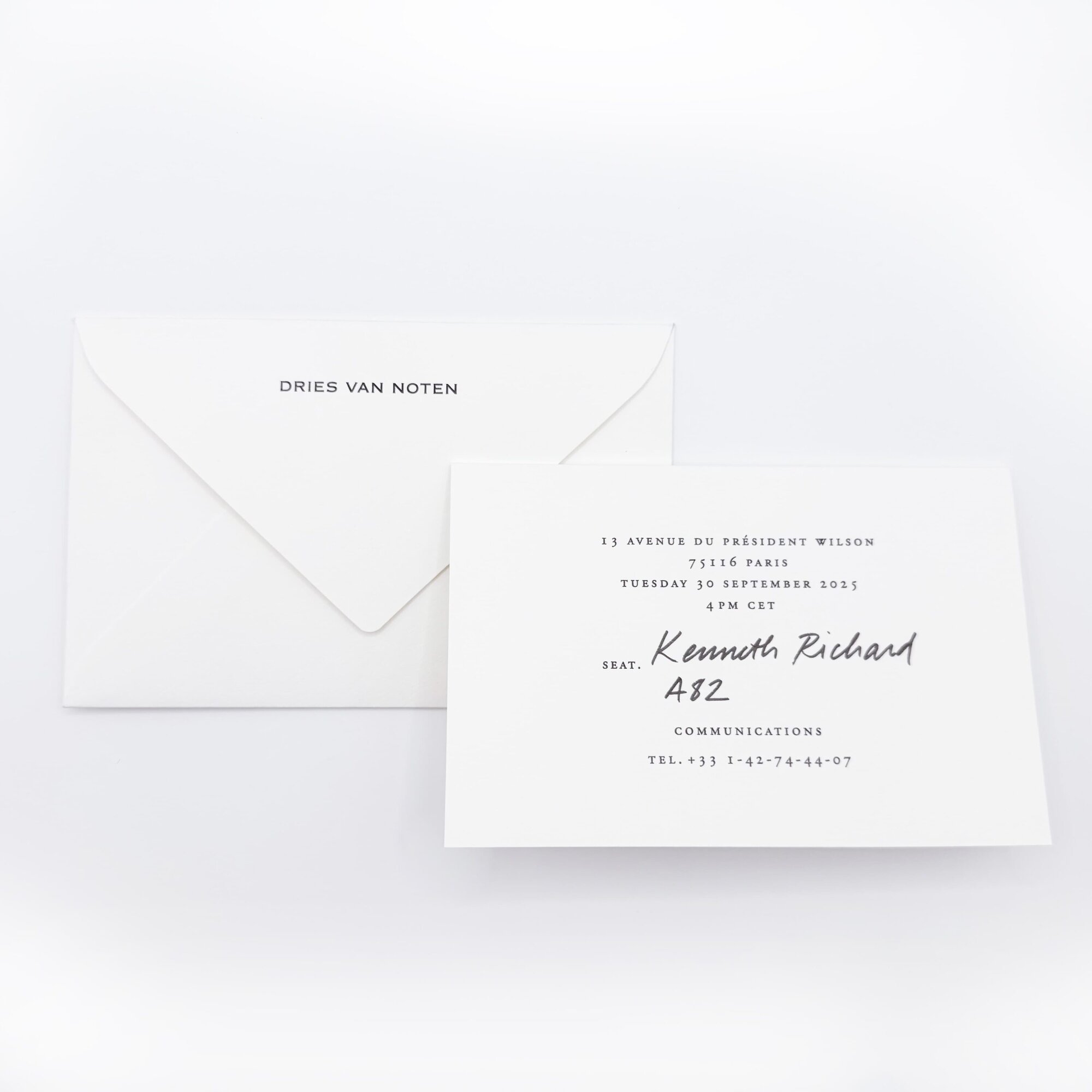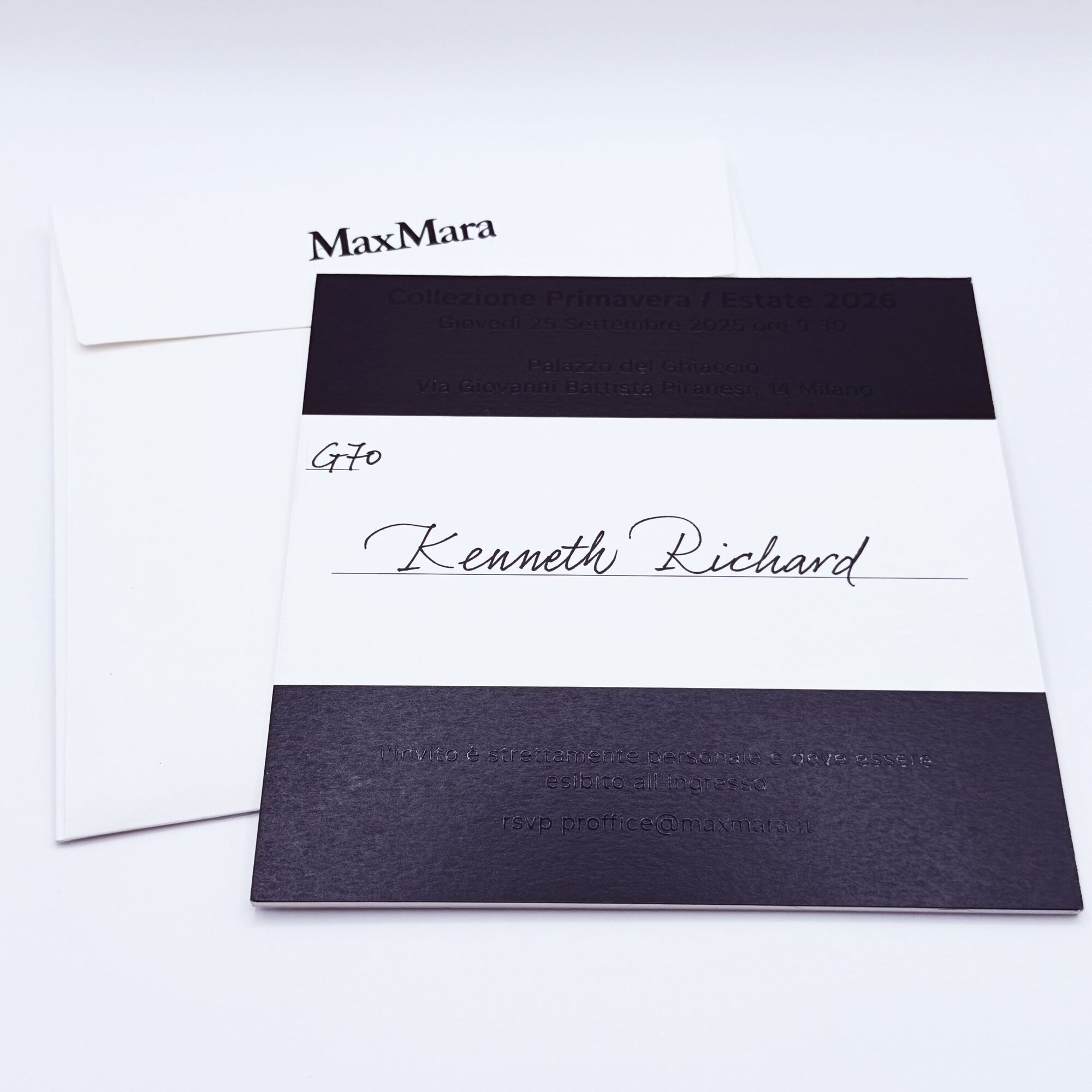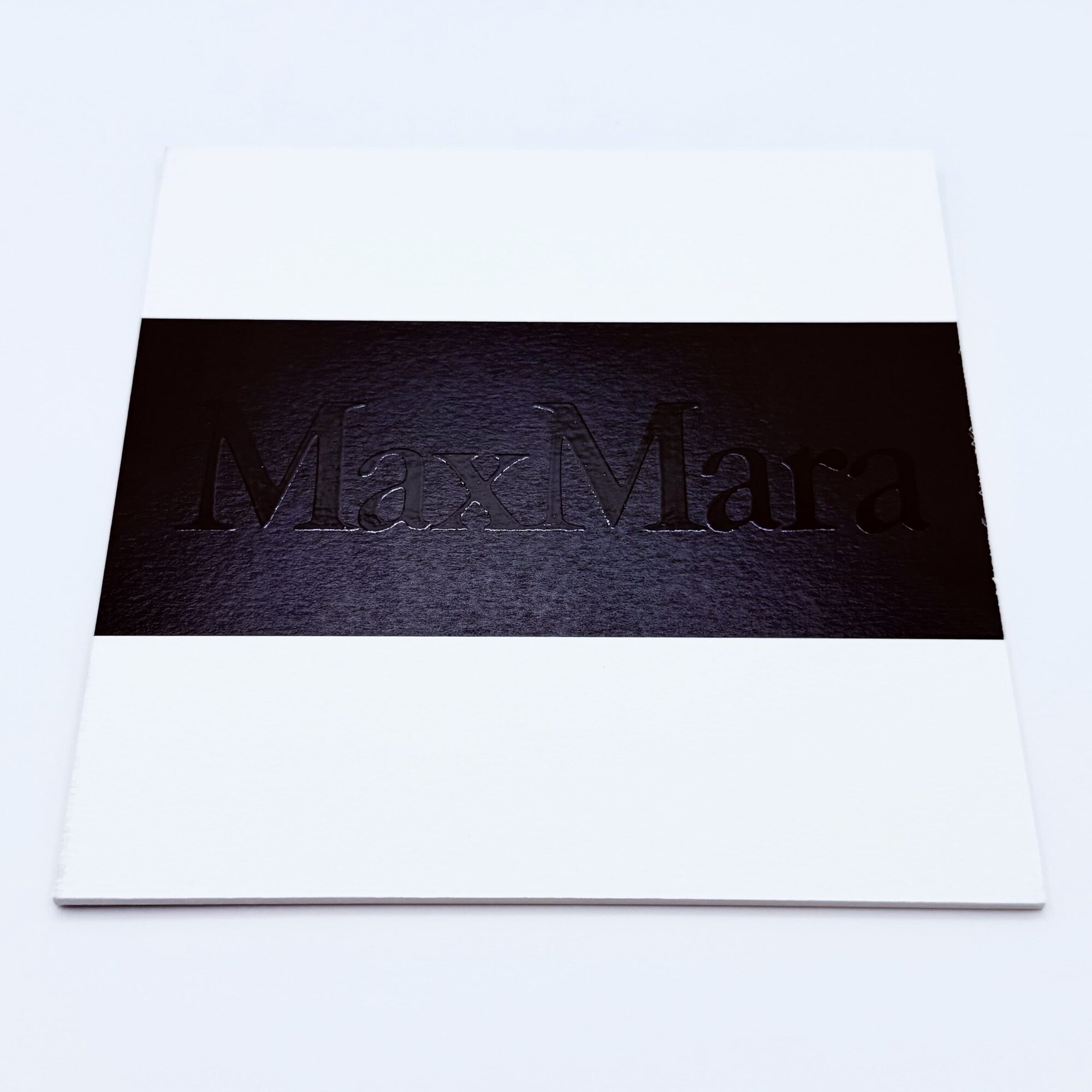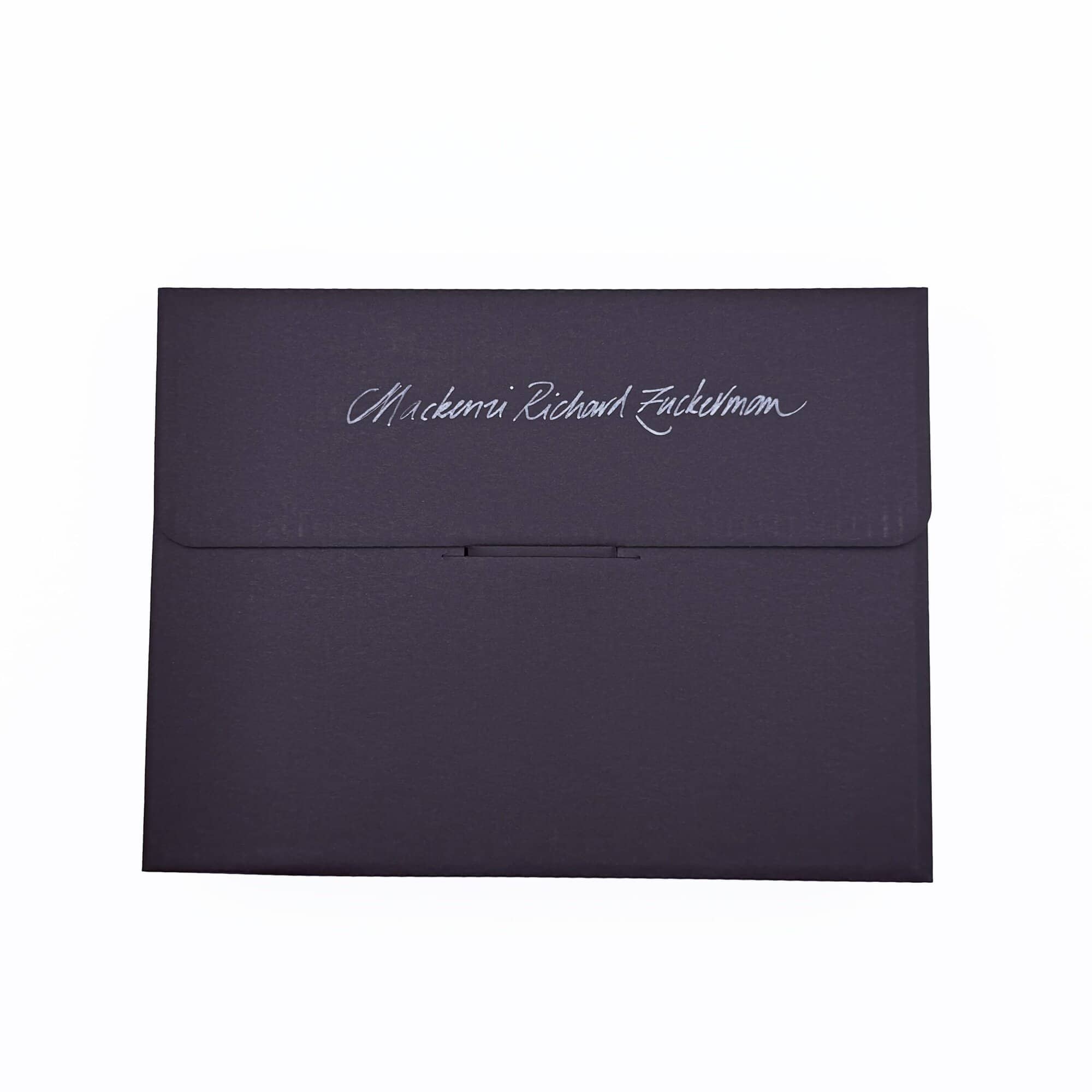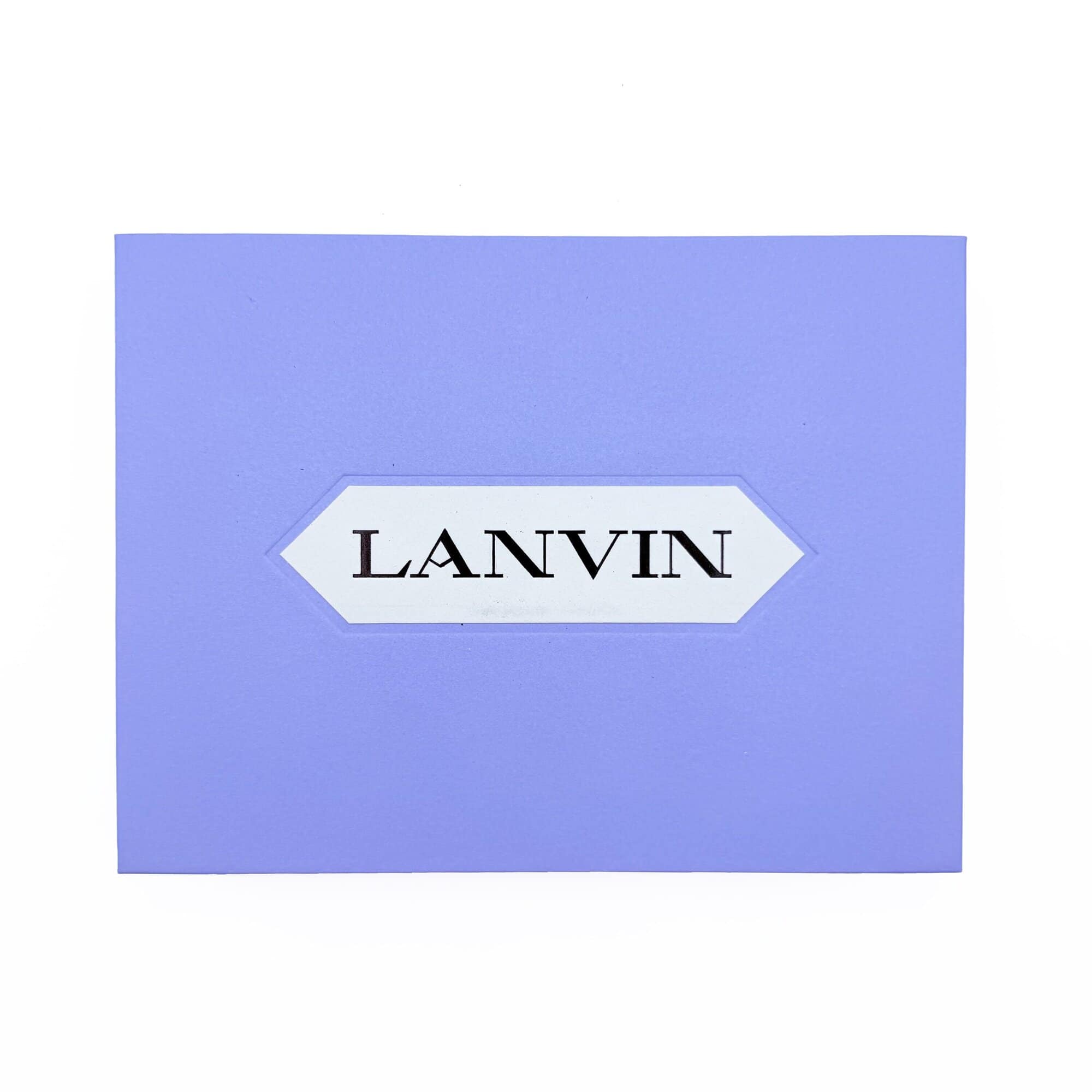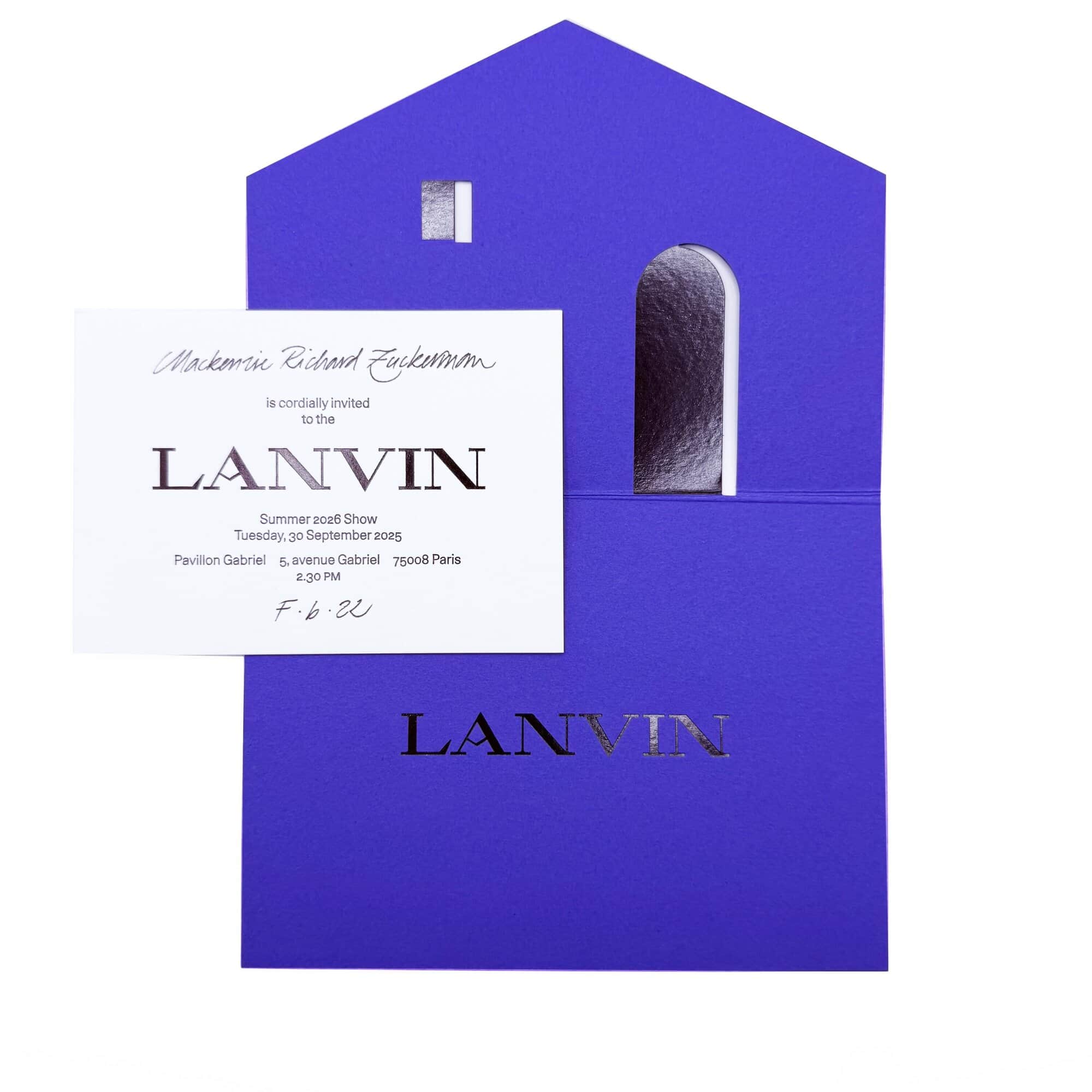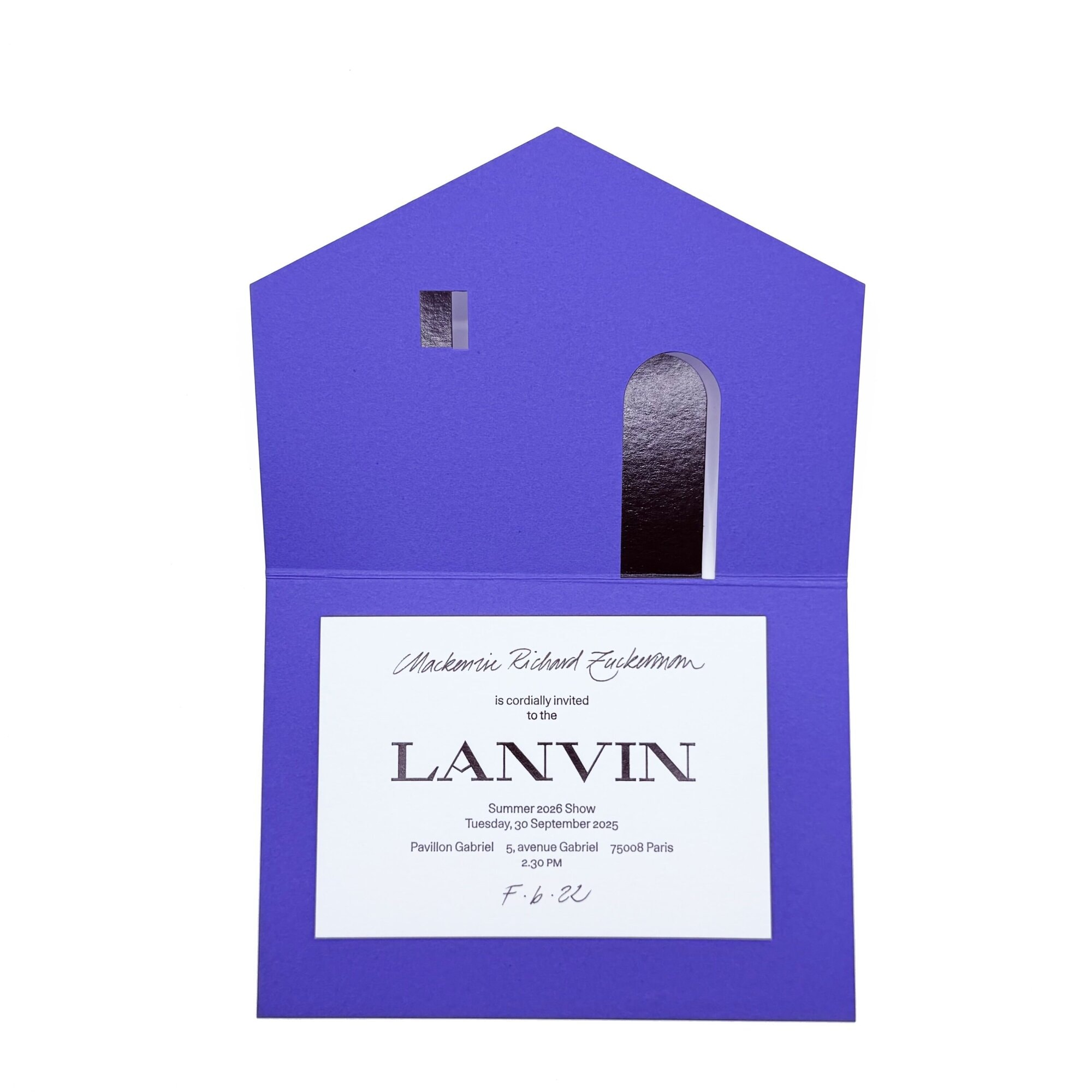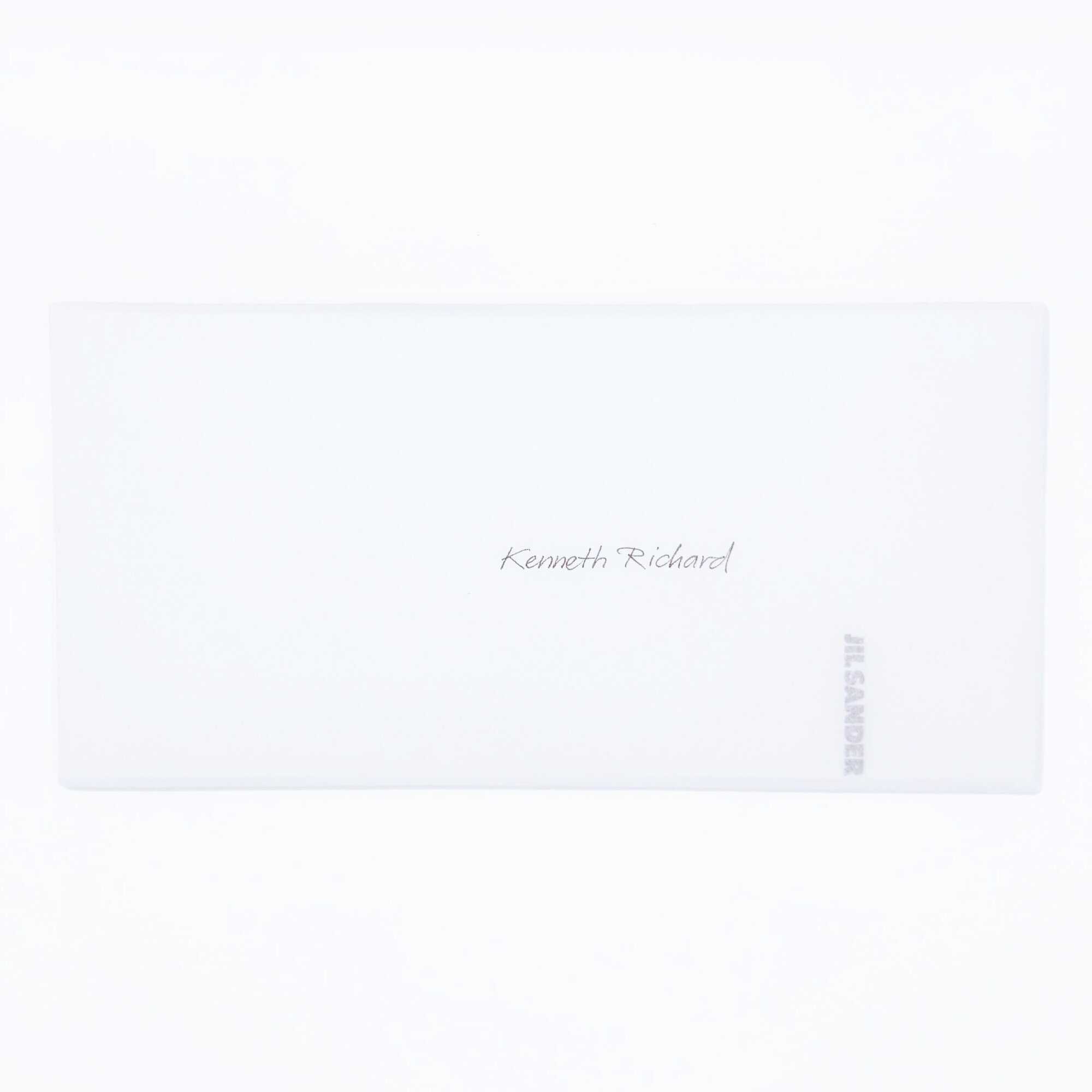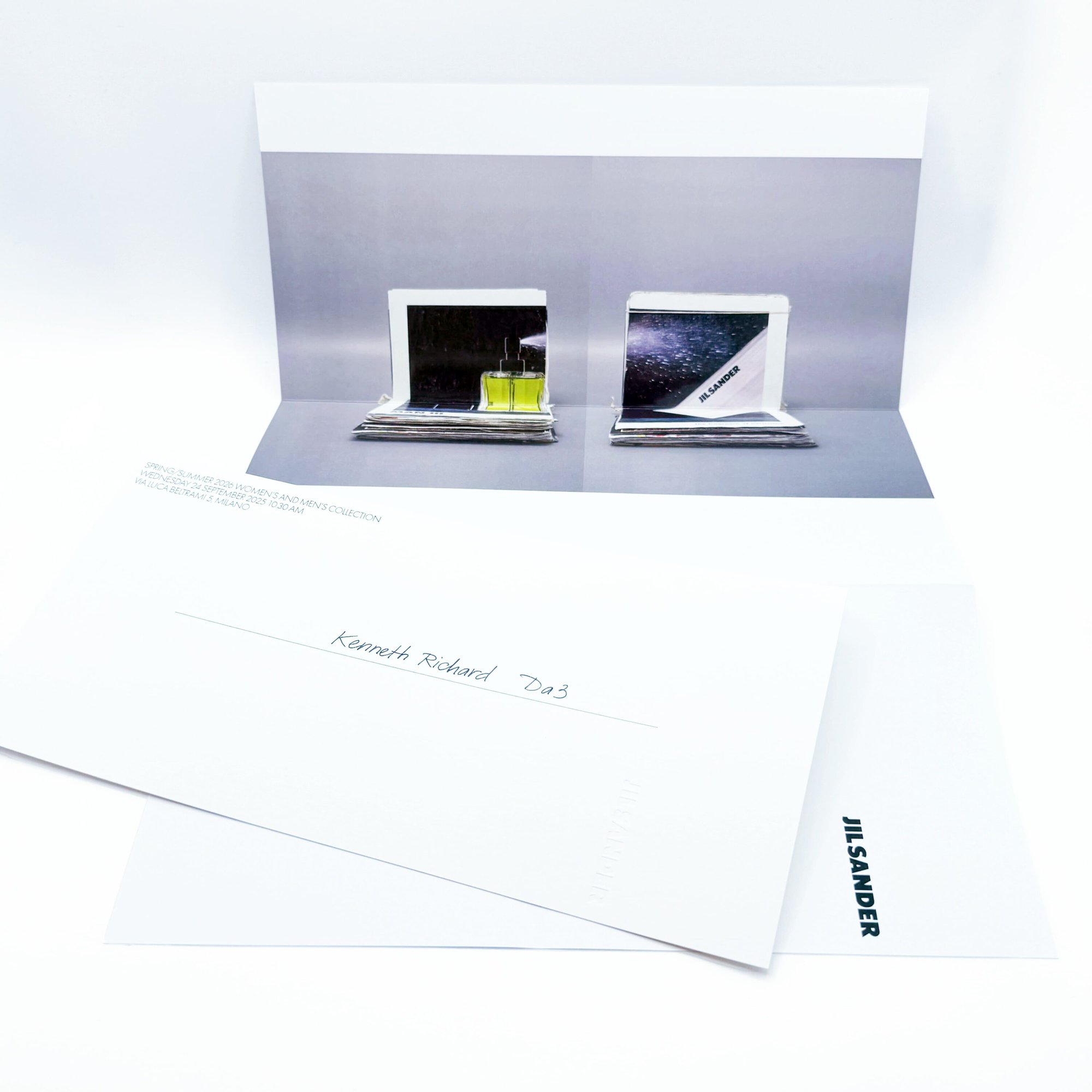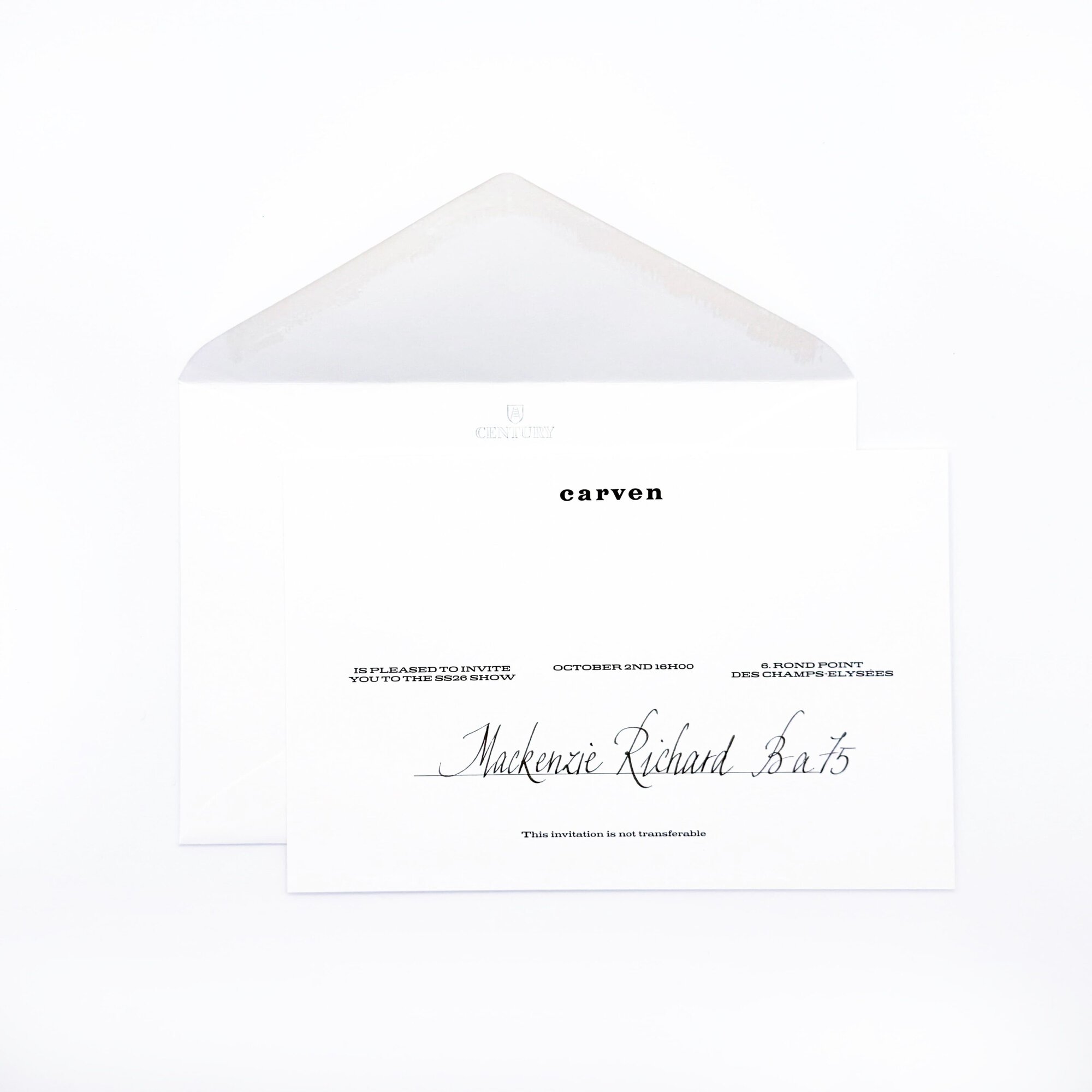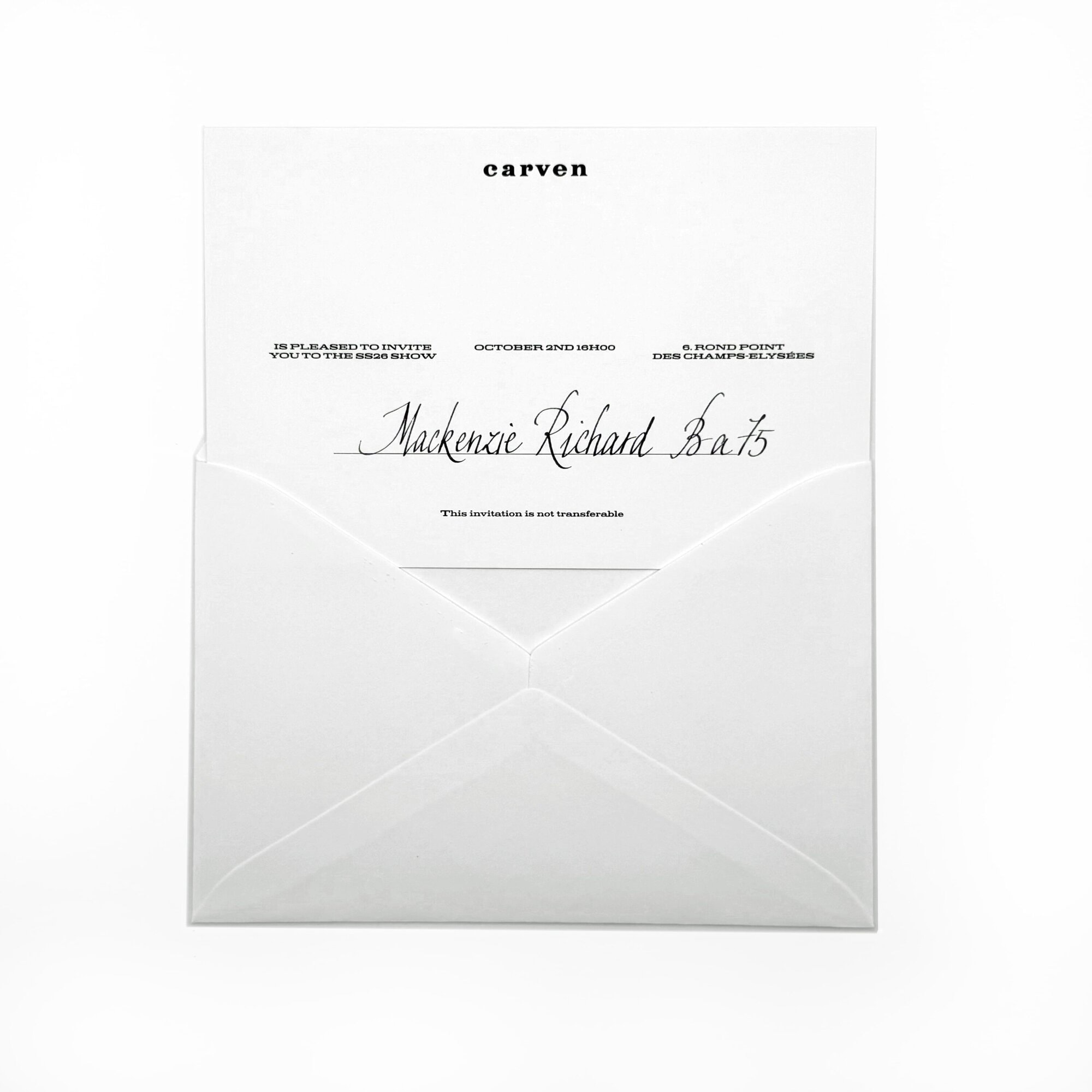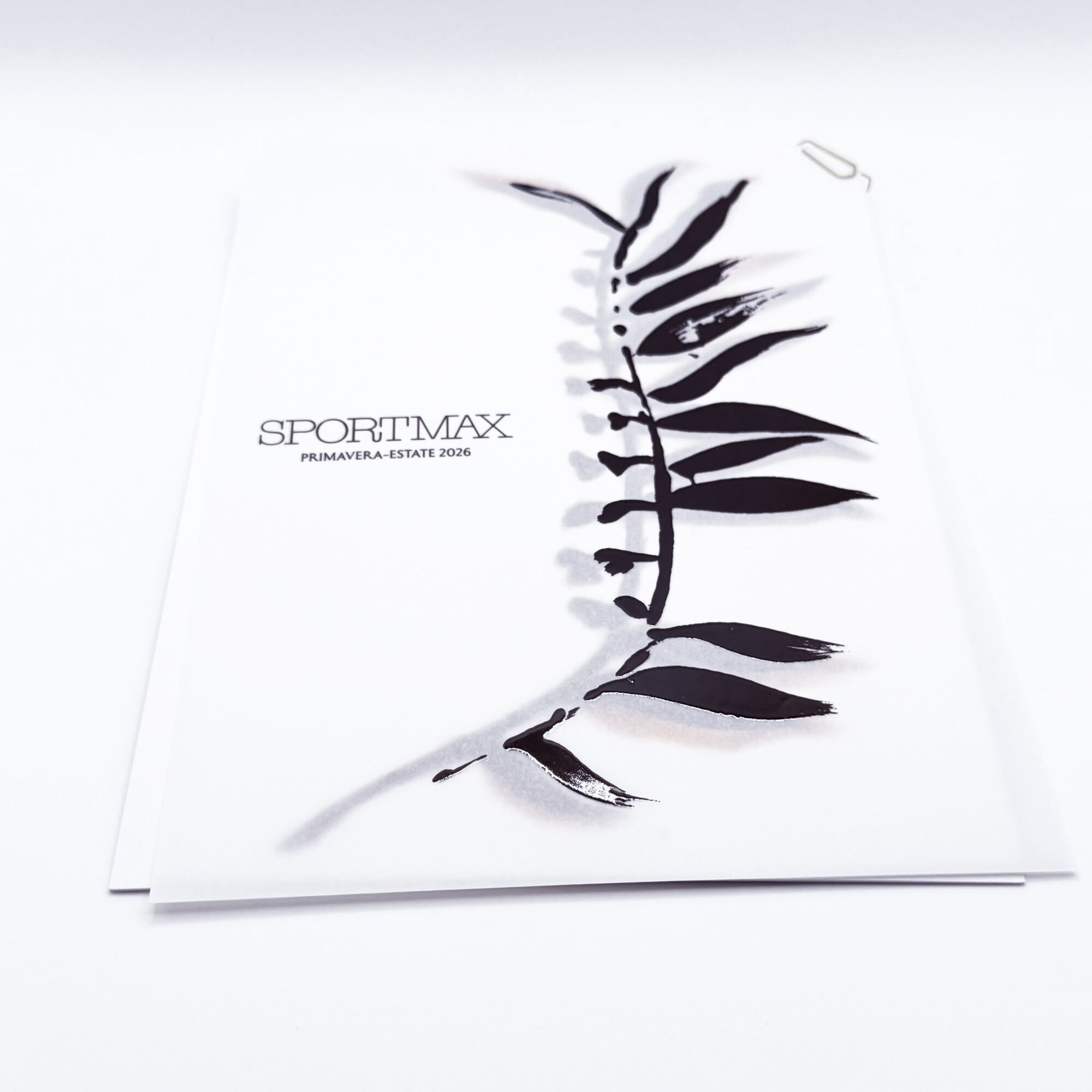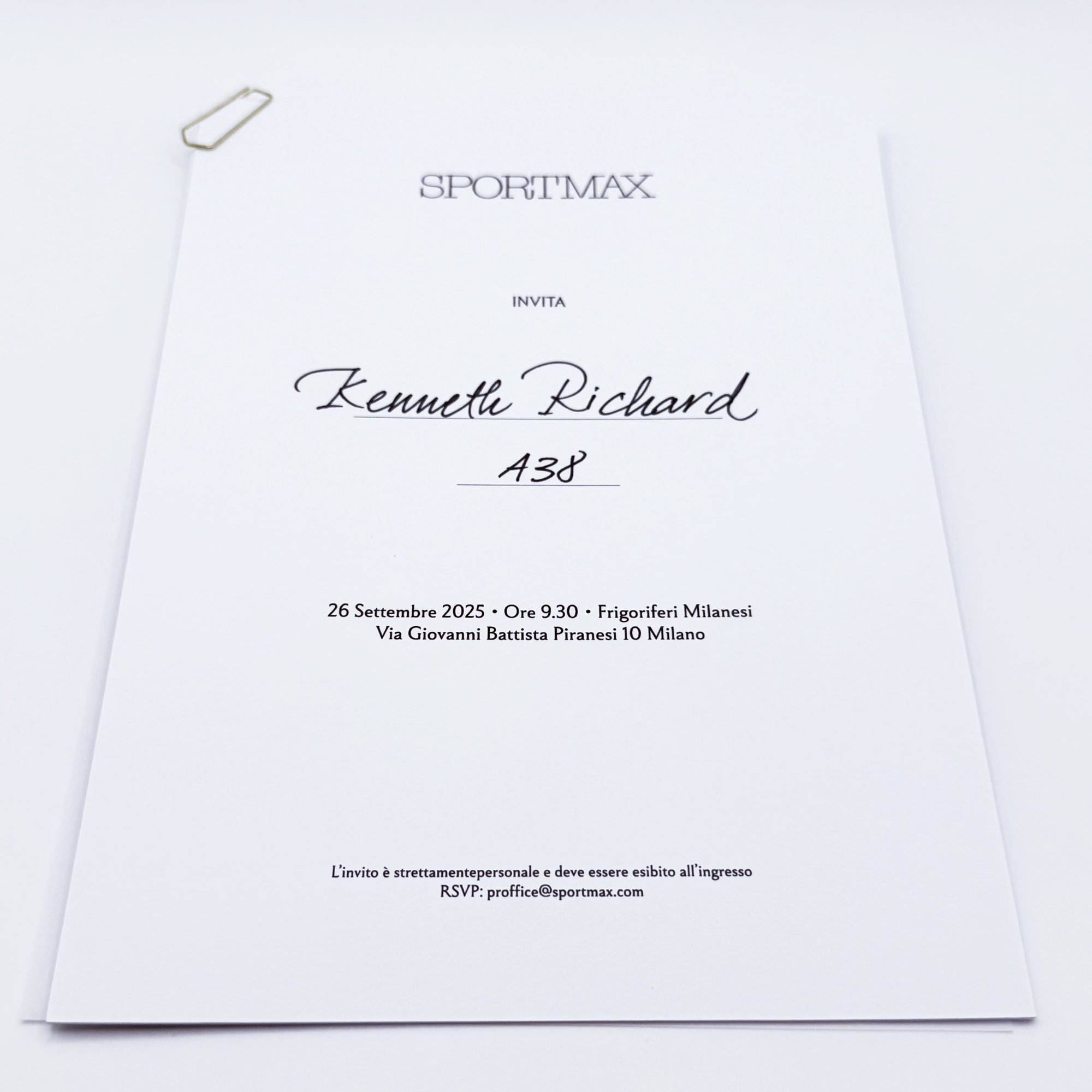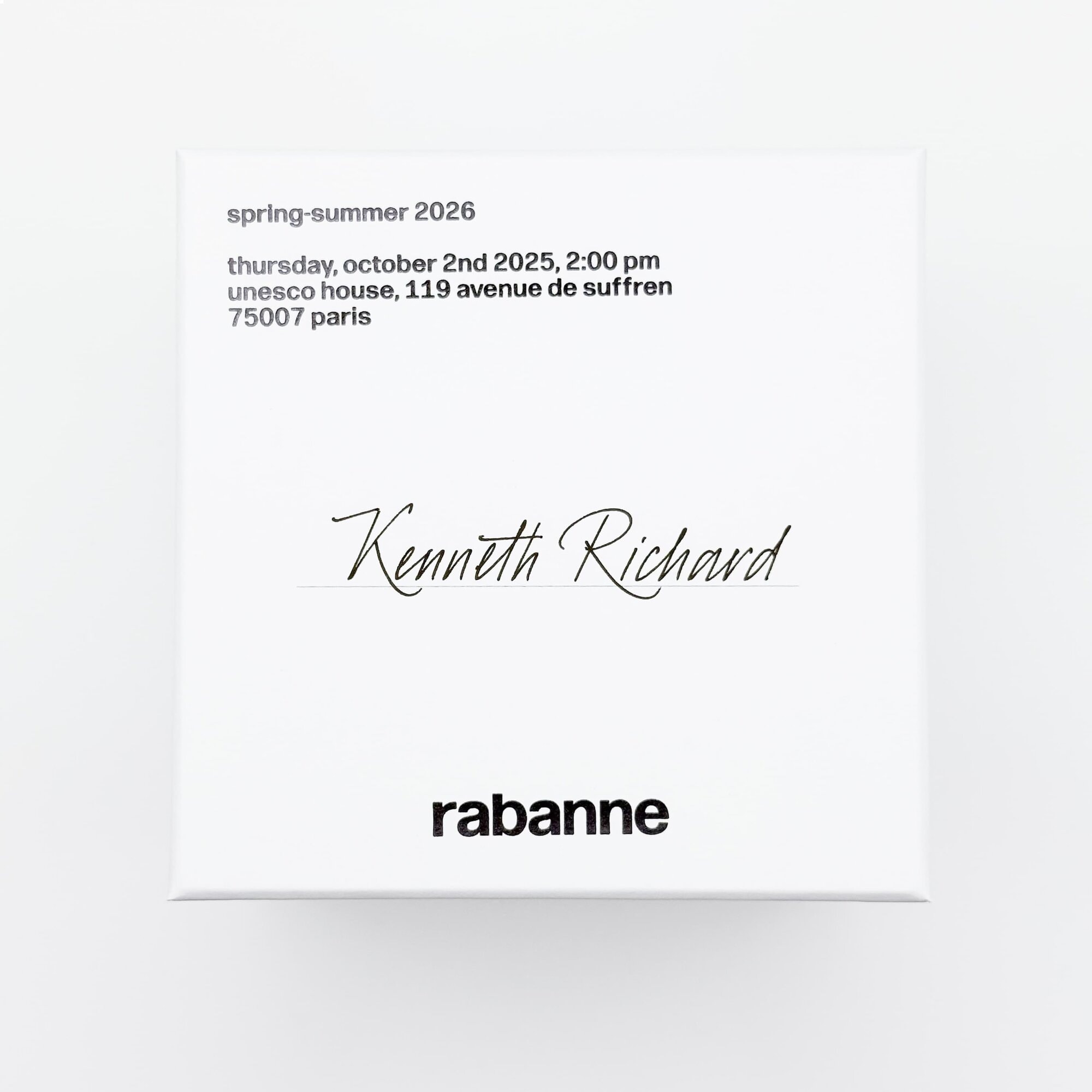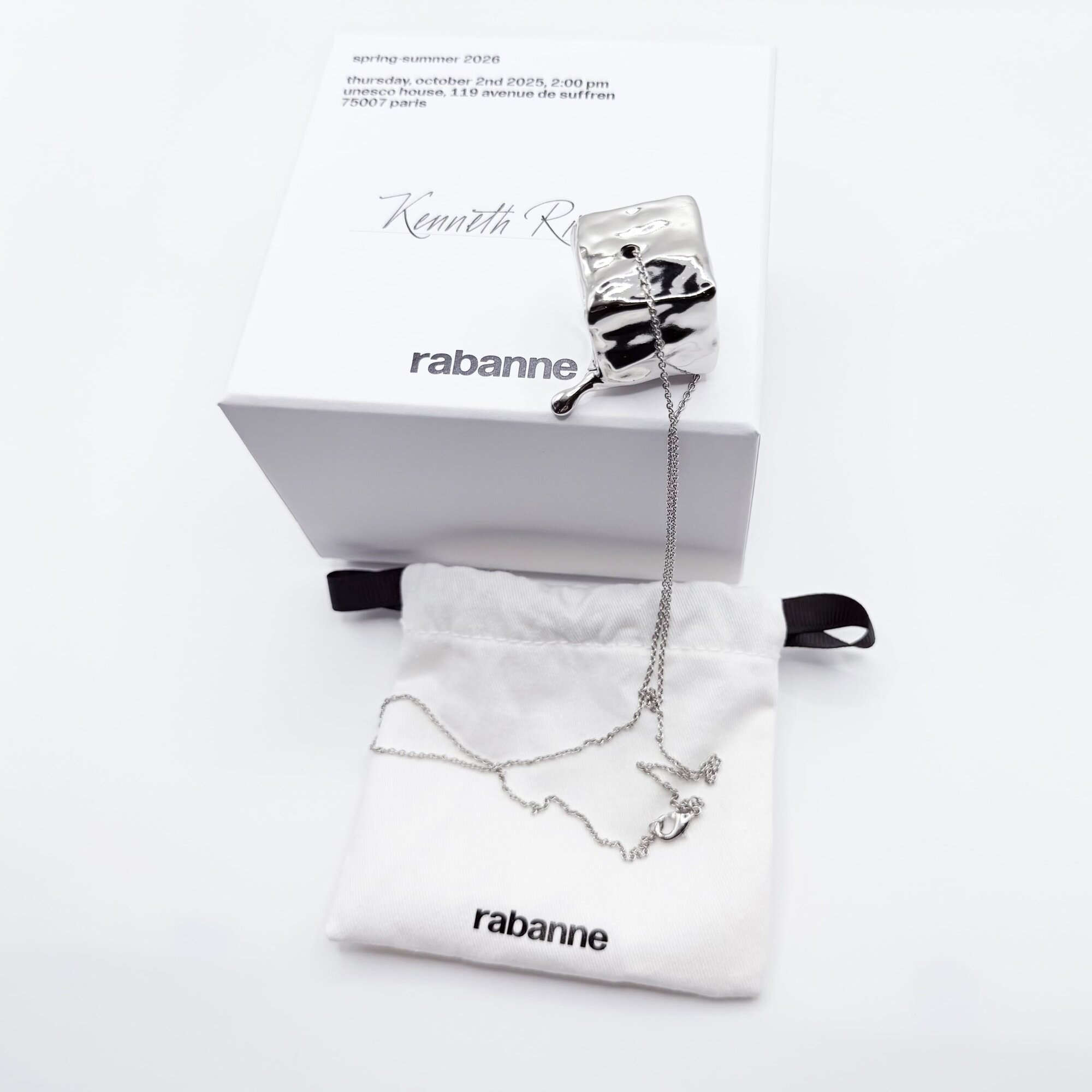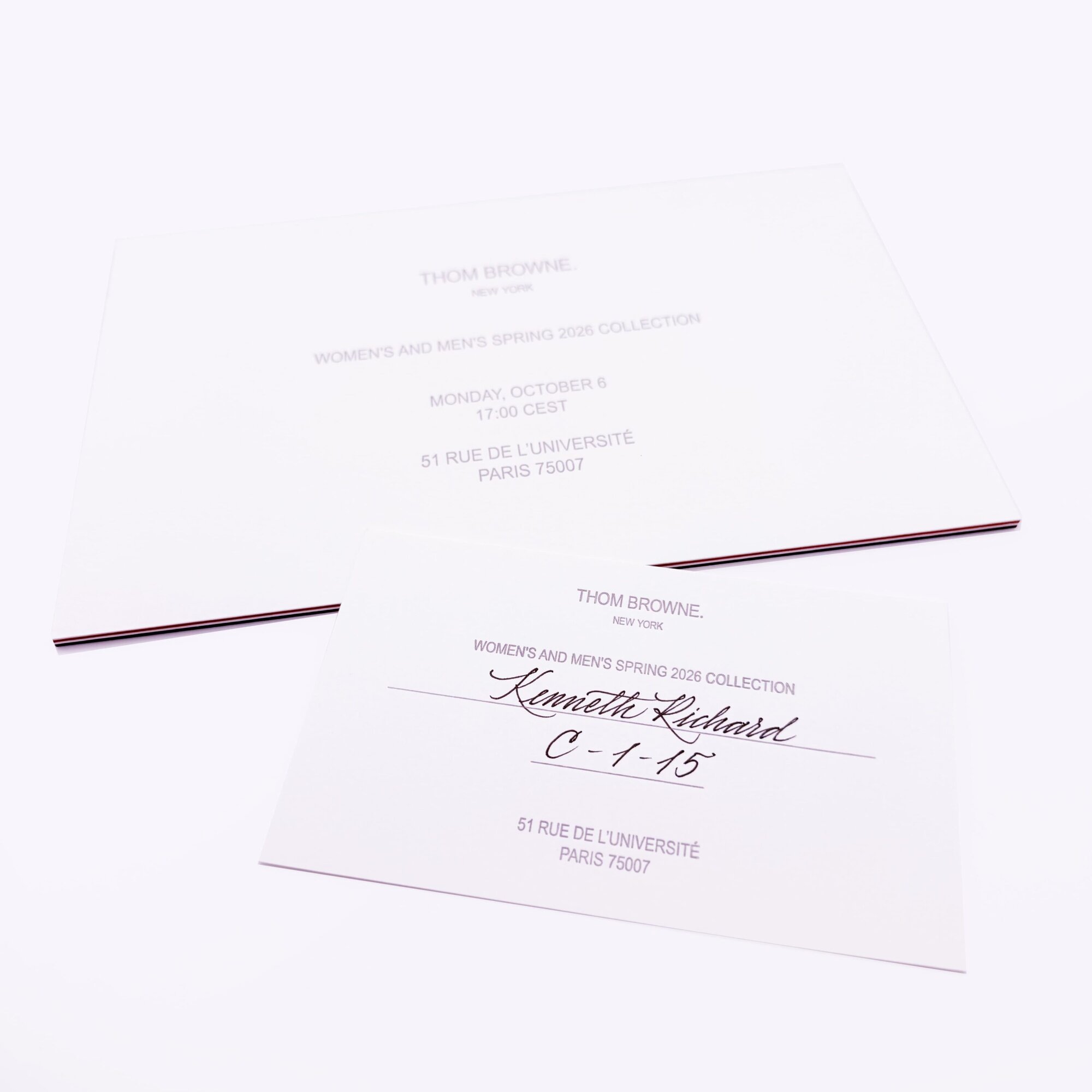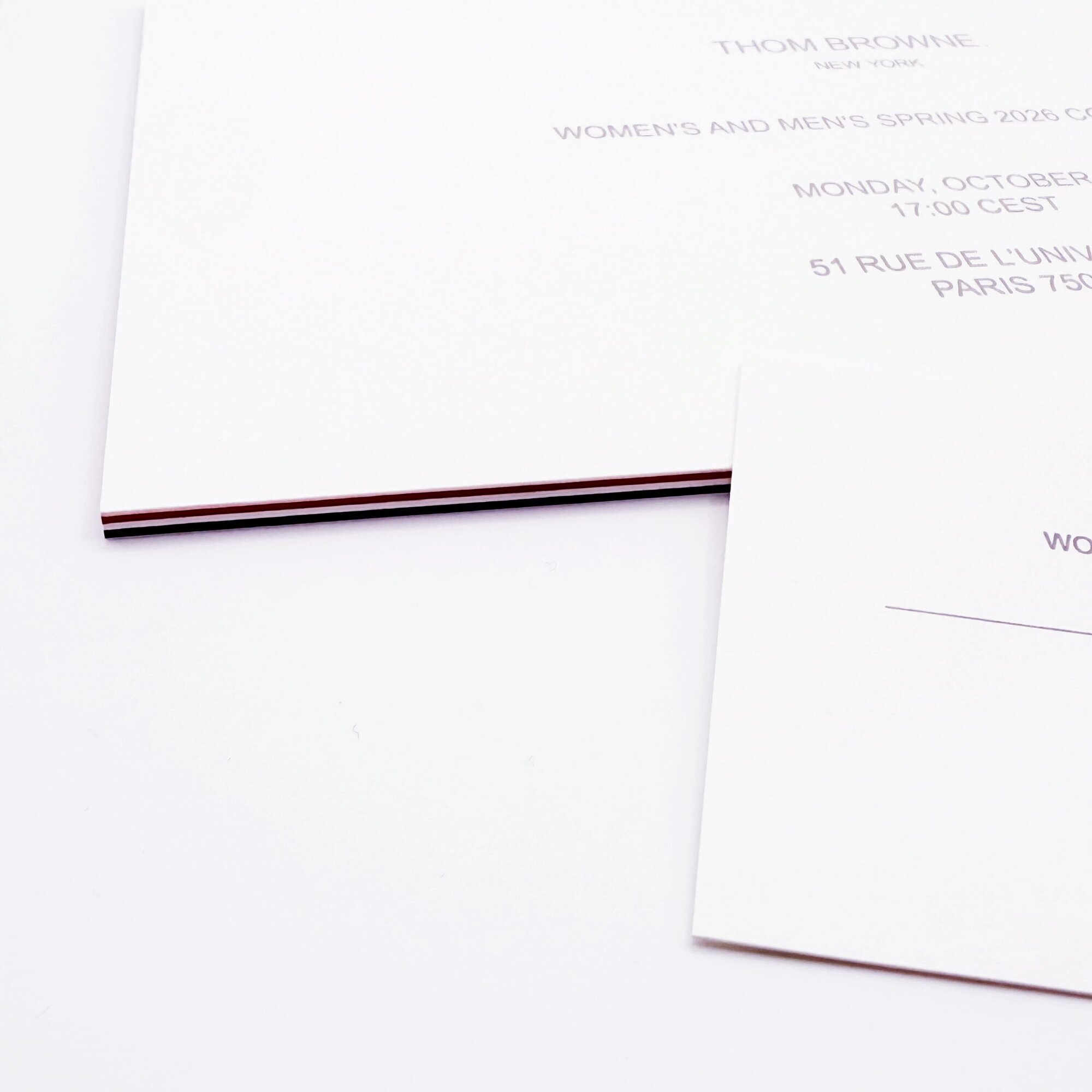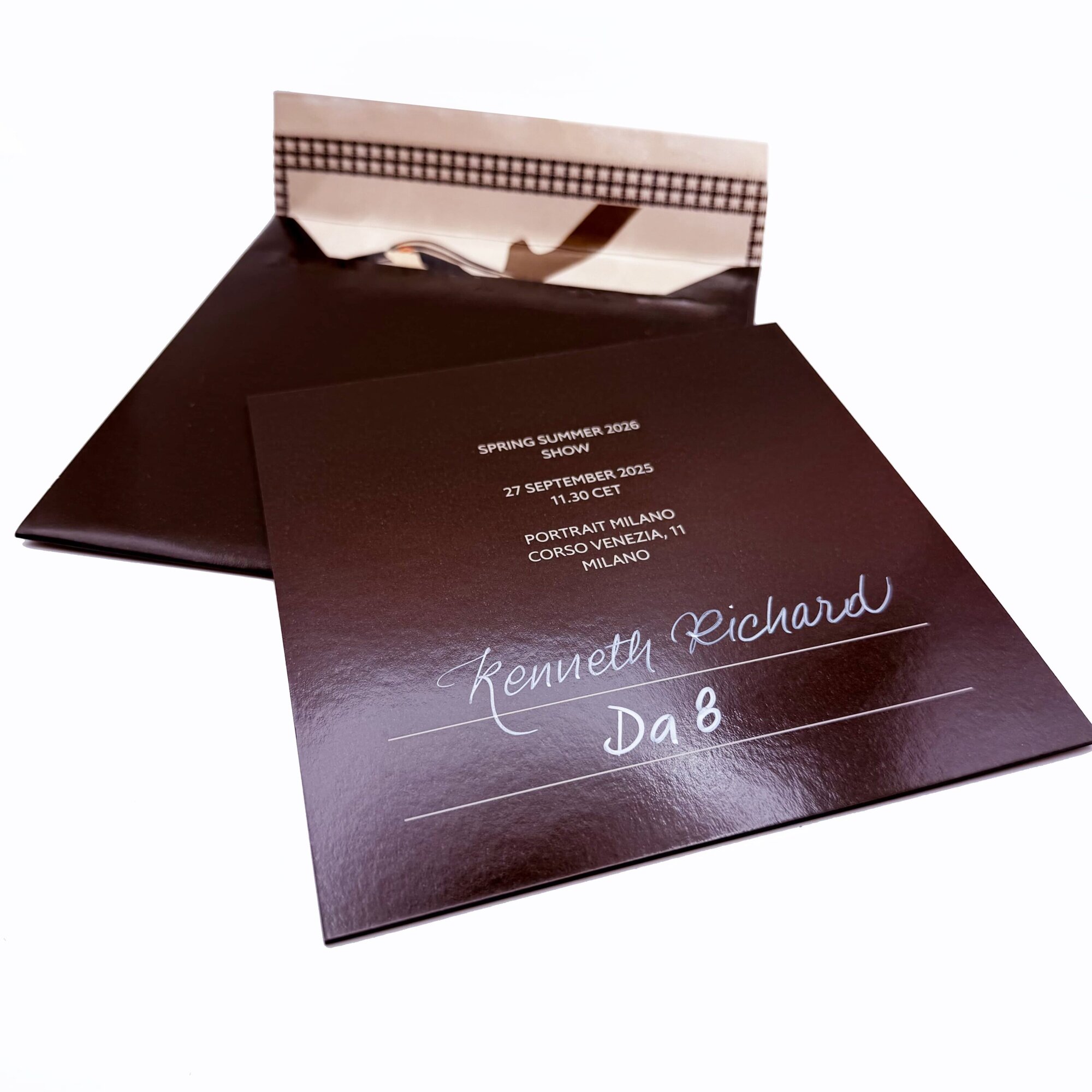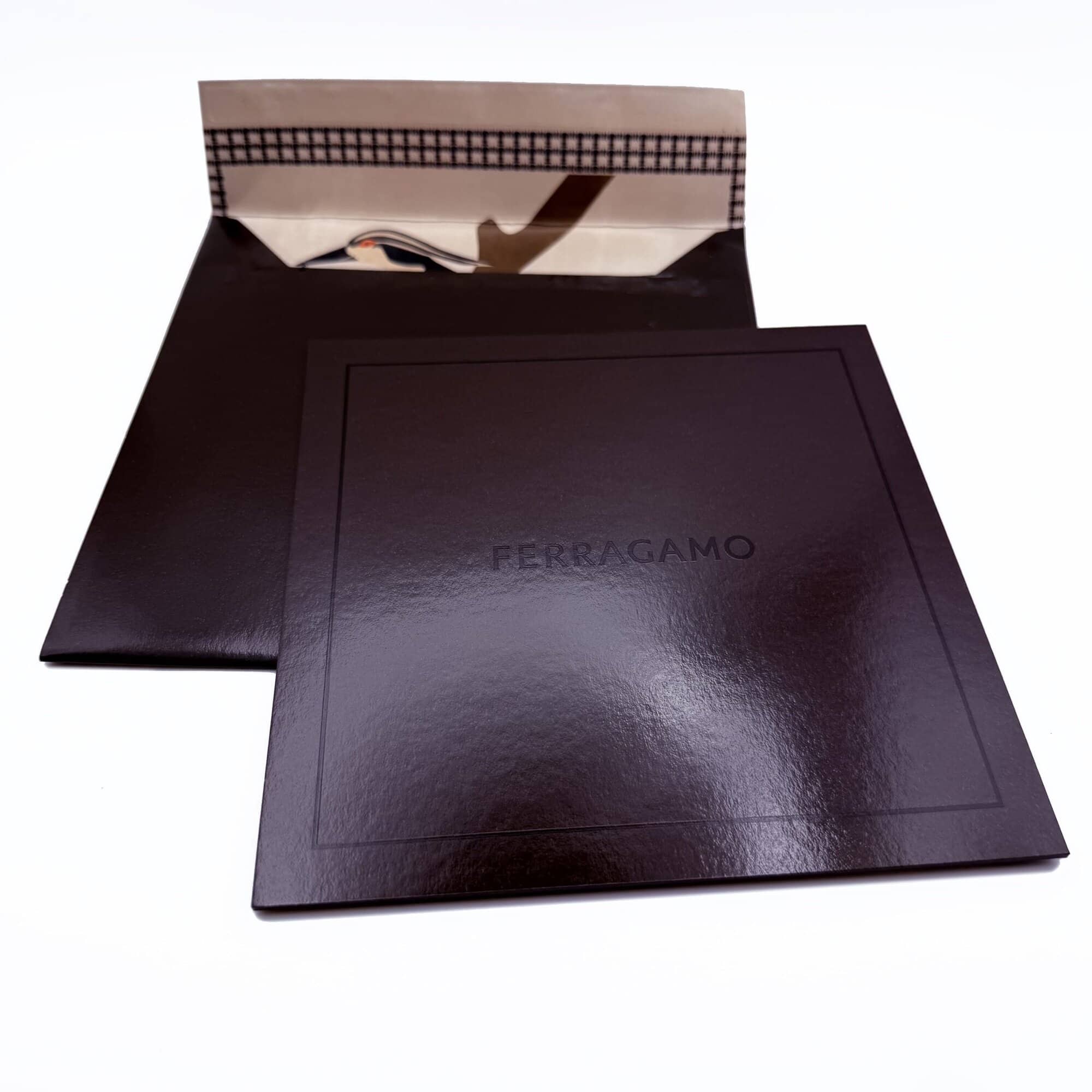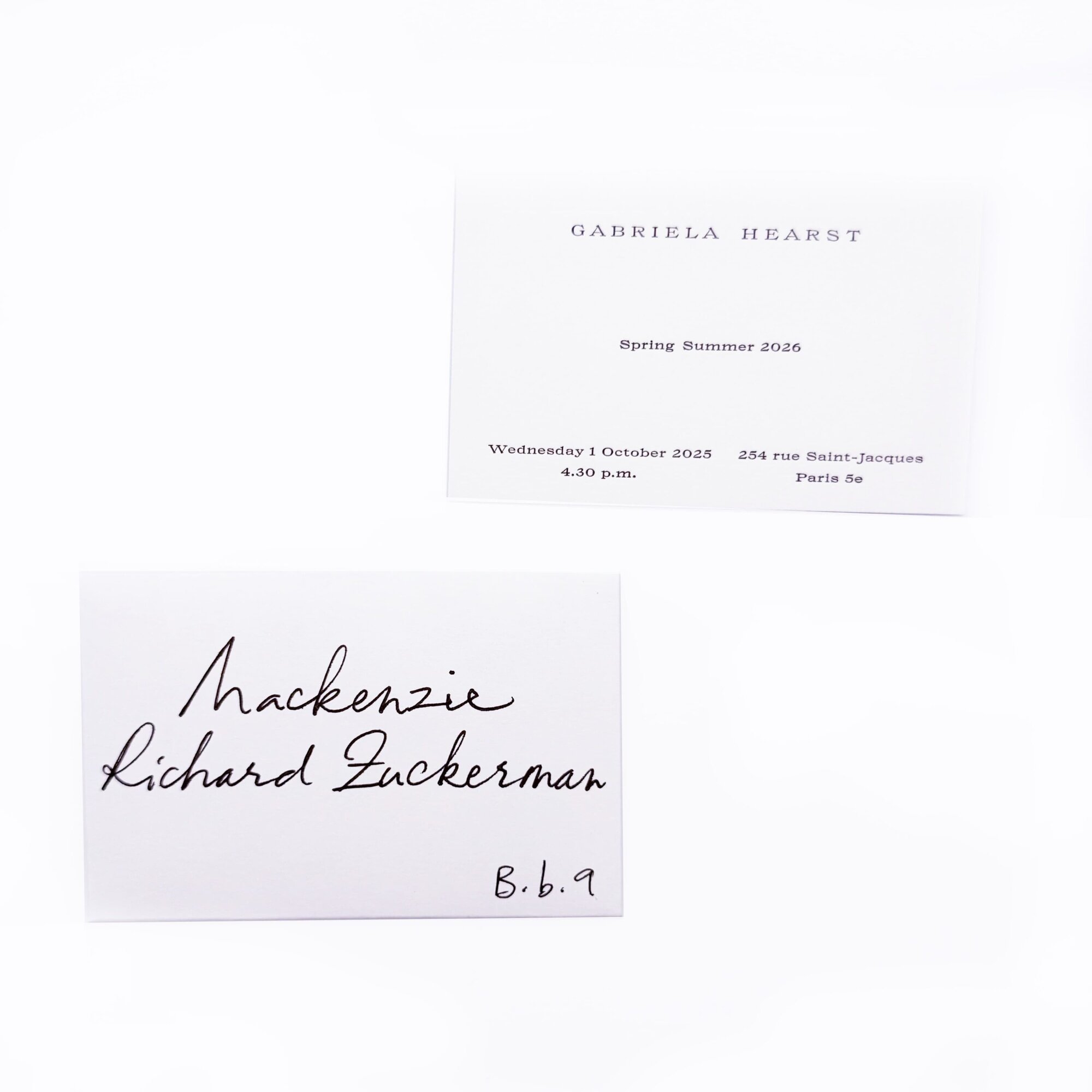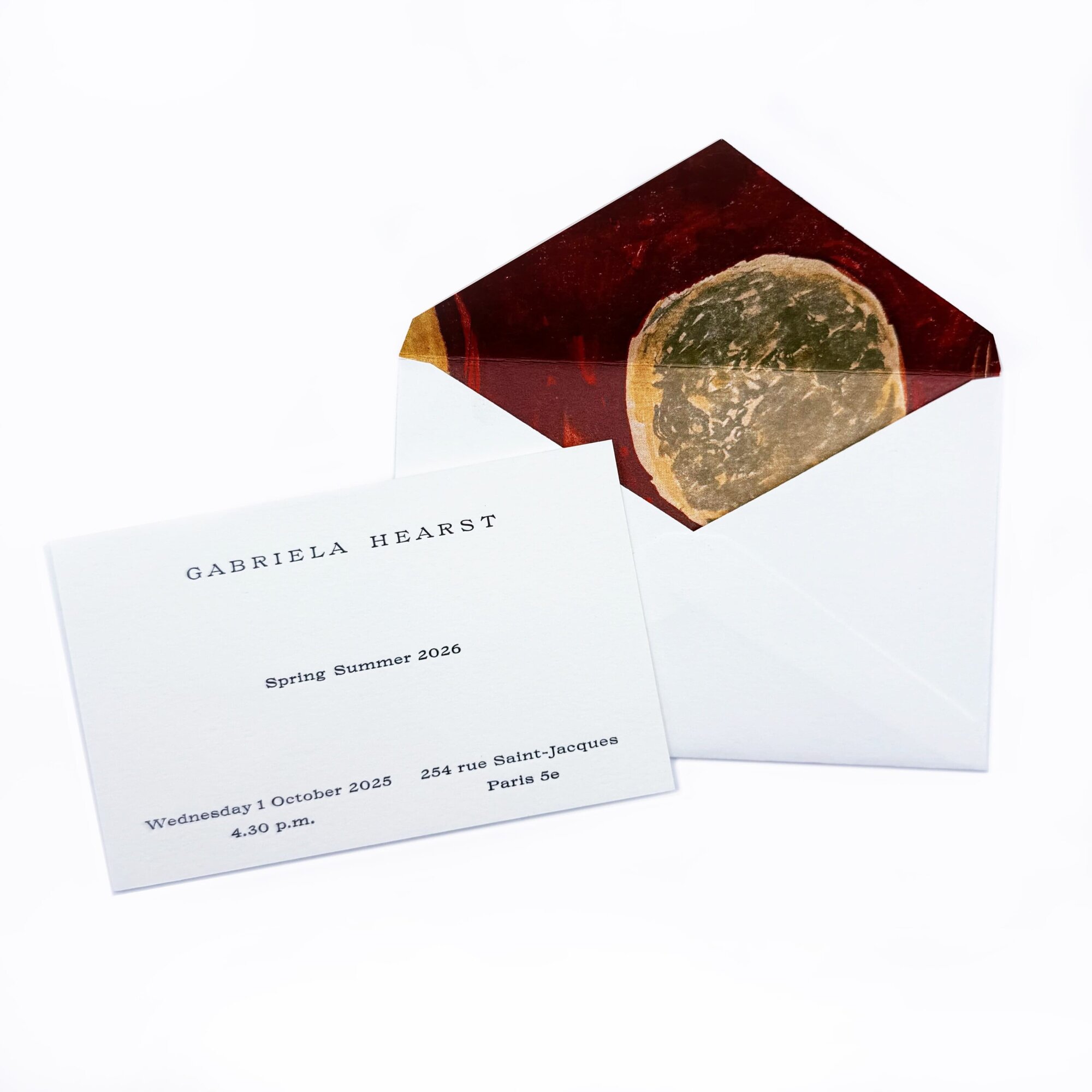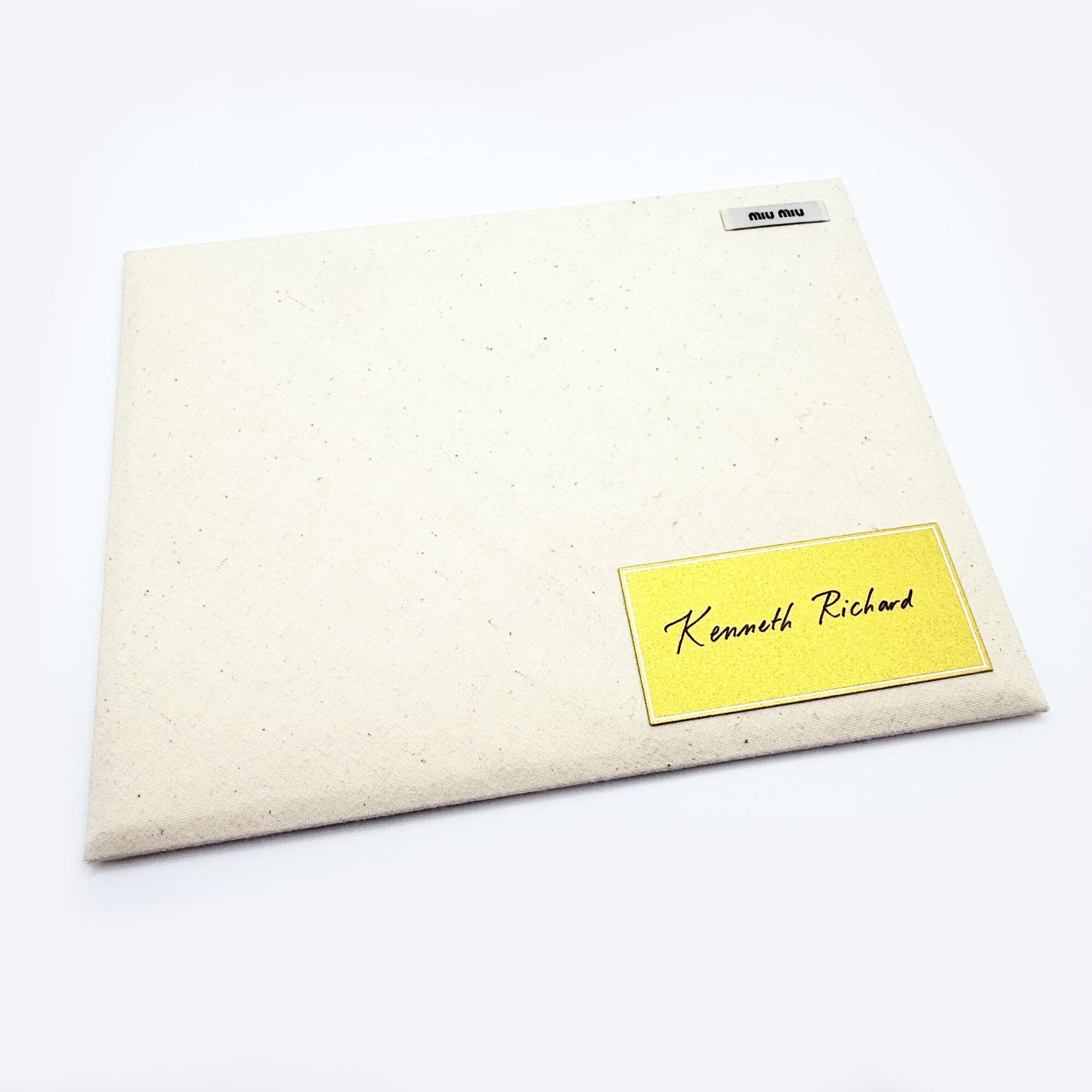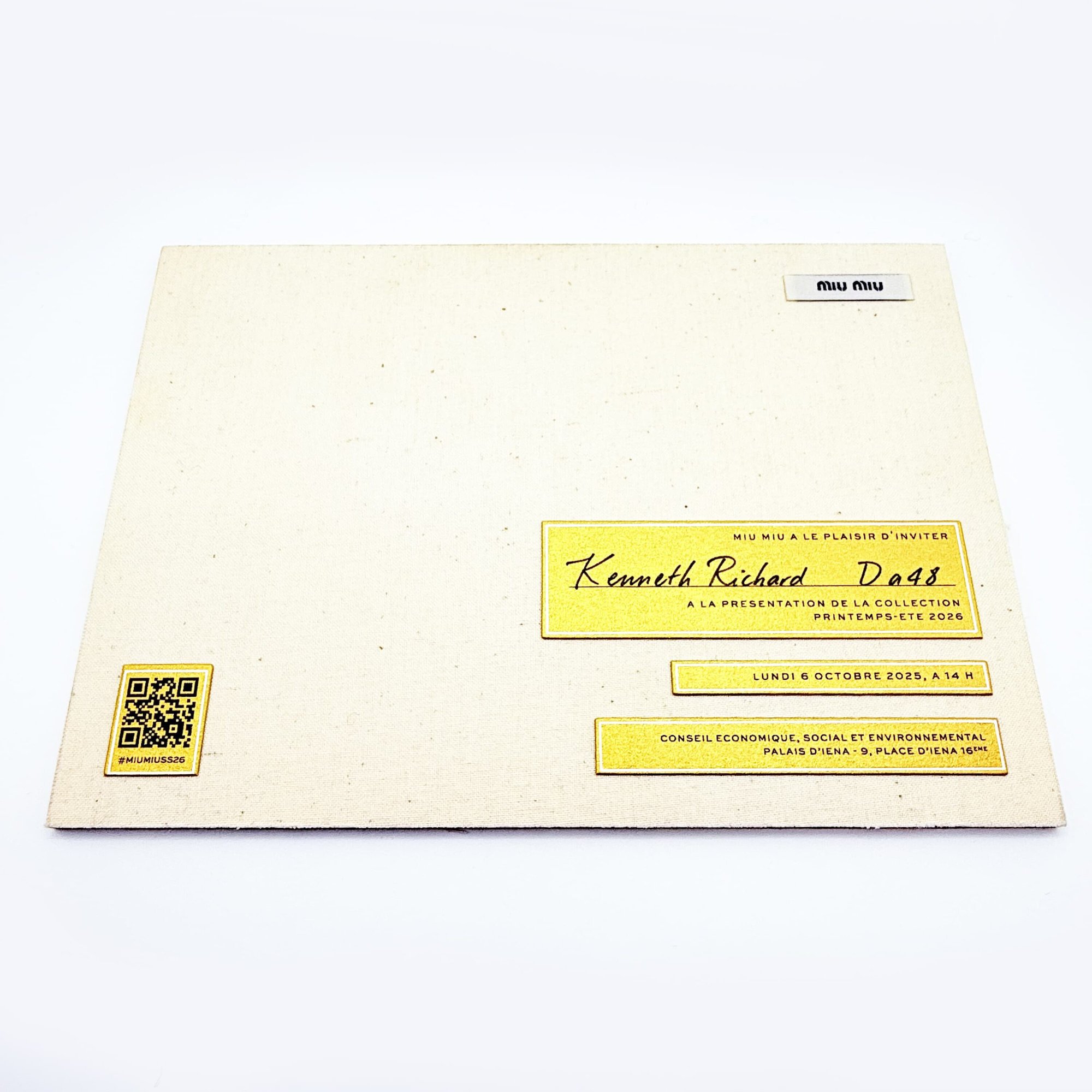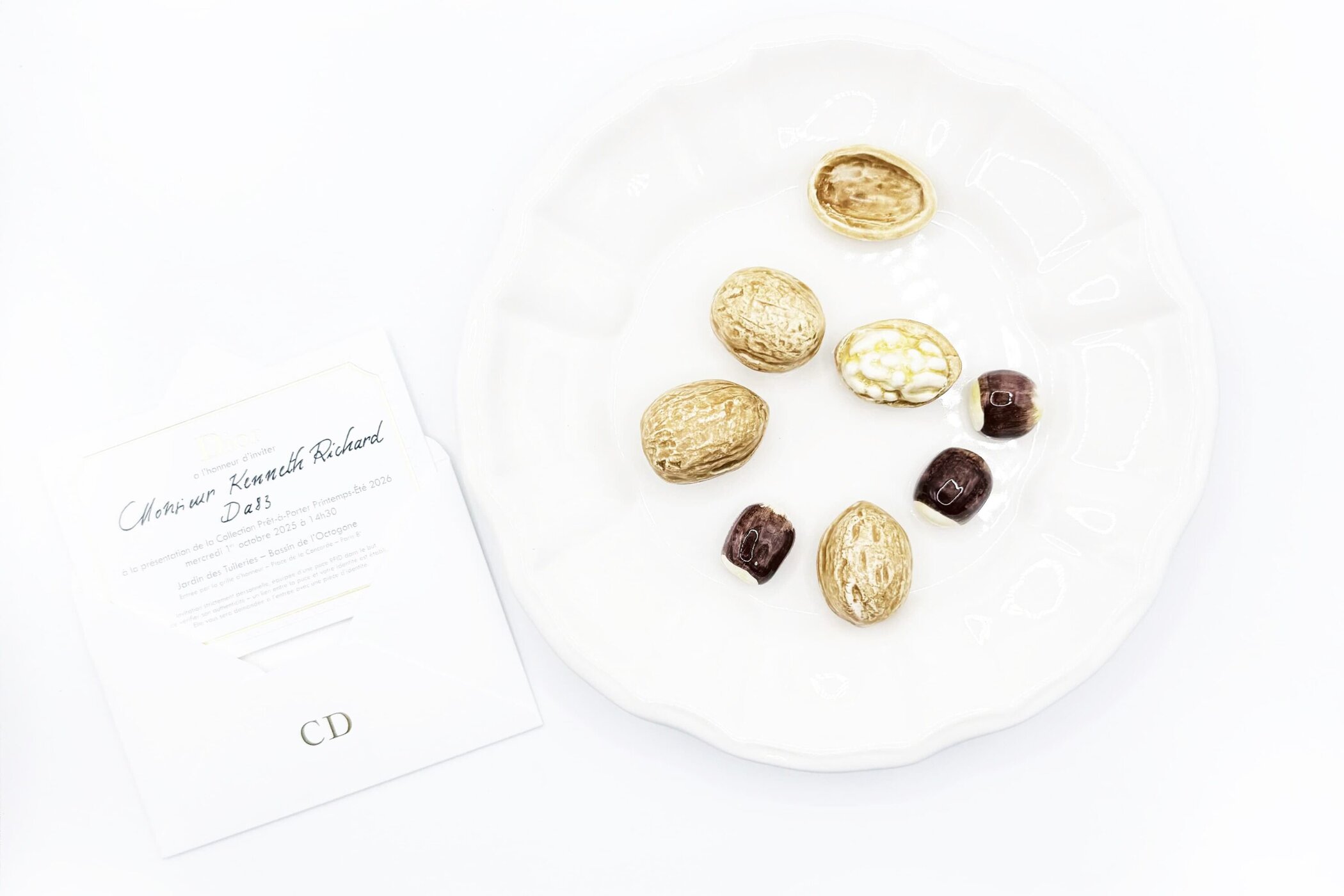From Ceramic Plates To Miniature Maisons, The Spring 2026 Invitations Prove Fashion’s First Gesture Is Often Its Most Telling
Before a model steps onto the runway, before a flash goes off, before a single note of the show’s soundtrack begins — the season quietly opens in the hands of its guests. Folded, boxed, tied, engraved, or delicately wrapped, the fashion show invitation remains one of the industry’s most quietly expressive forms of storytelling — a prologue in three dimensions.
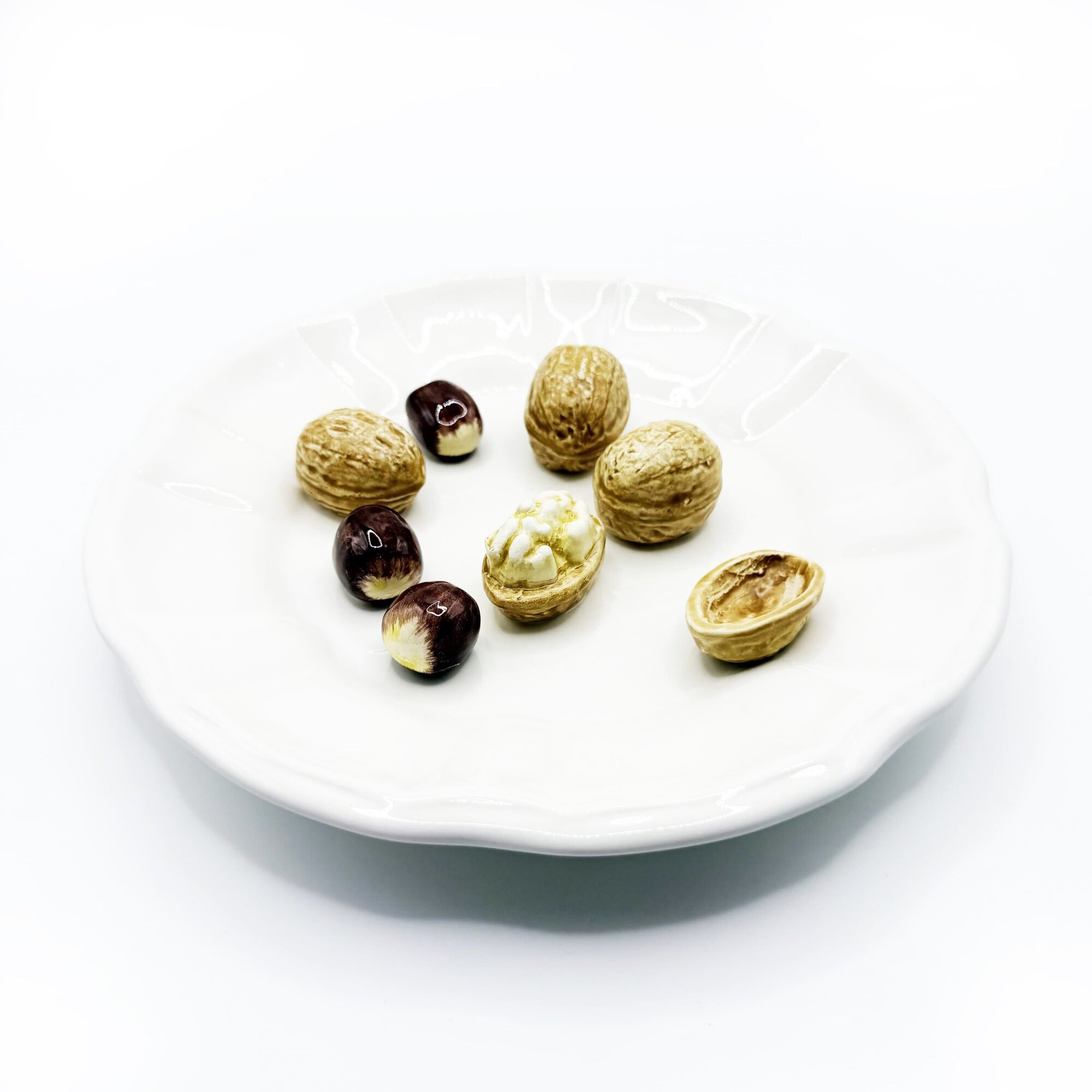
For Spring 2026, that story begins with a series of remarkable debuts and imaginative gestures. Across Paris and Milan, the season’s first arrivals were not in the front row, but in the mail — each envelope a tactile clue to a designer’s intent, each object a promise of what’s to come.
At Dior, JW Anderson marked his first women’s collection with an invitation that doubled as a keepsake: a ceramic plate, at once fragile and enduring. Its smooth surface carried no excess, only the sense of ceremony that has long defined Dior — reimagined with Anderson’s conceptual wit. A plate to dine on, or to display? Perhaps both, reminding us that fashion’s appetite for ideas is never far from the table.
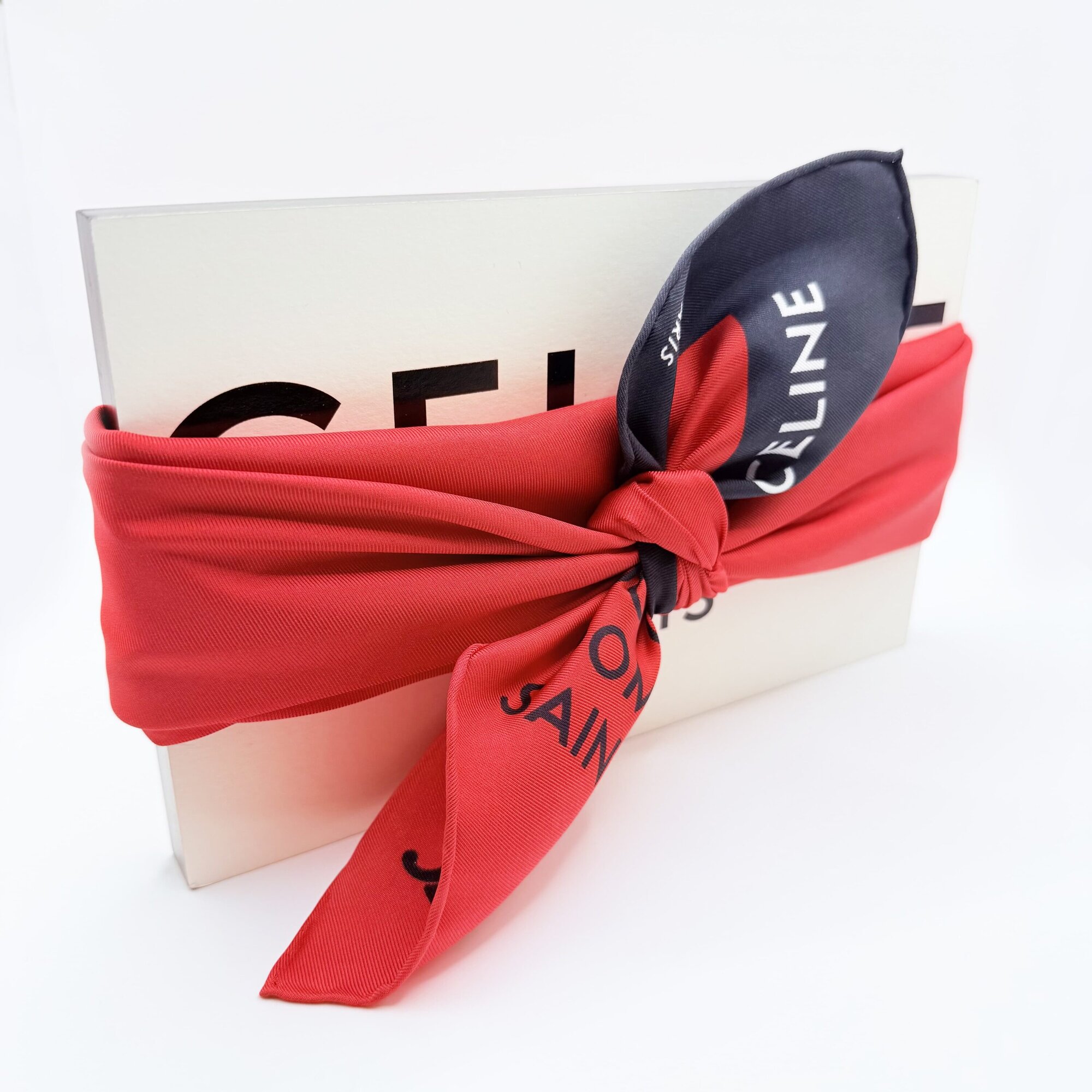
At Celine, the gesture was one of intimacy and restraint. A thick paper invitation came bound in a red scarf — its silk weight and typography unmistakably Parisian, yet quietly cinematic. In tying the card by hand, guests were made to feel part of the ritual: unfolding, unwrapping, participating in the act of discovery that sits at the heart of Michael Rider’s vision.
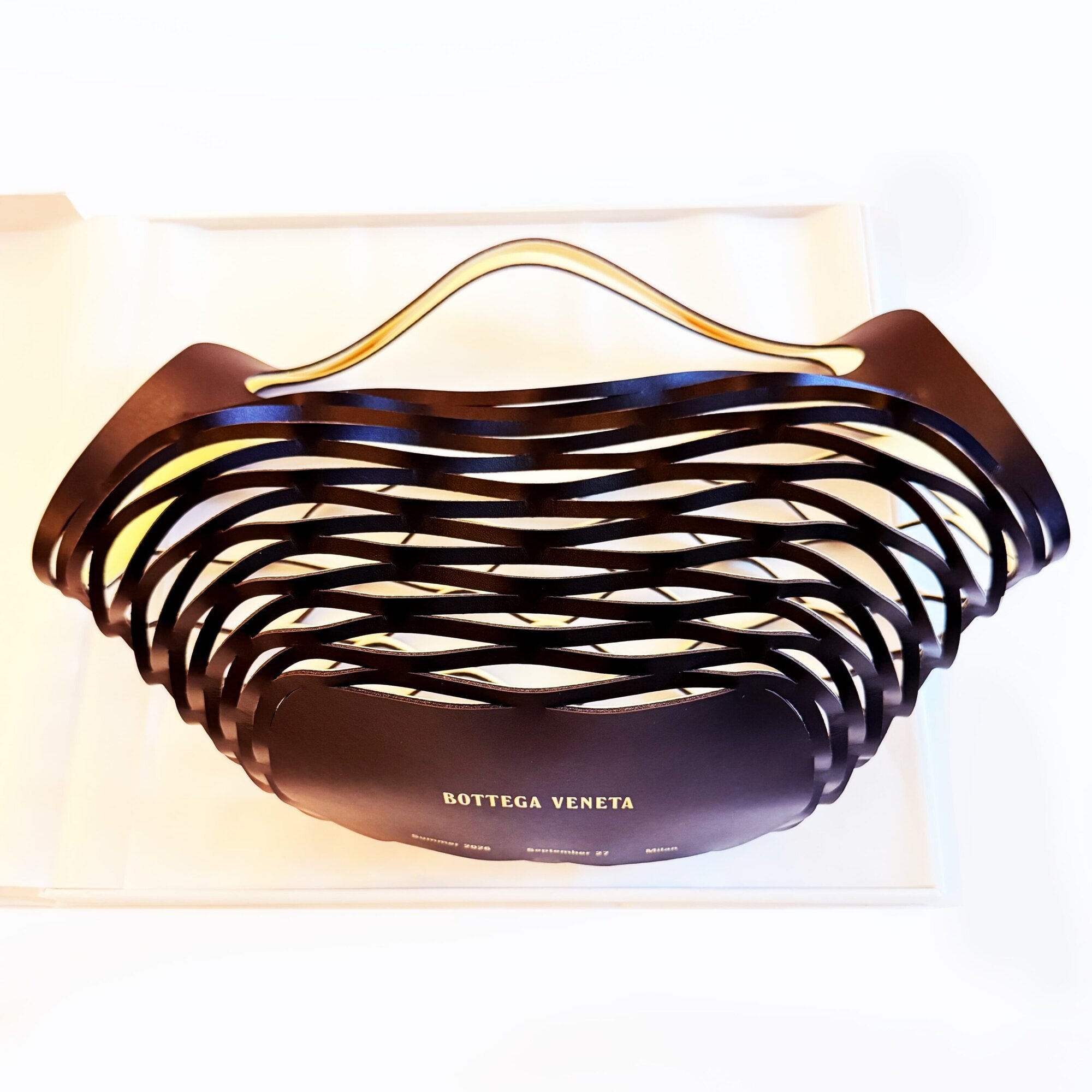
Louise Trotter’s first outing for Bottega Veneta arrived as a feat of design engineering — a laser-cut leather structure that, once lifted and shaped, transformed from a flat card into a sculptural handbag form. It was at once practical and poetic, embodying the craftsmanship and conceptual discipline that define the brand’s Venetian roots. A preview, perhaps, of how Trotter intends to weave architecture and emotion together on the runway.
Elsewhere, Gucci’s invitation — Demna’s first for the house — arrived steeped in history yet wholly new. Inside a sleek box, guests discovered a silver necklace engraved with the official Gucci crest from 1955, accompanied by a certificate authenticating the emblem. It was a gesture both nostalgic and irreverent, signaling Demna’s fascination with heritage as artifact — to be worn, questioned, and recontextualized.
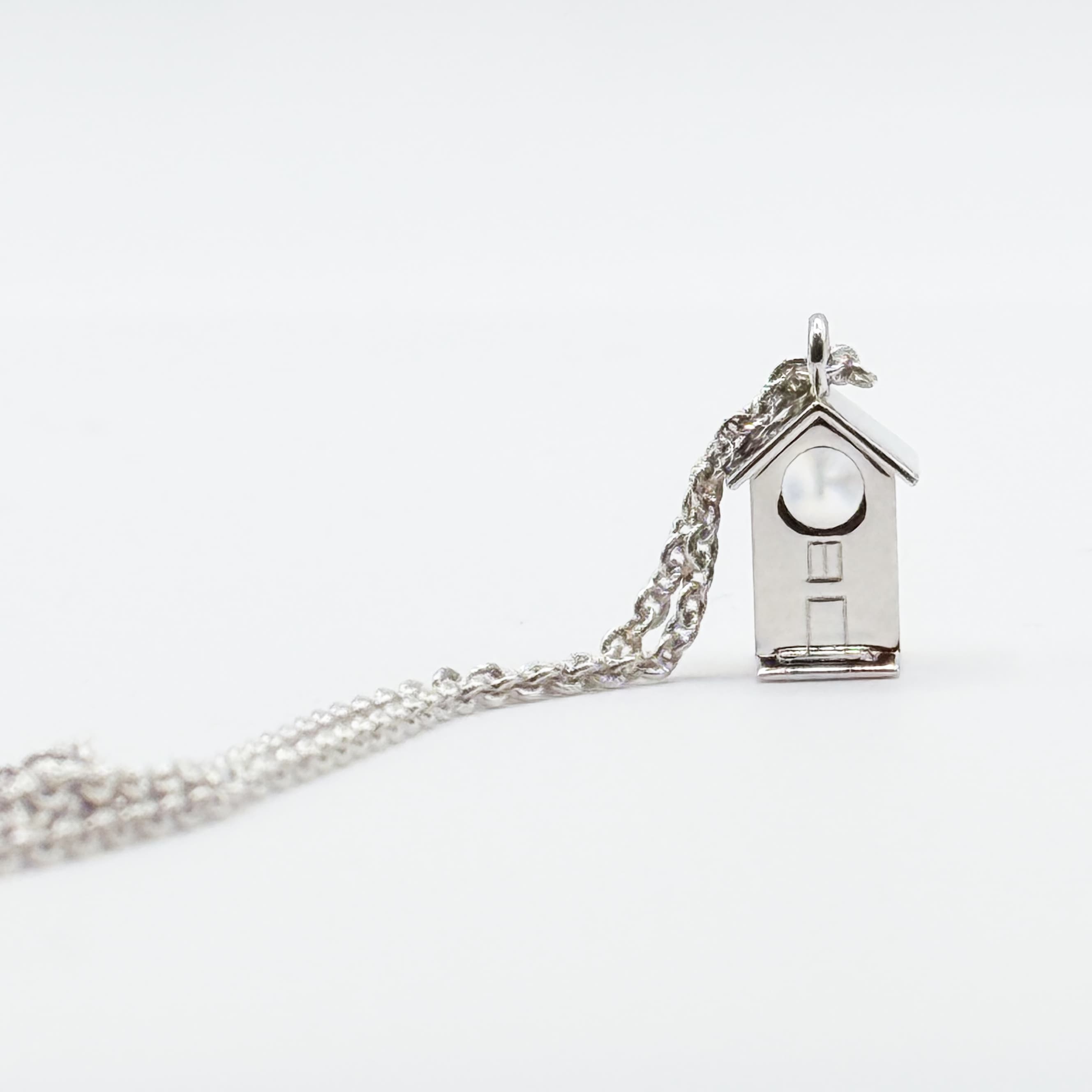
At Chanel, the invitation took the idea of “the house” to its most literal and charming conclusion. A small silver pendant shaped like a miniature maison opened to reveal the show’s details through a tiny viewfinder. Designed for Mathieu Blazy’s first collection at the maison, it turned the act of looking into something intimate and almost cinematic — a glance inside a new world.
Together, these gestures form a collective portrait of where fashion stands today: ever more inventive, personal, and materially poetic. In a digital age, the physical invitation endures not as an afterthought, but as an artifact of attention — something to touch, keep, and remember long after the show lights fade.
Here are the best of the Spring 2026 women’s fashion show invitations.
